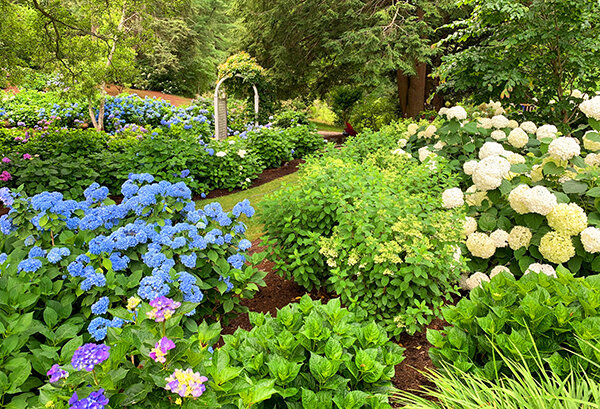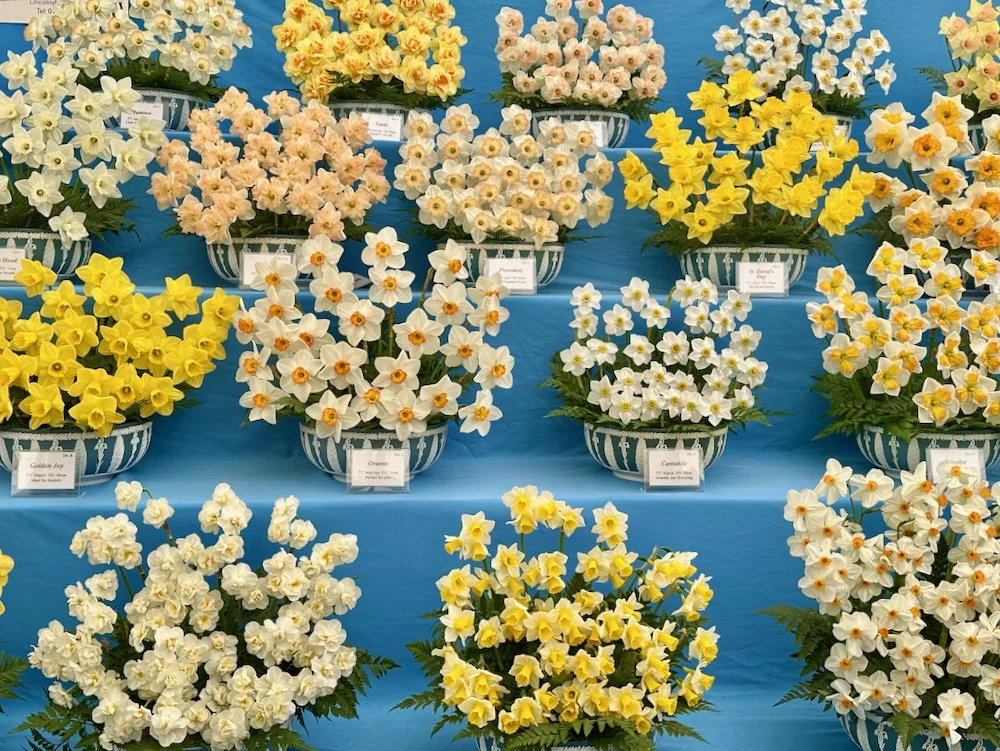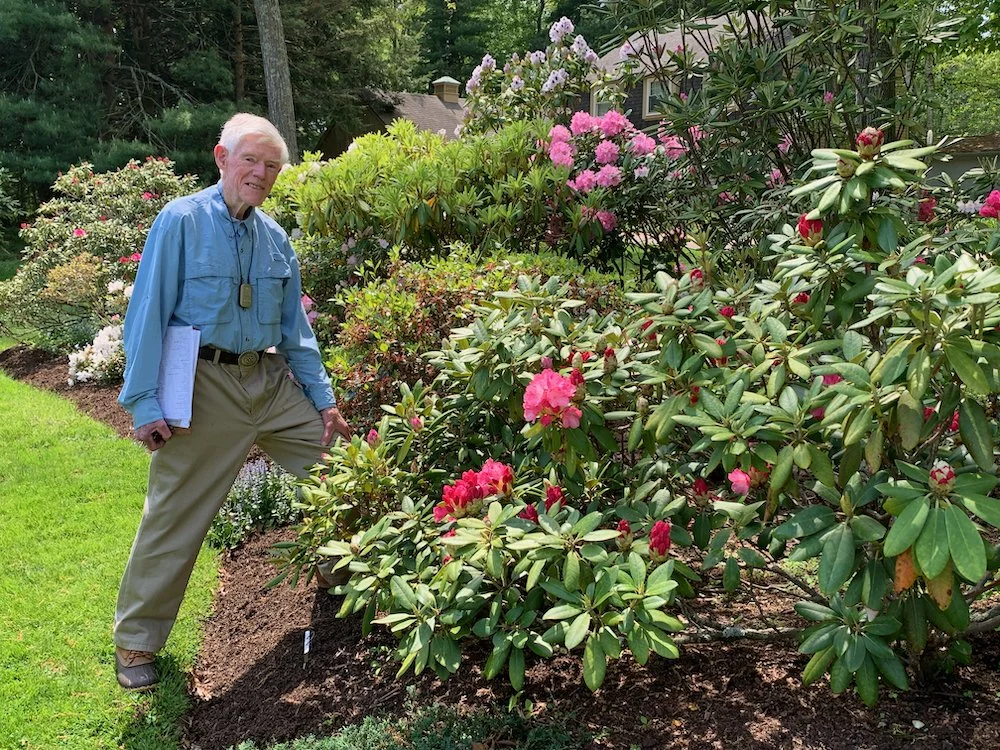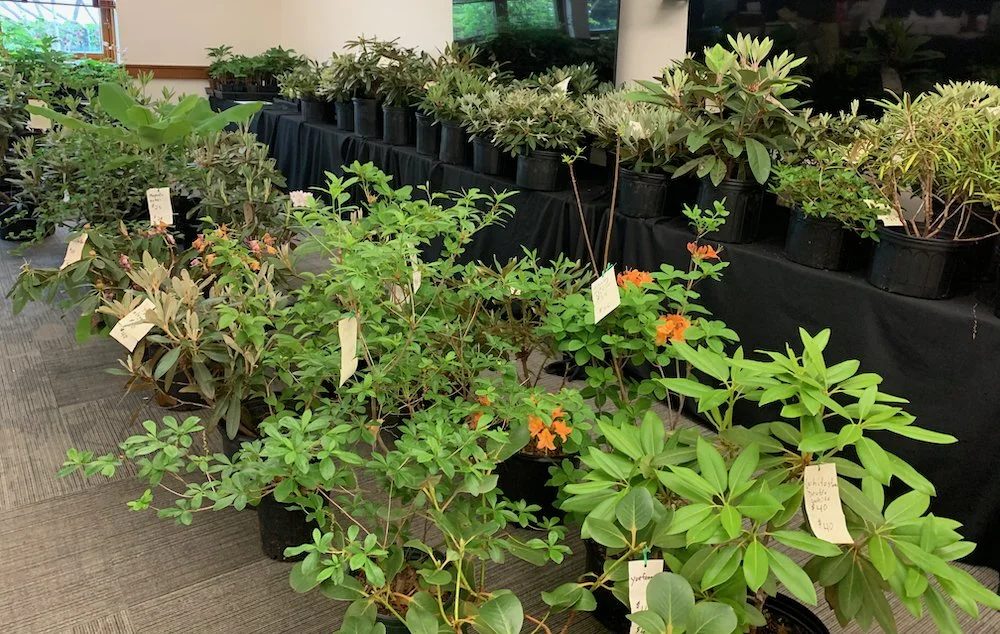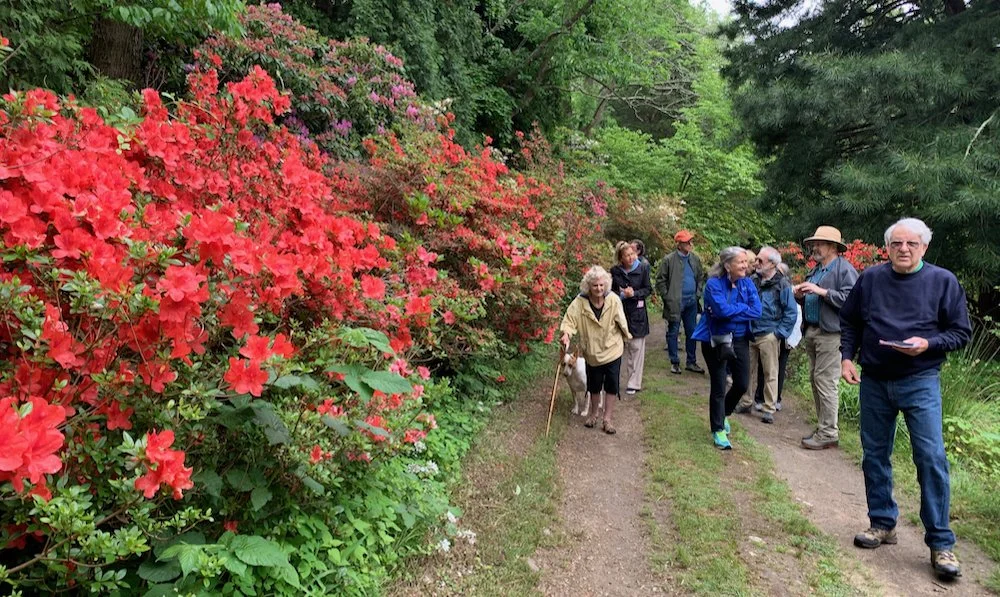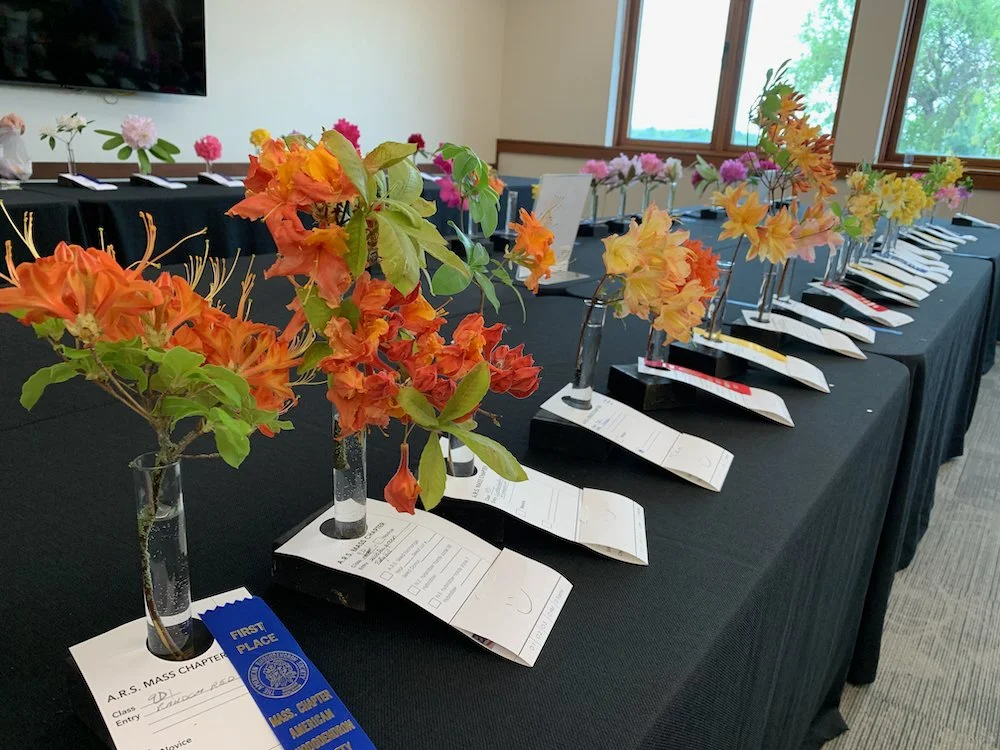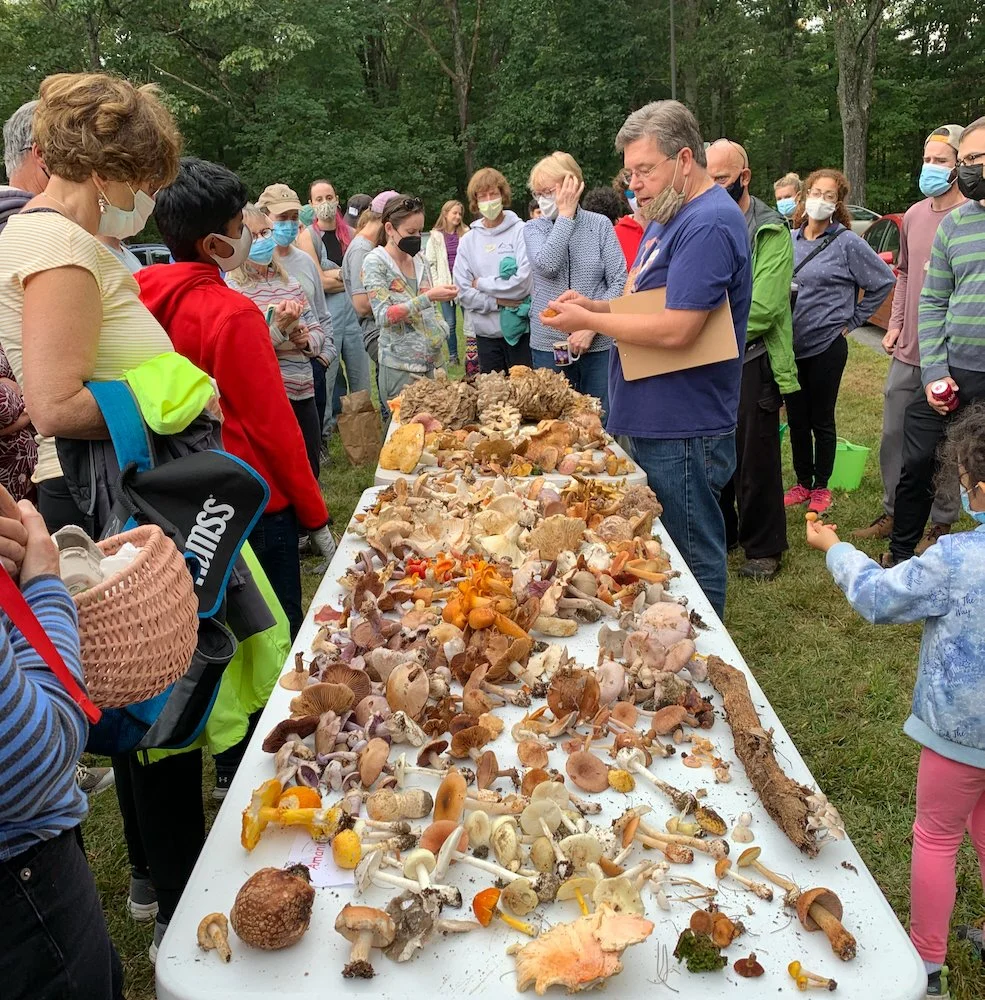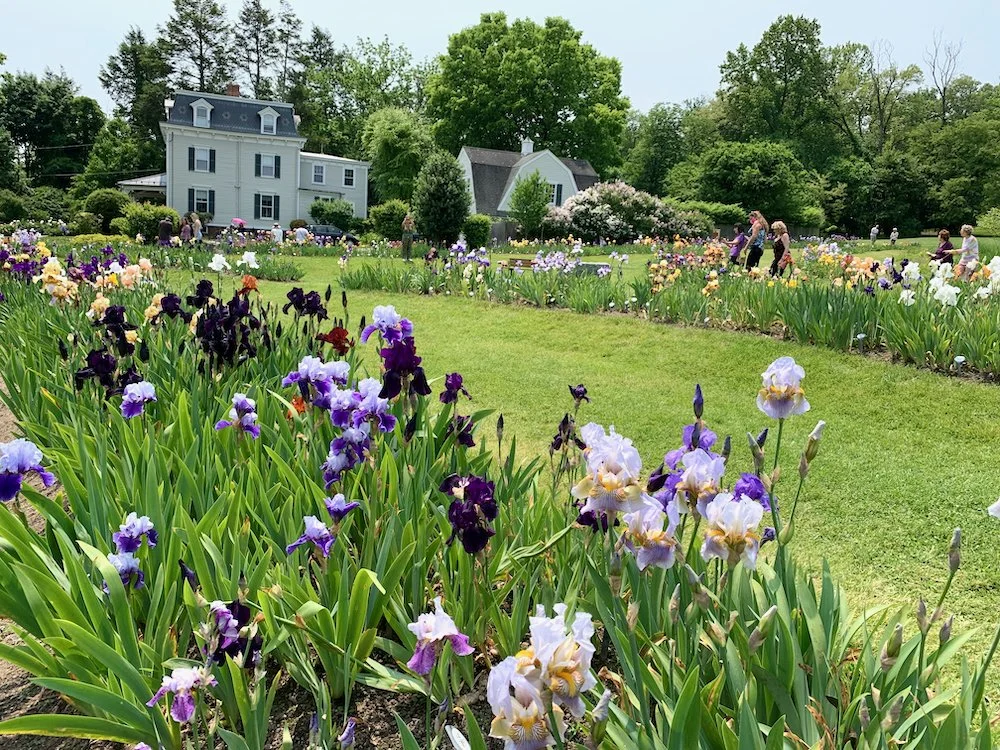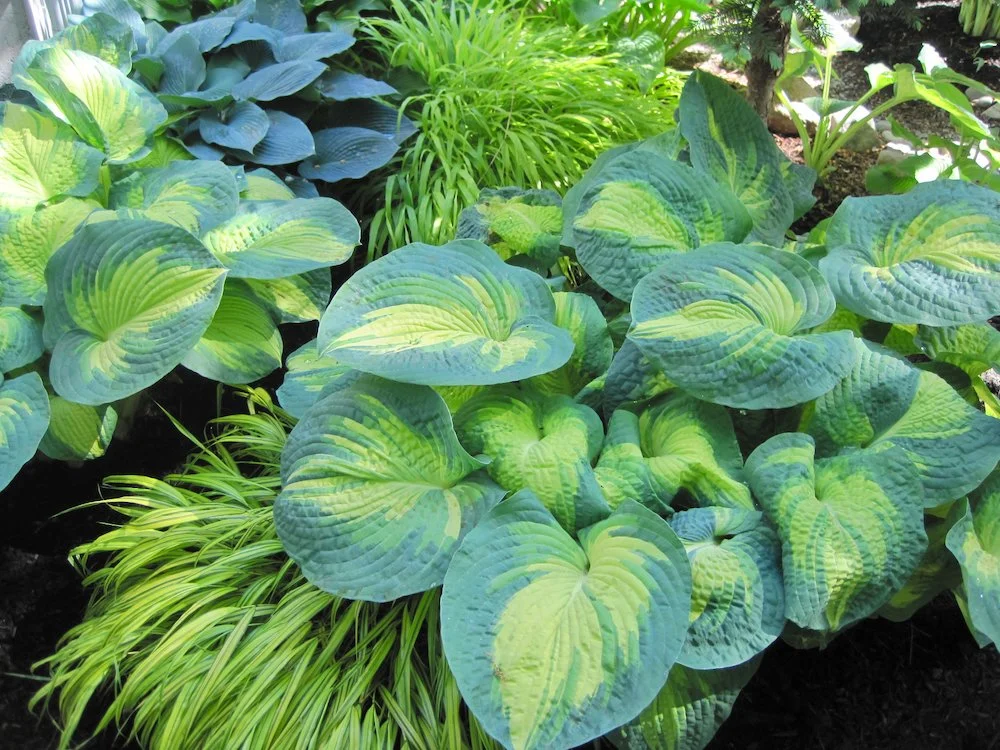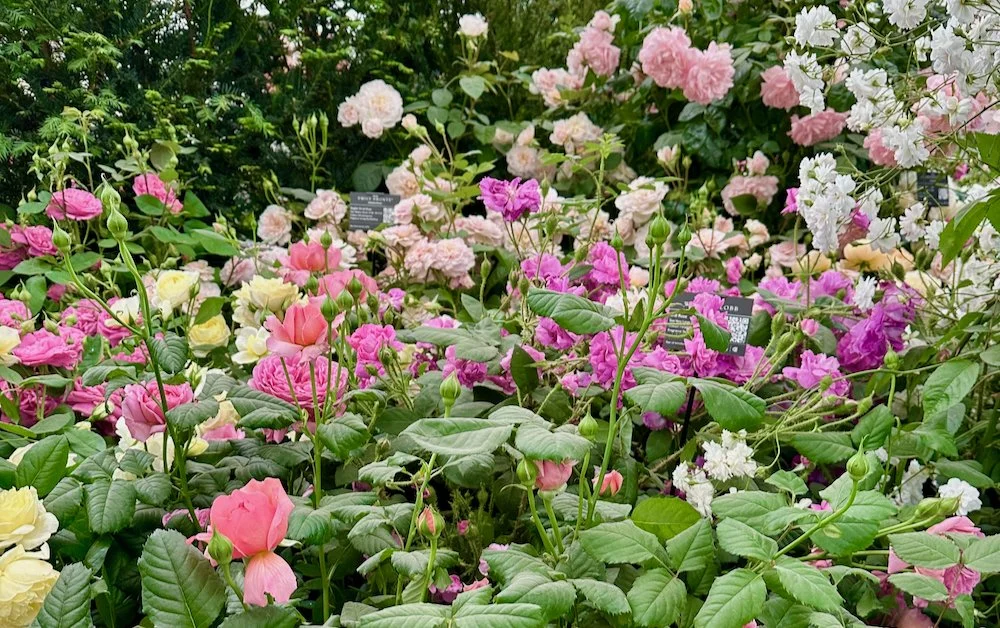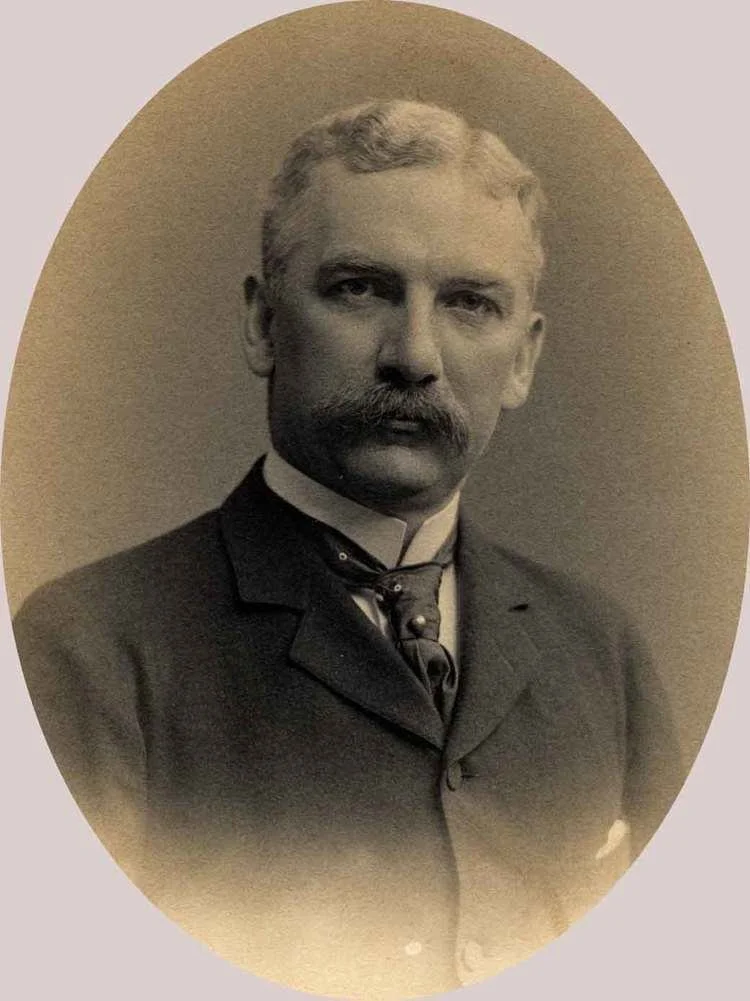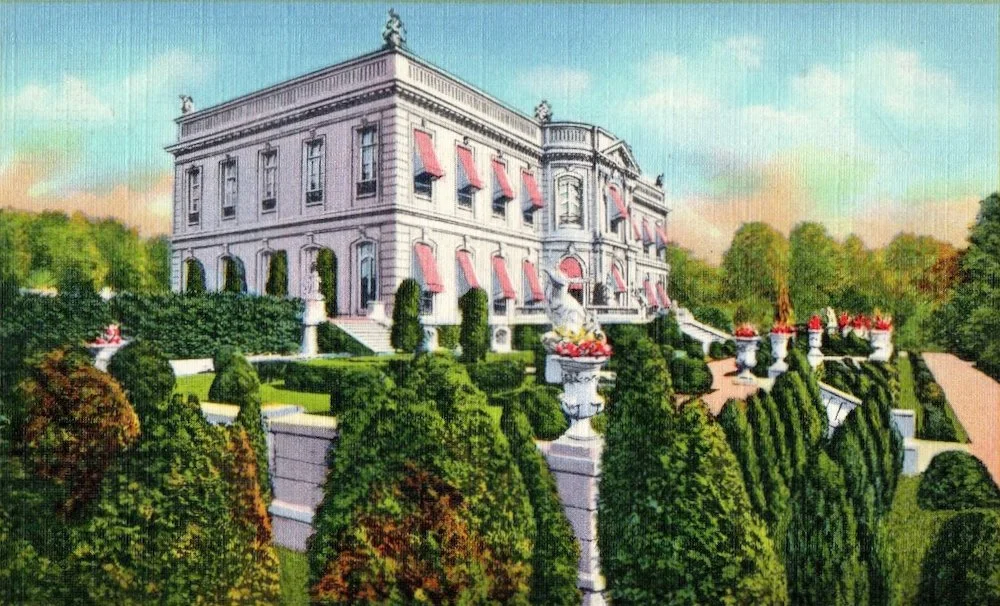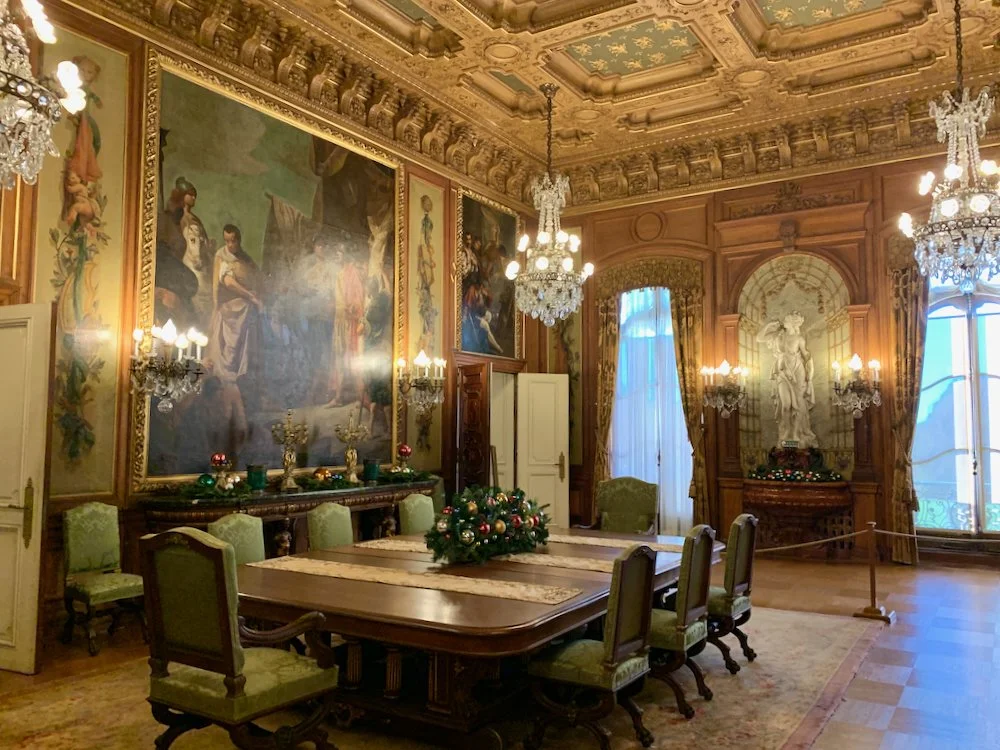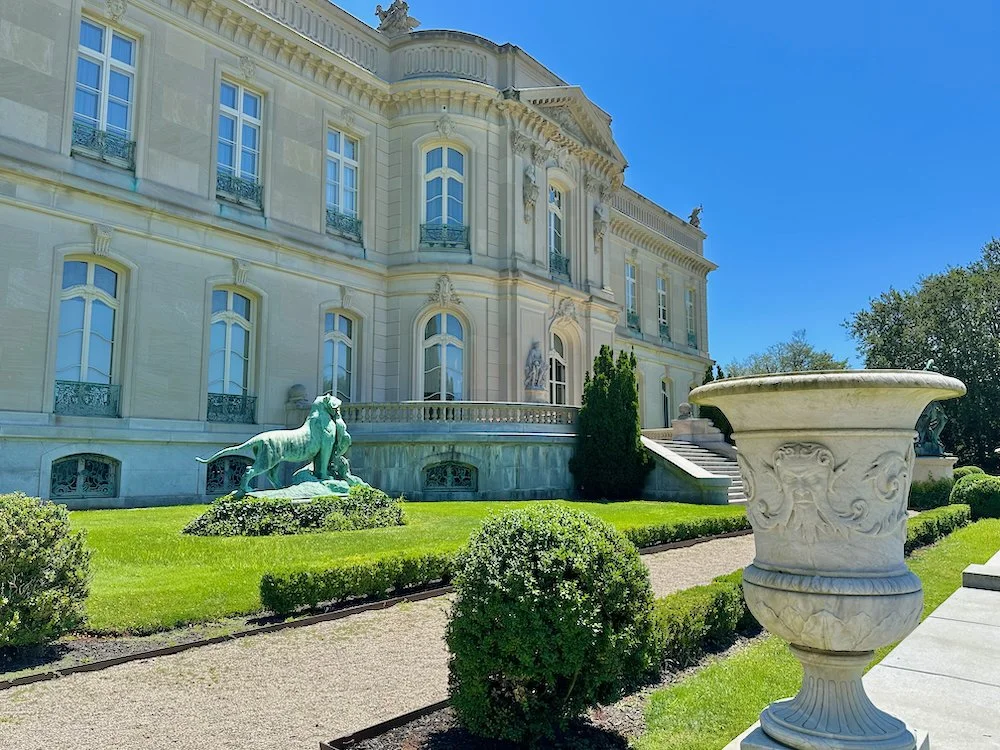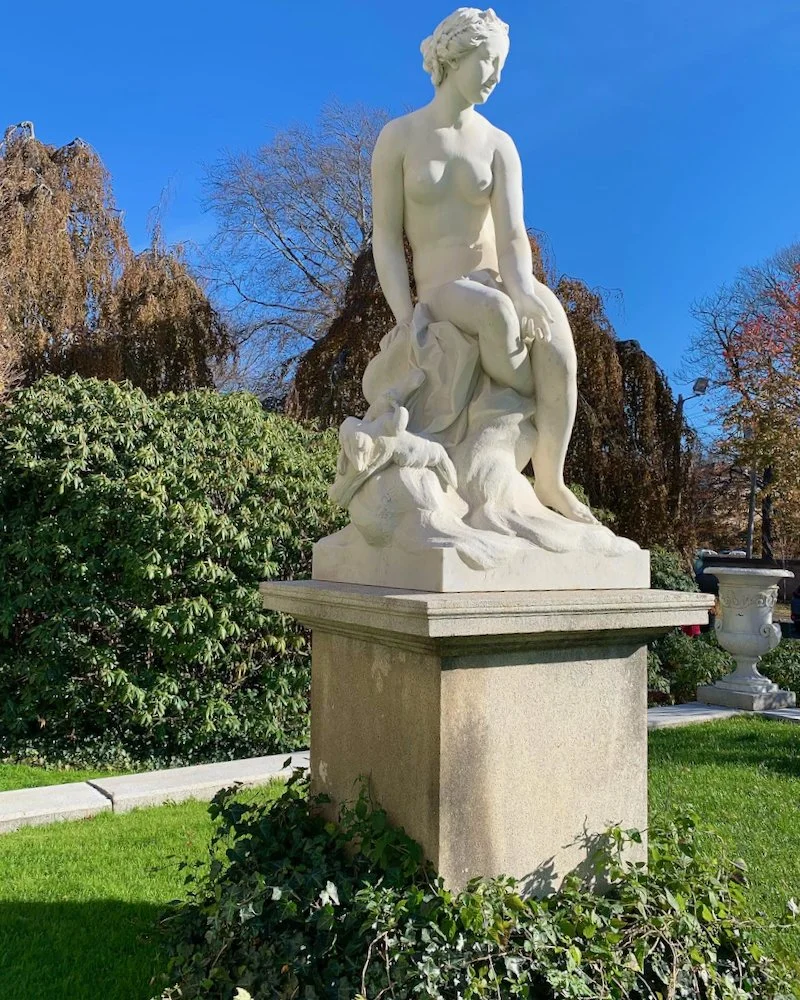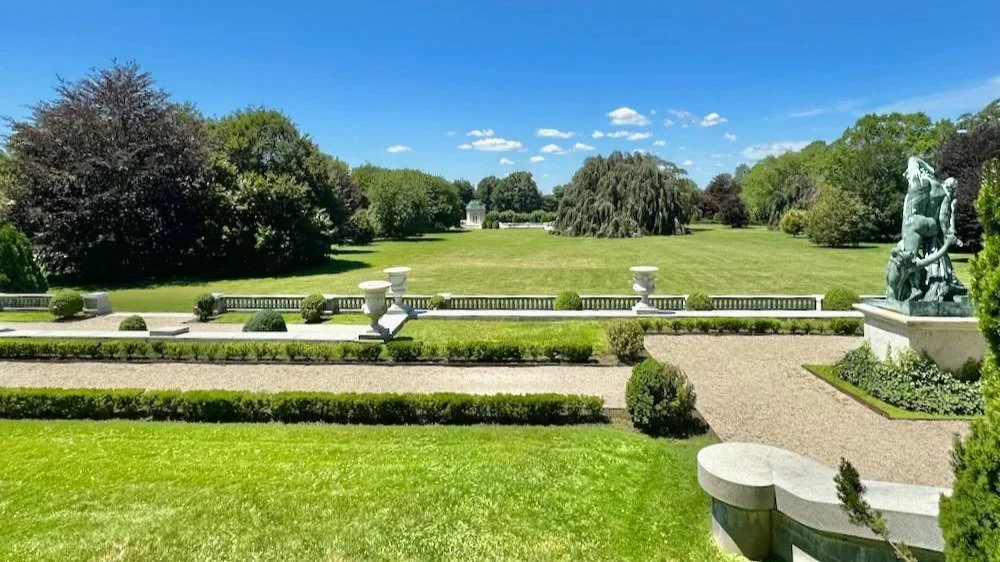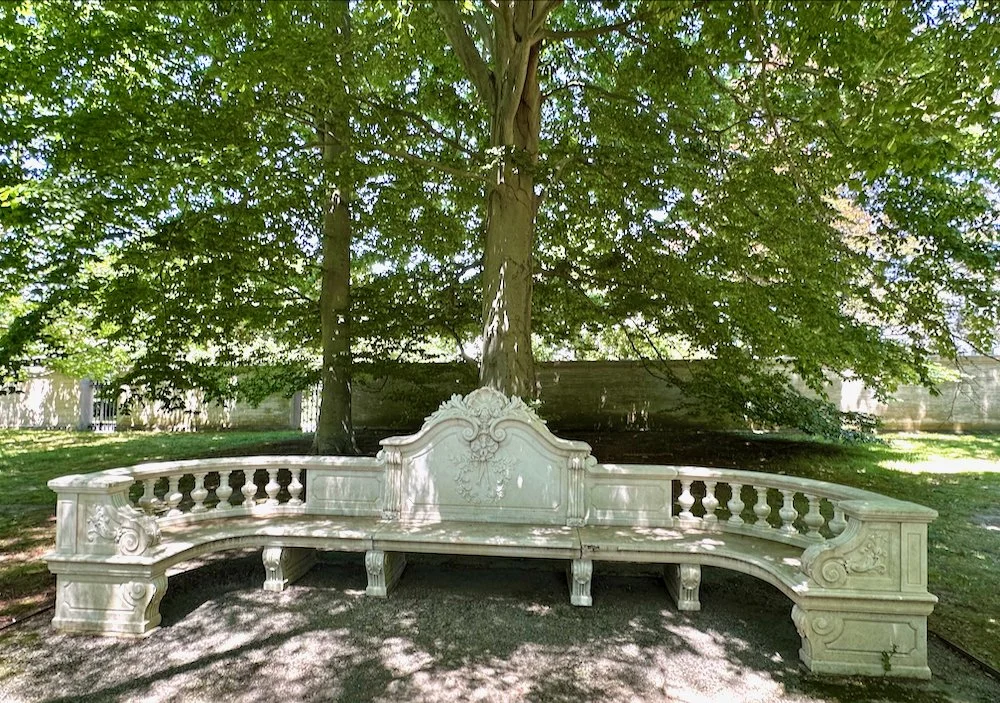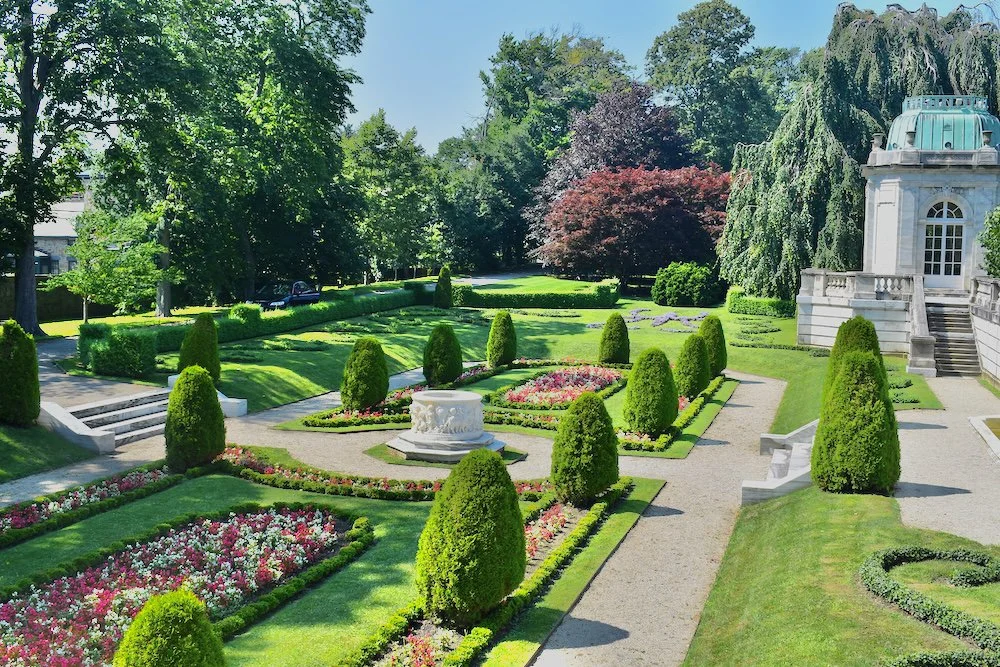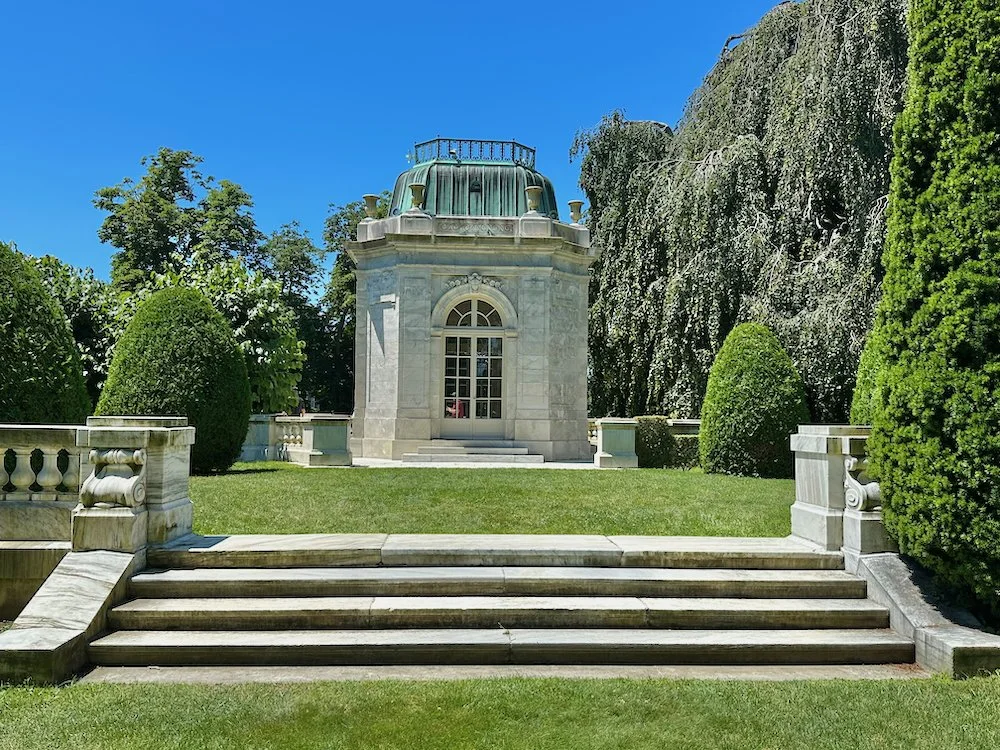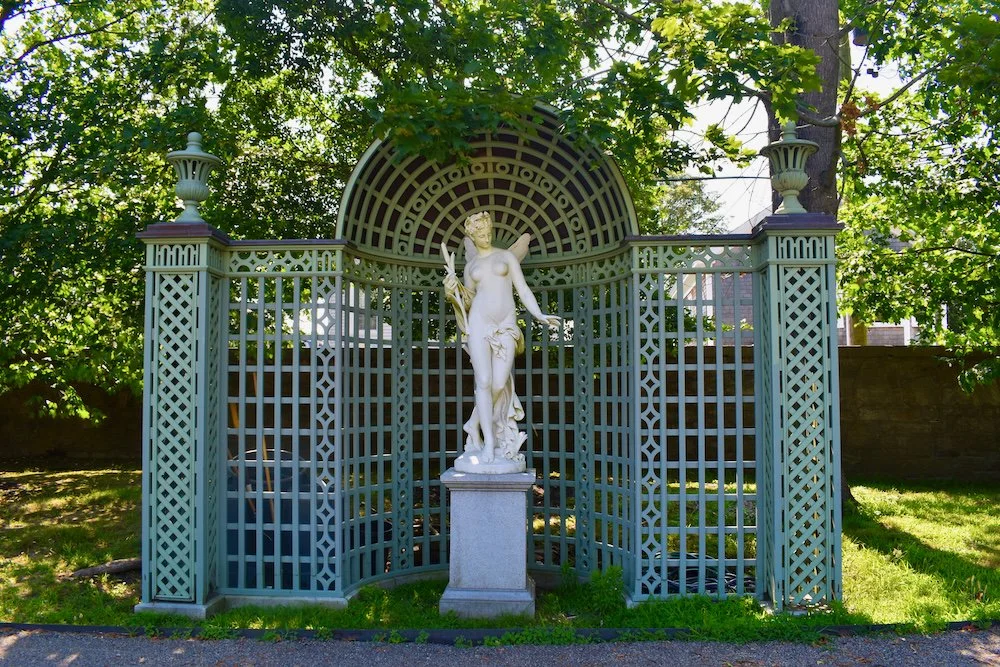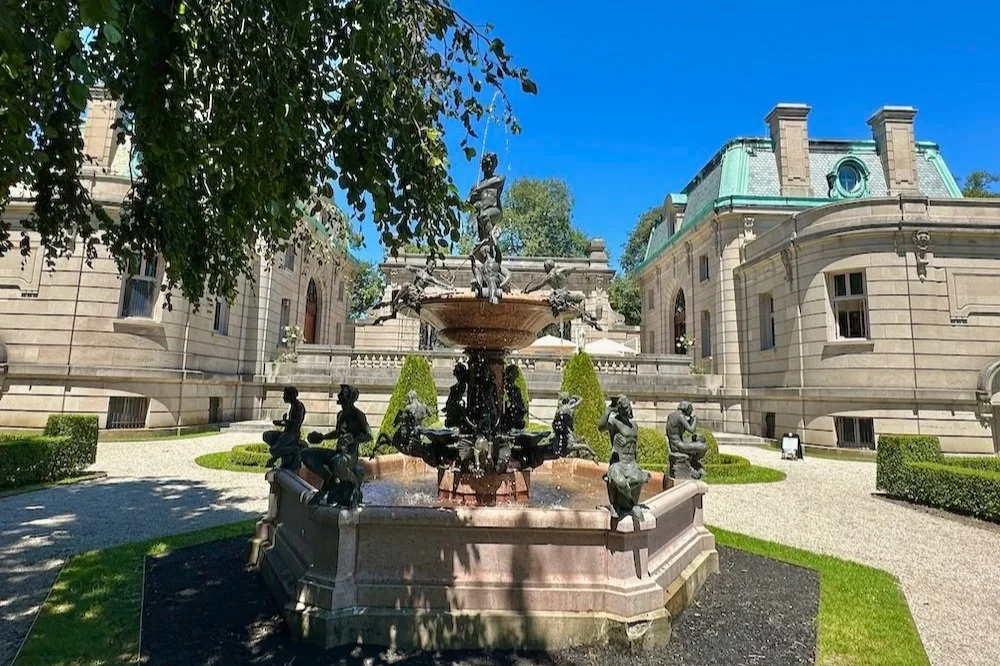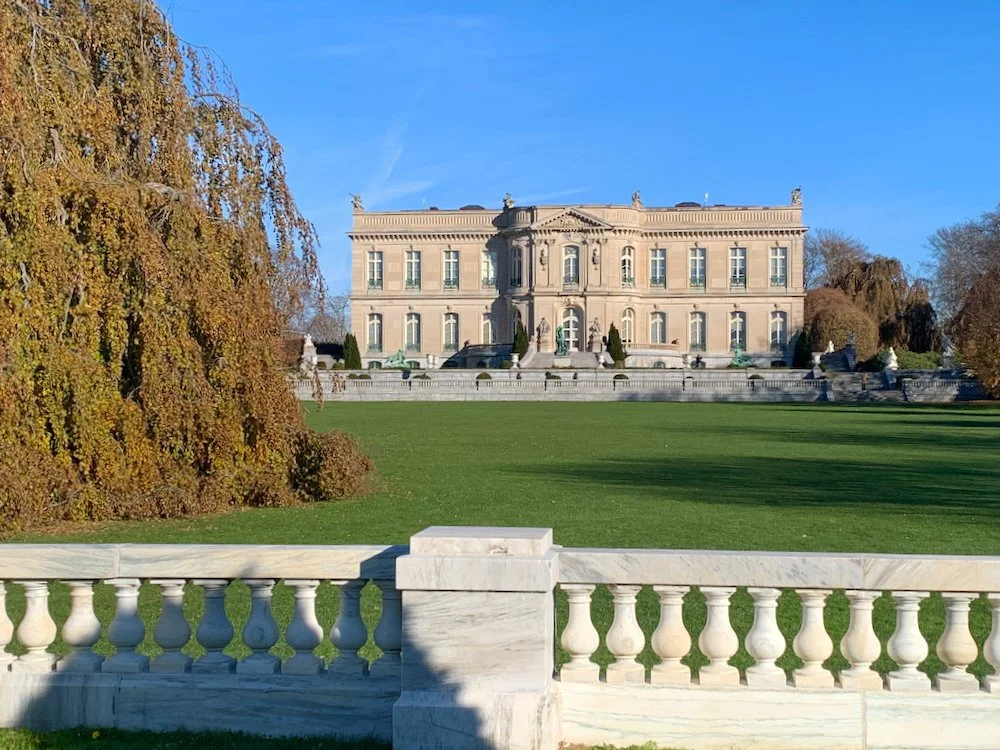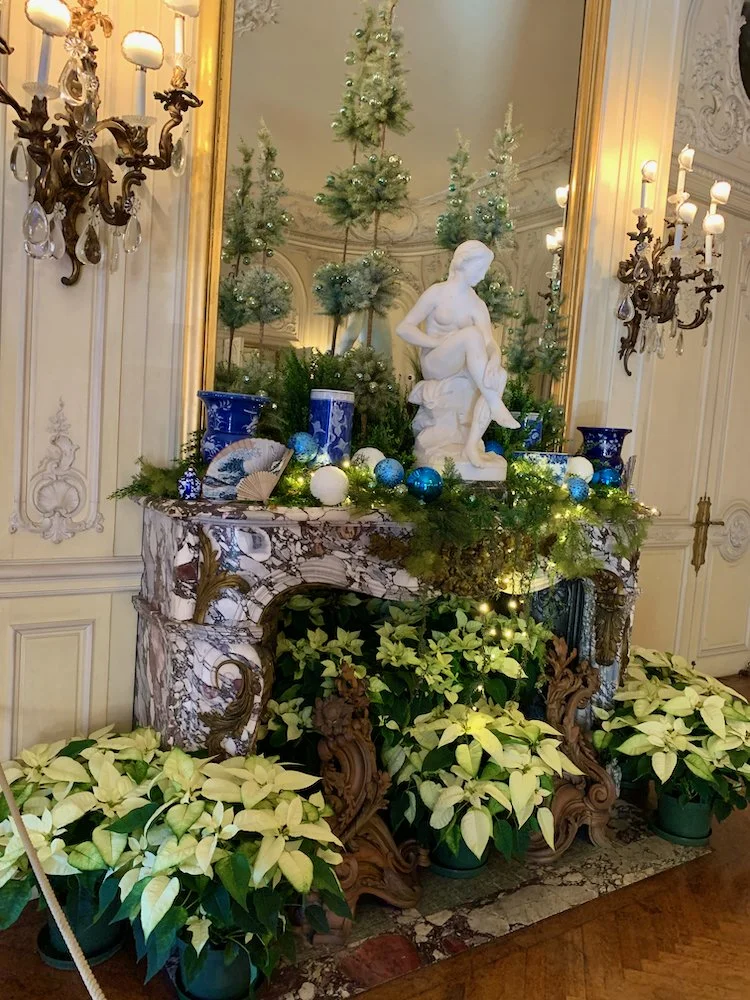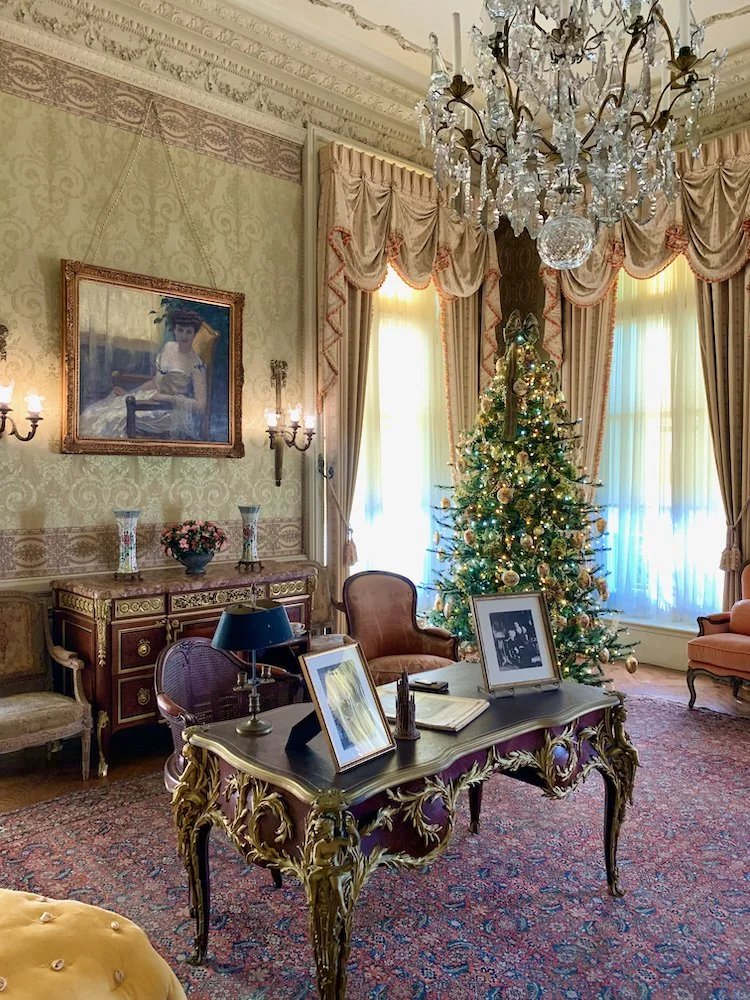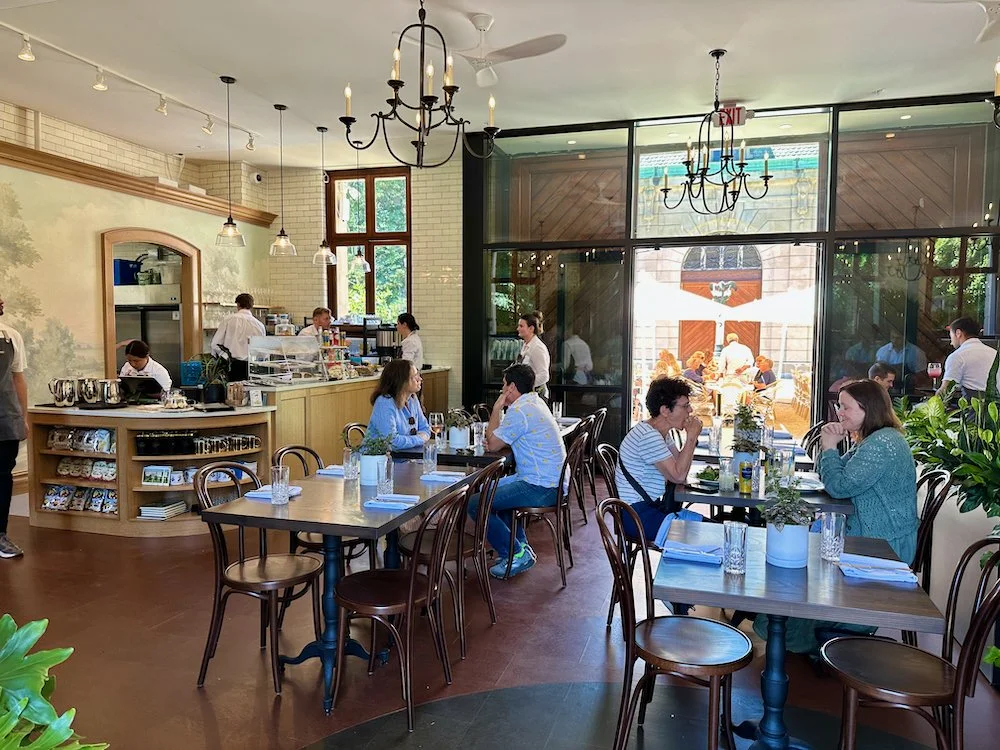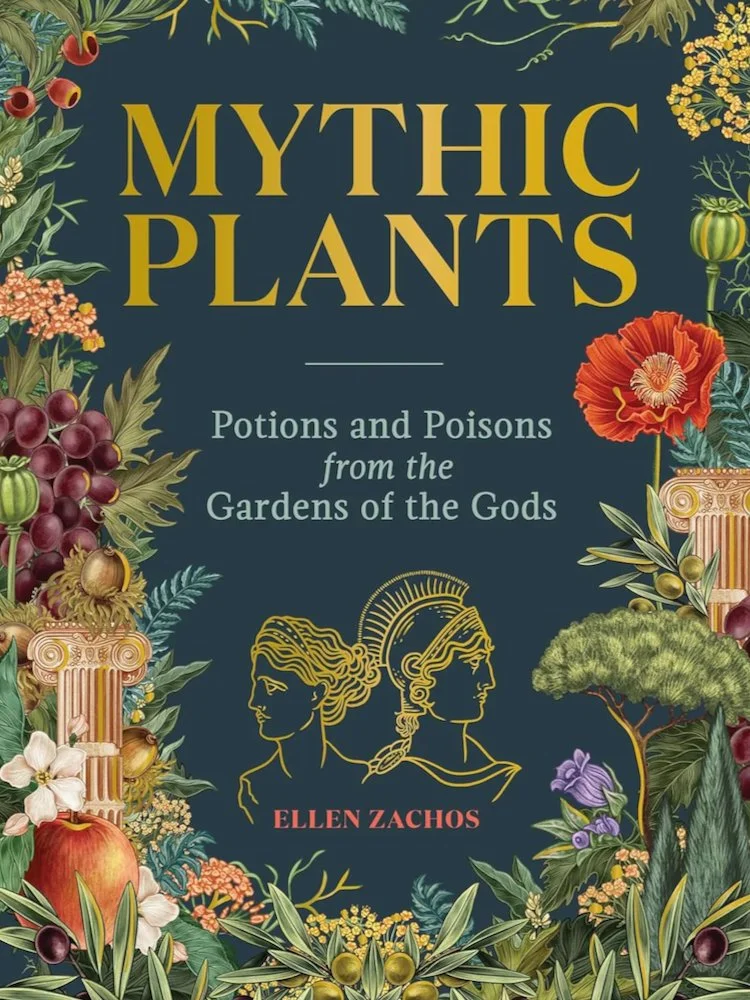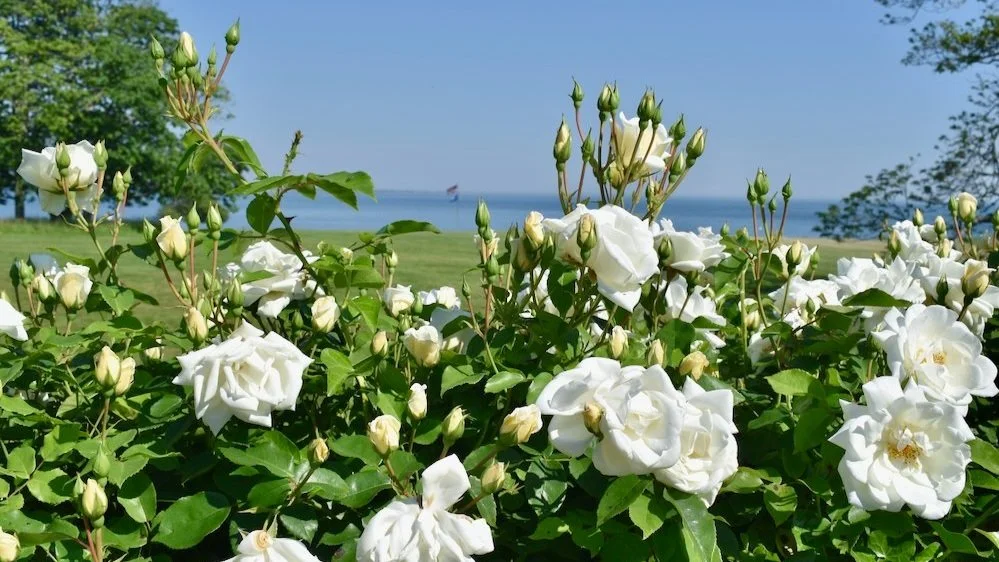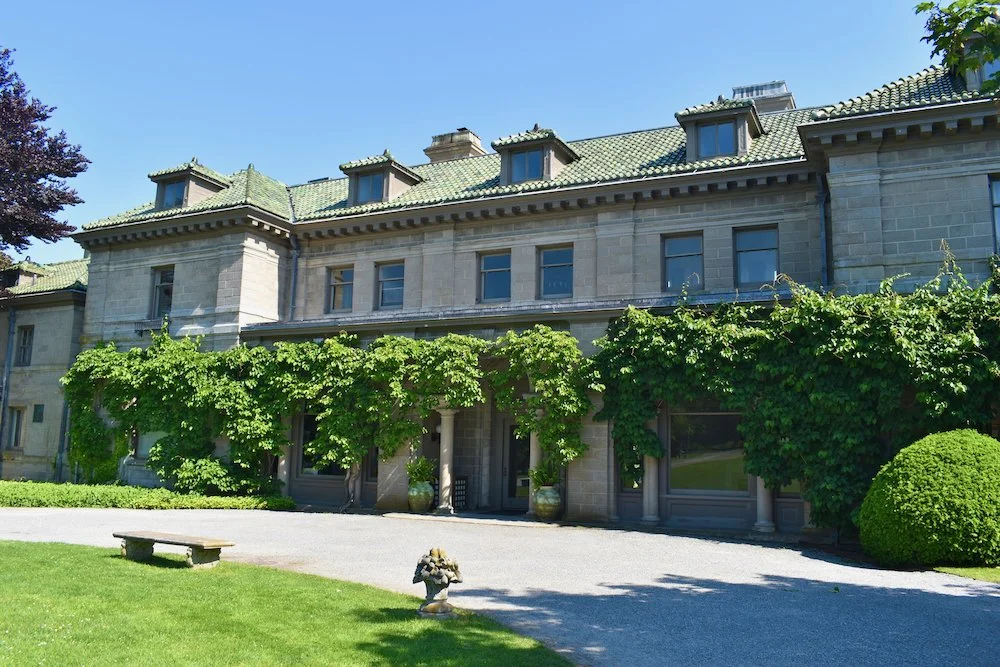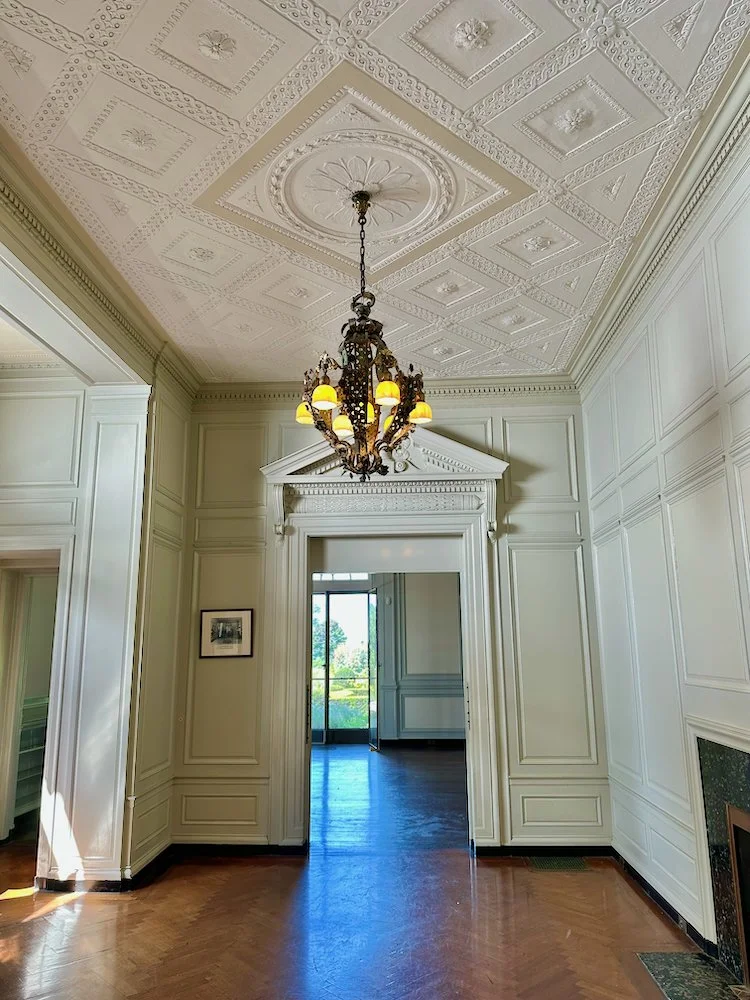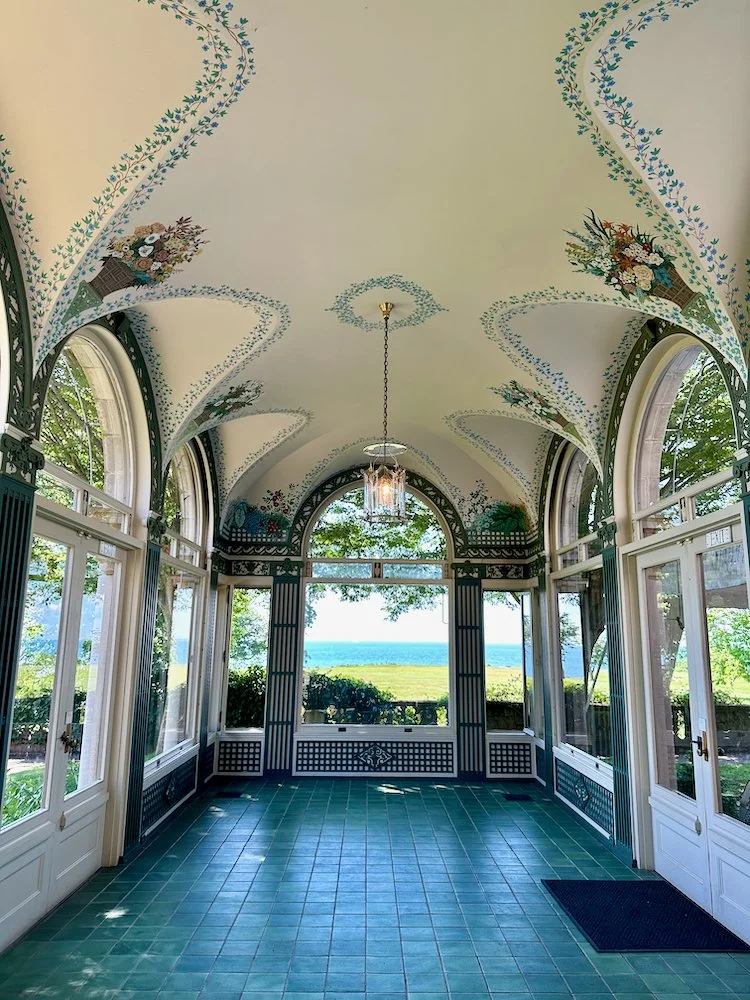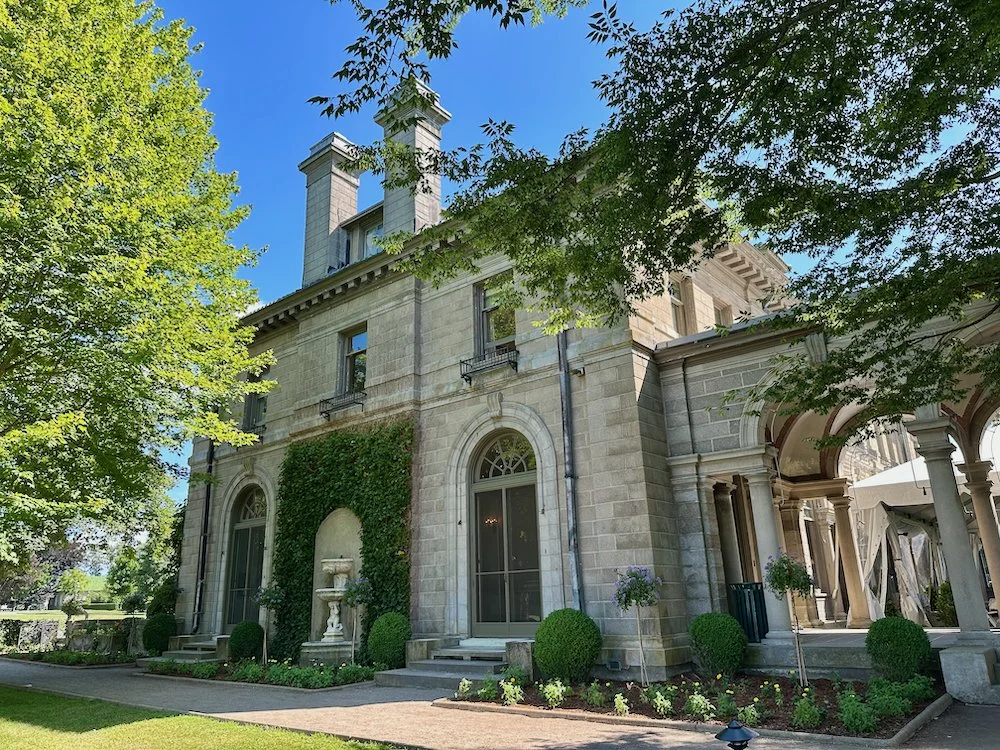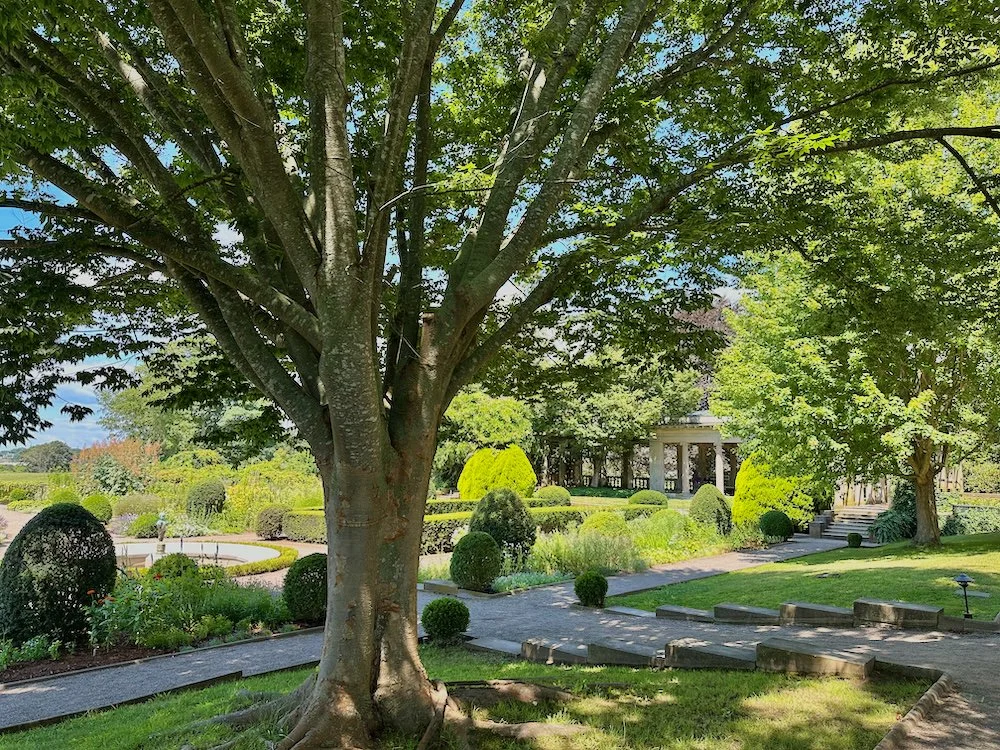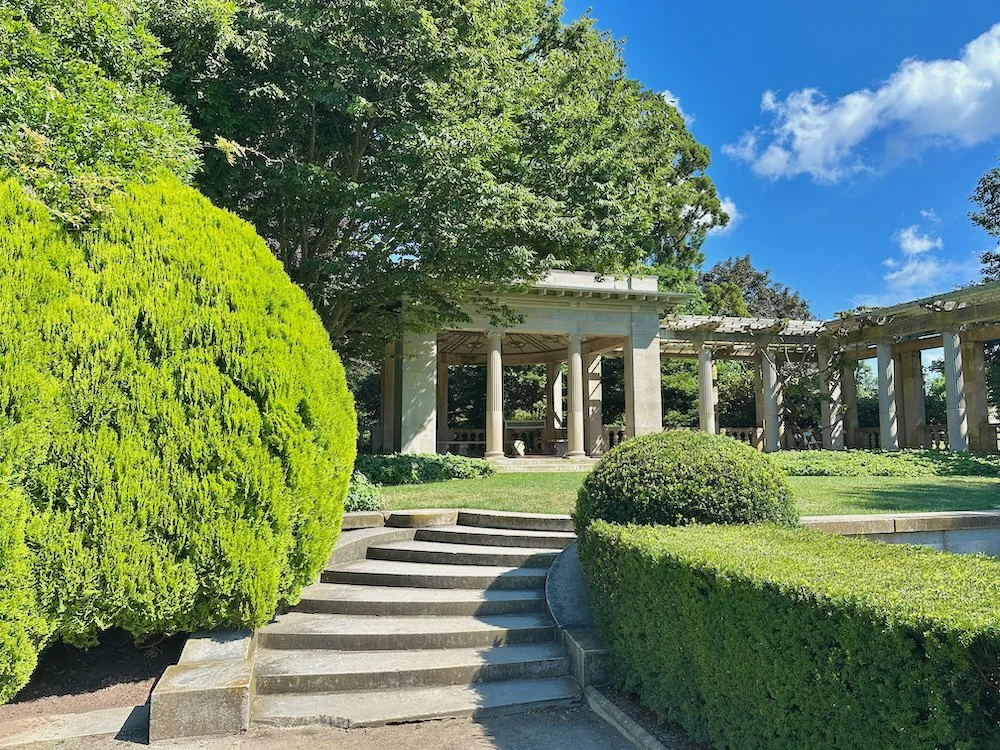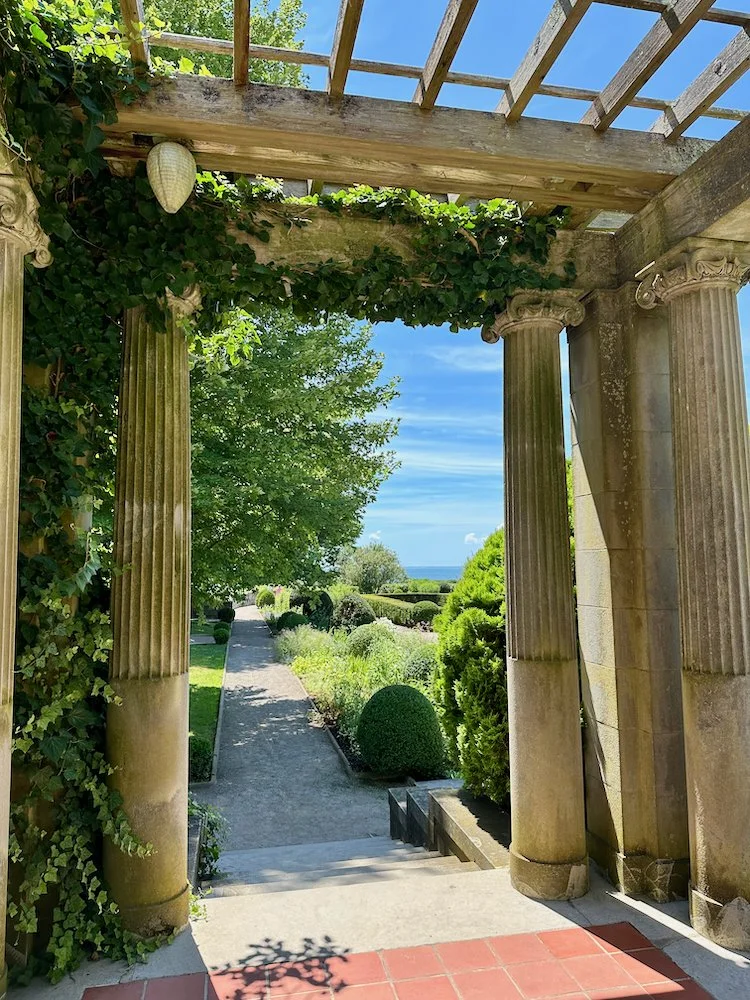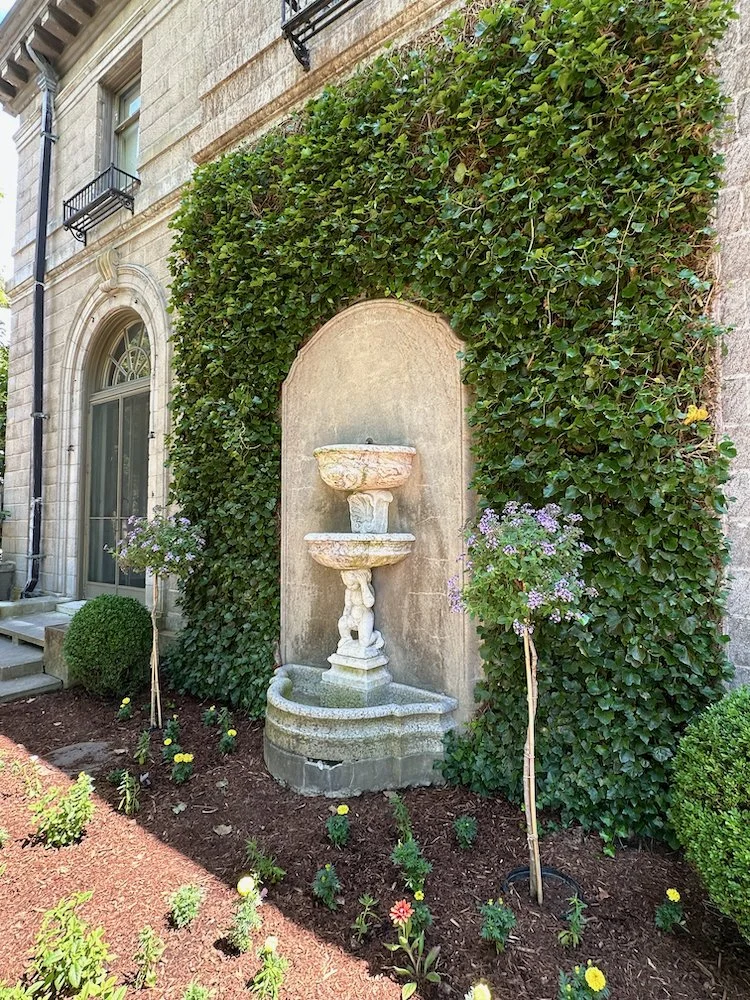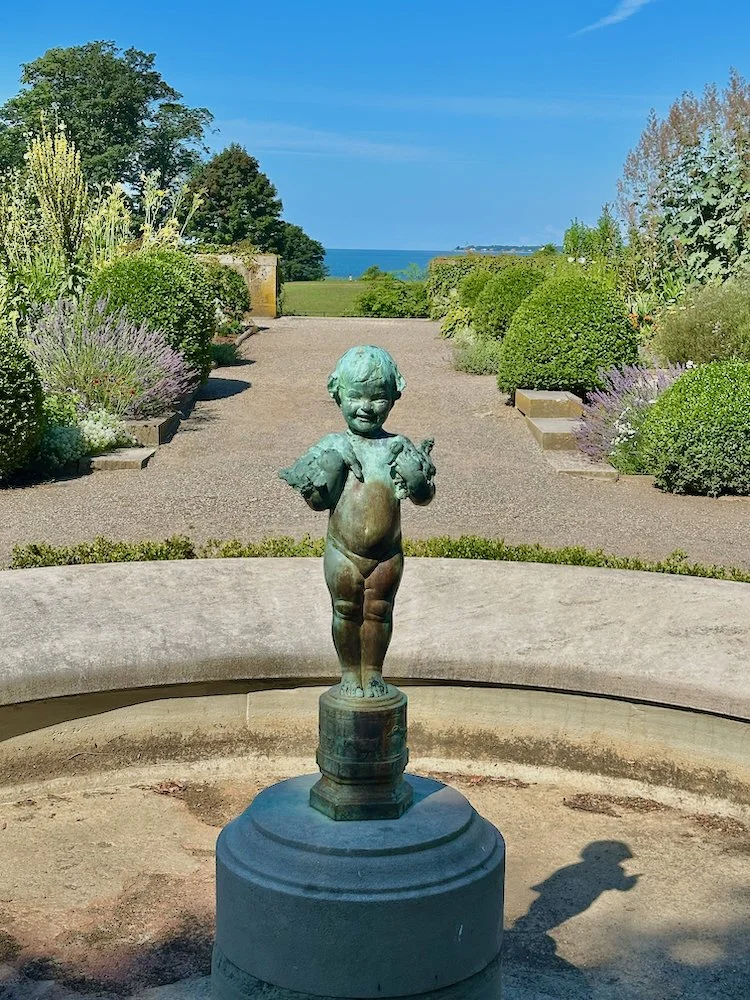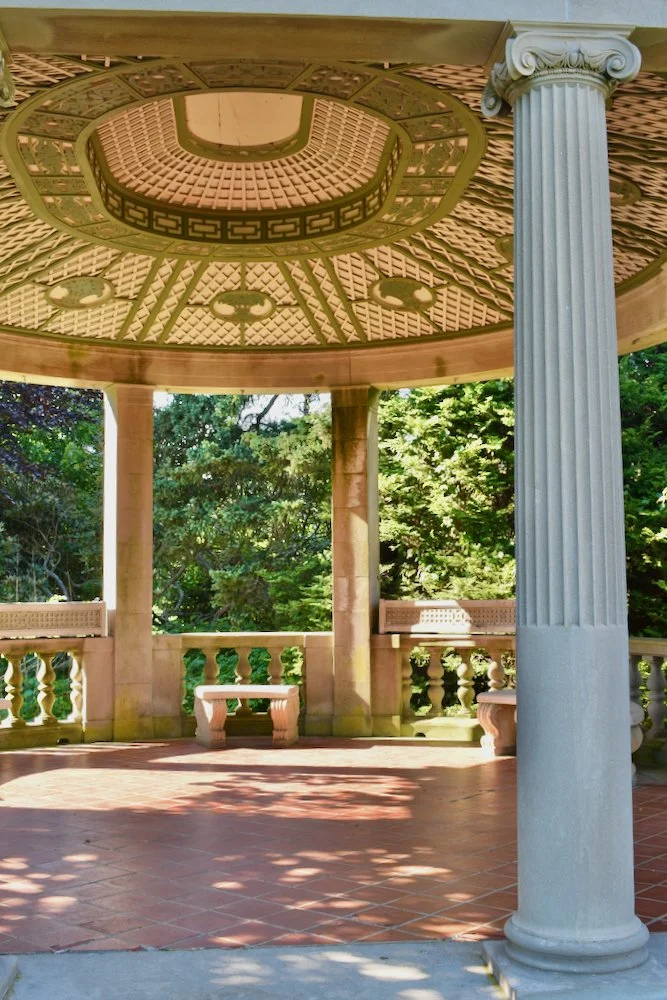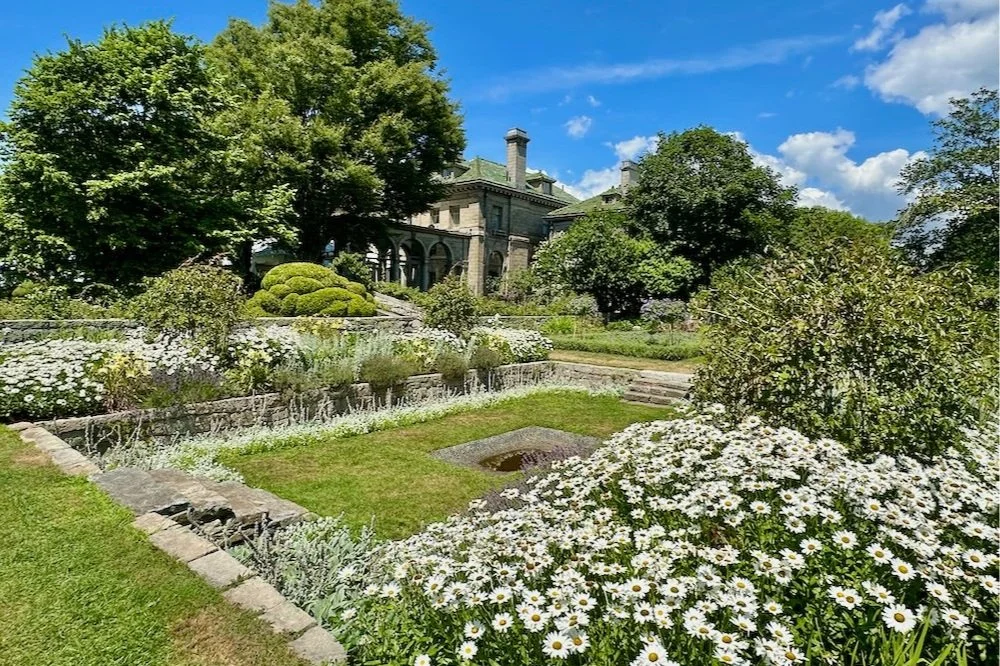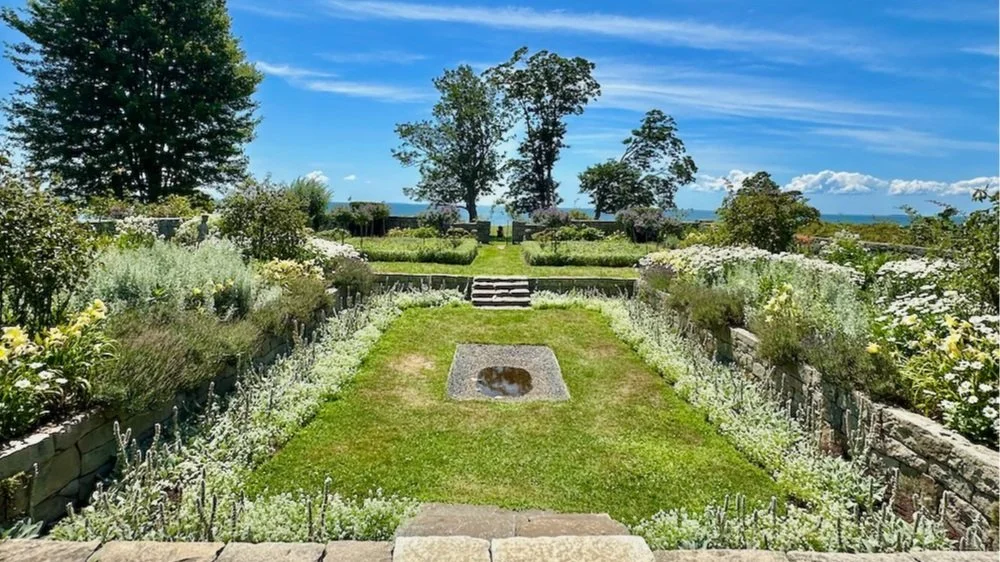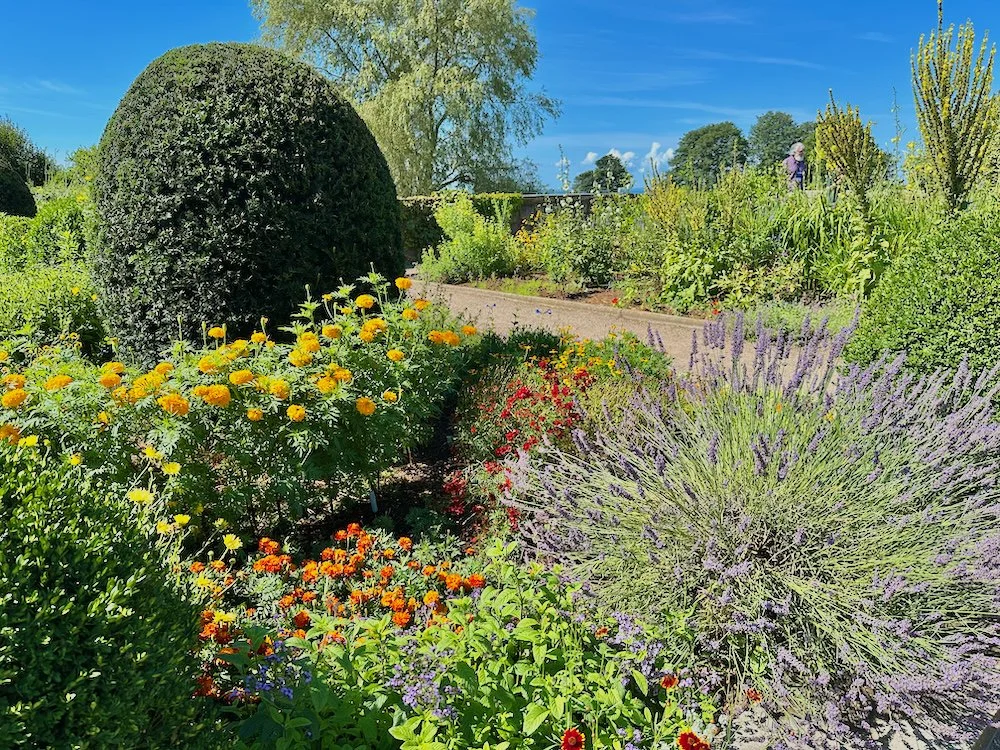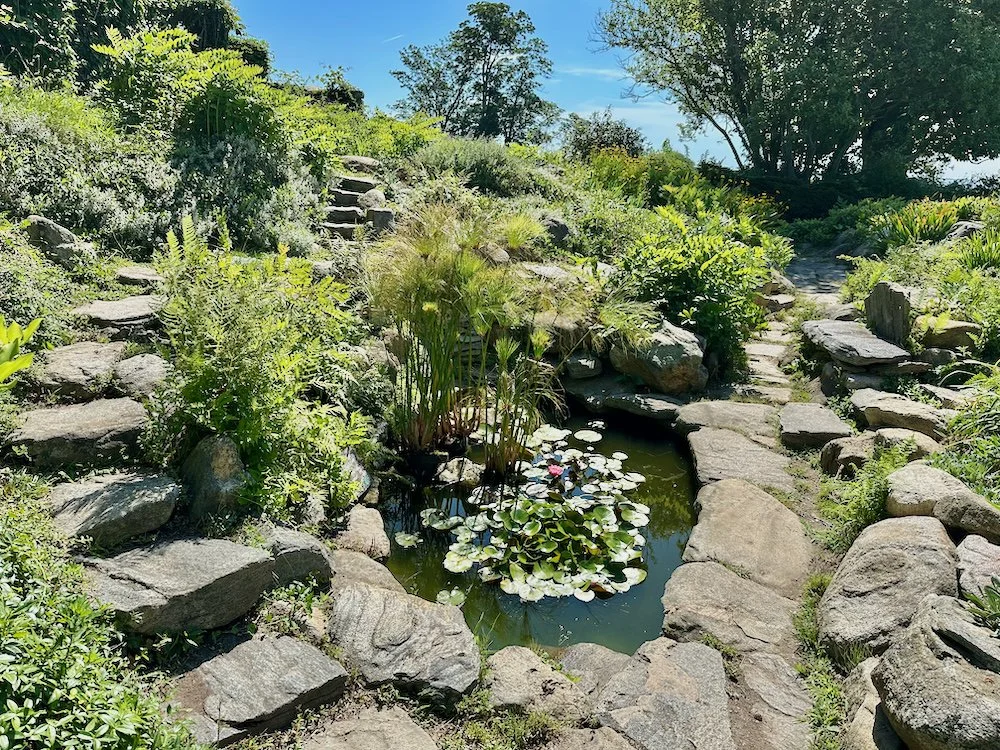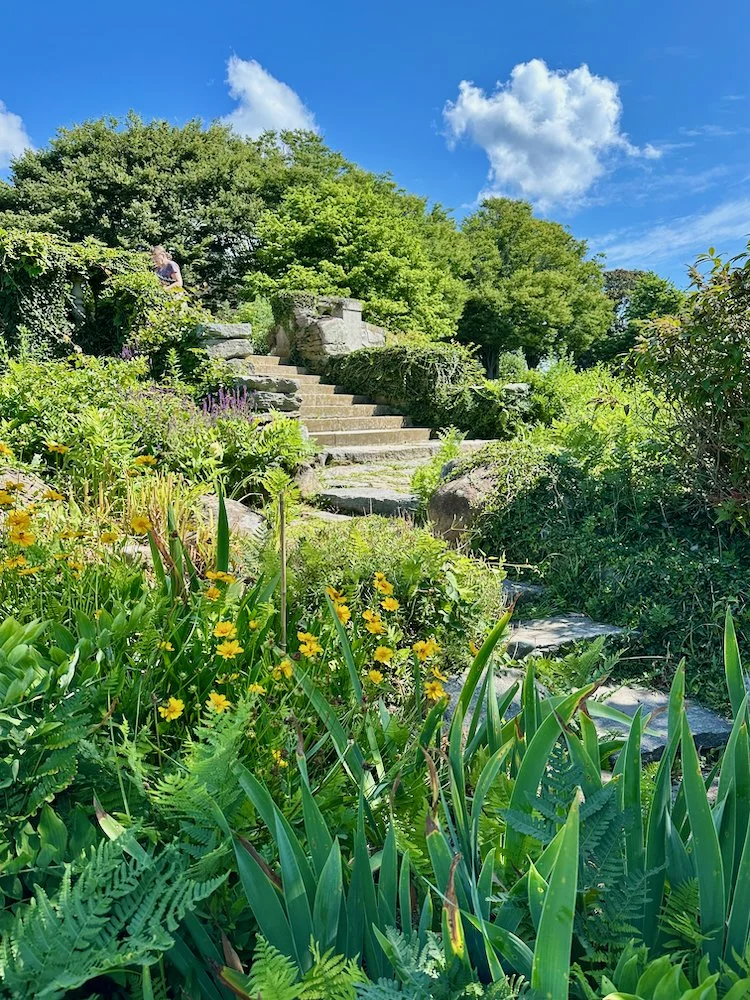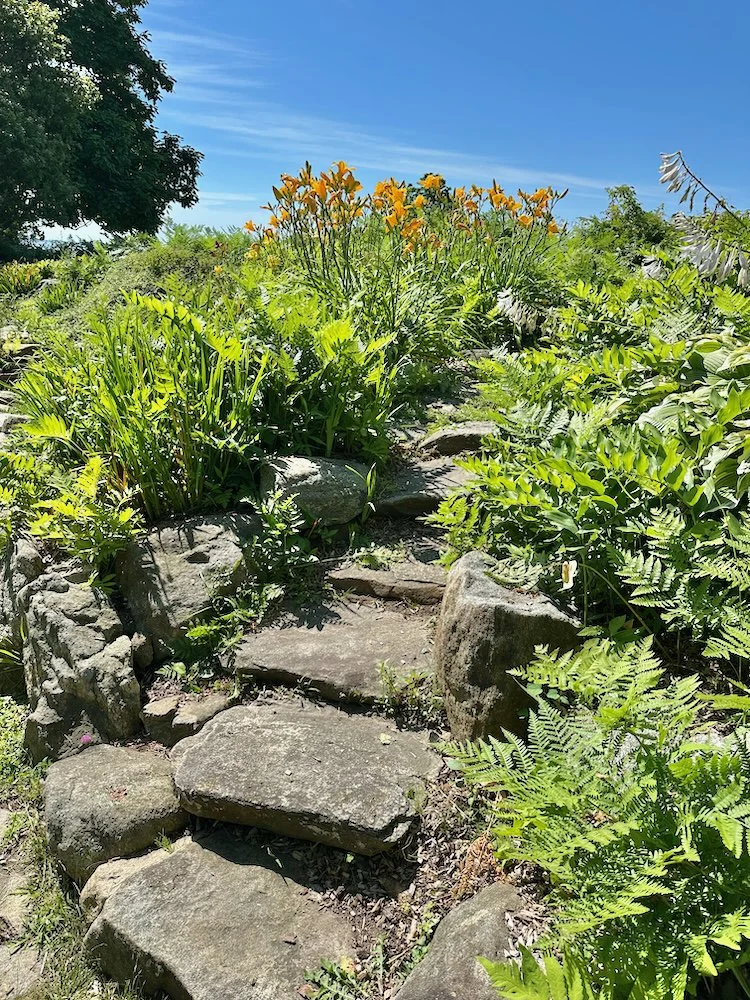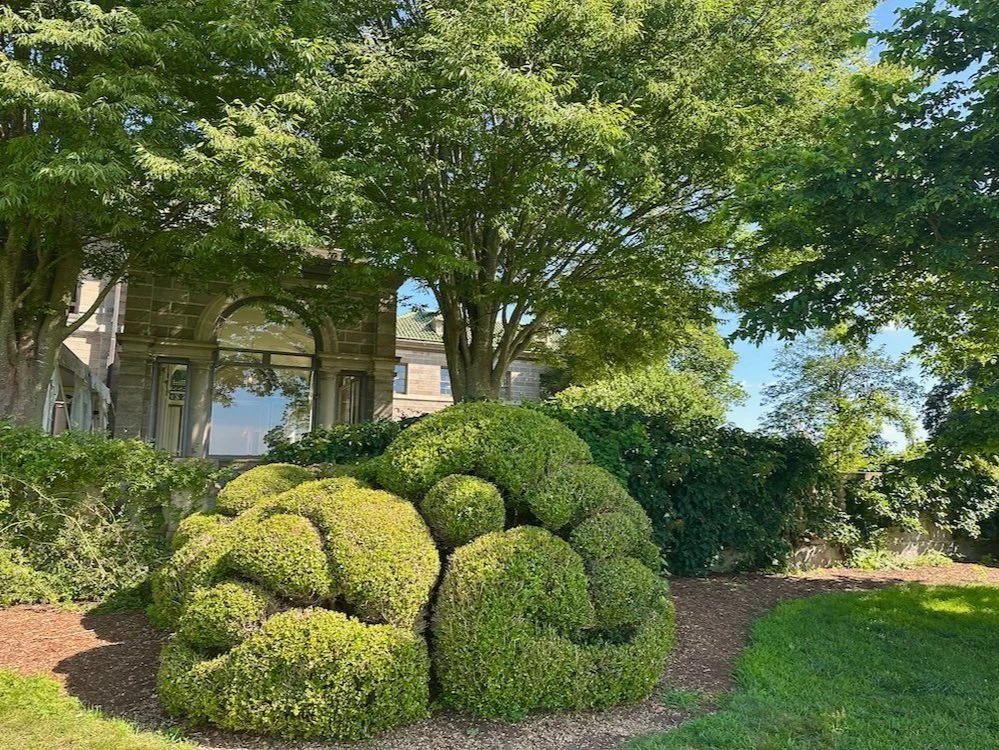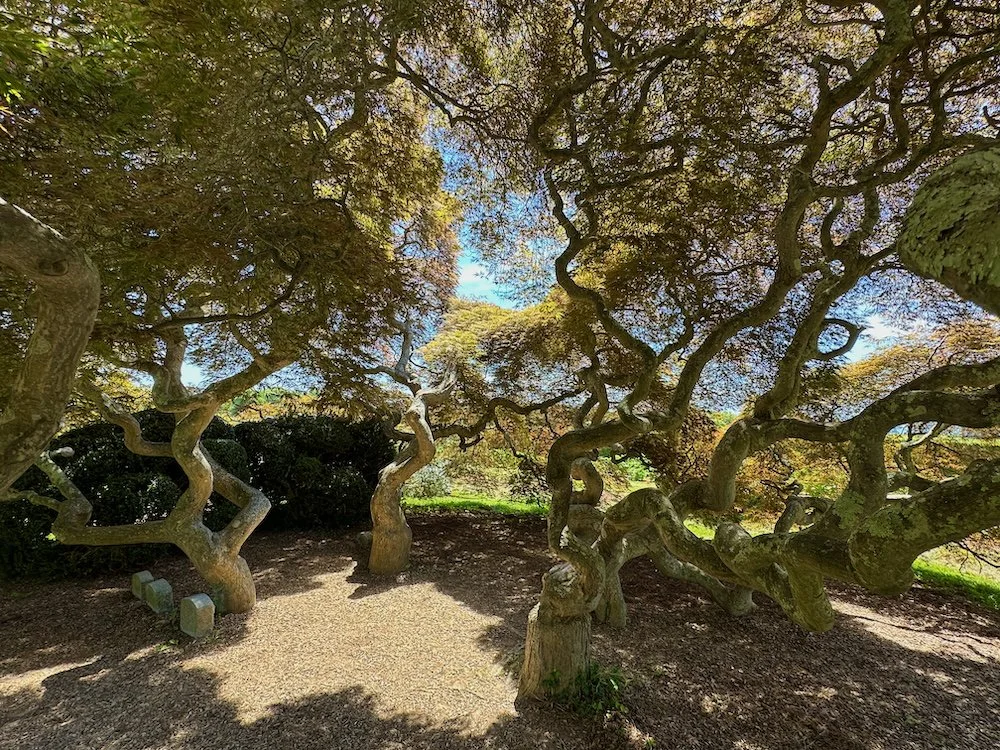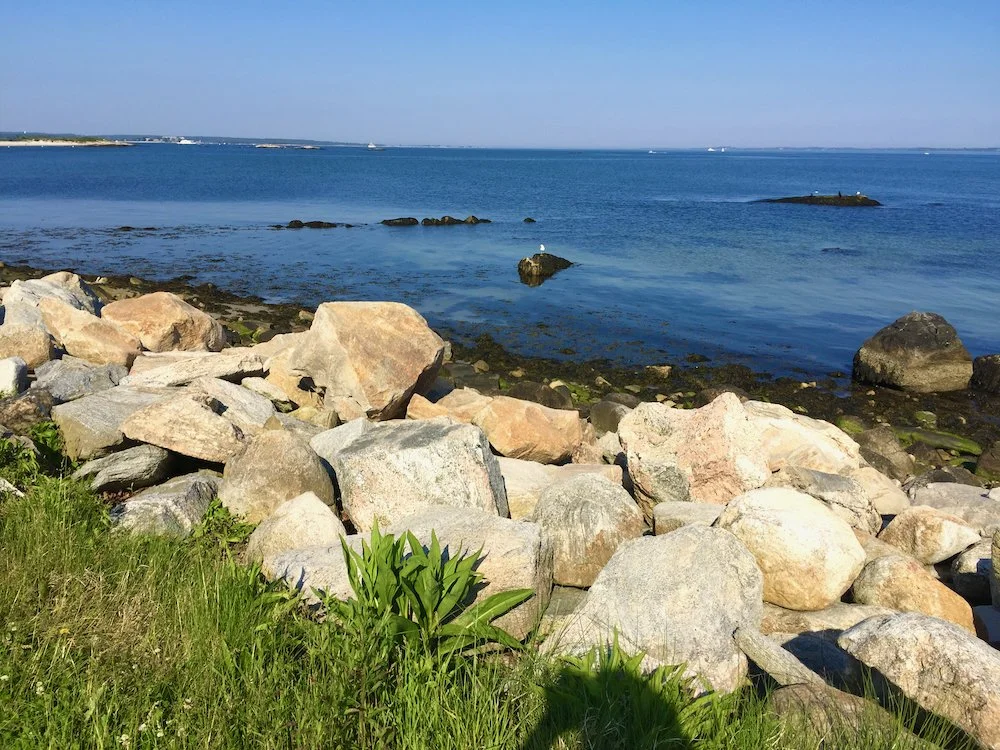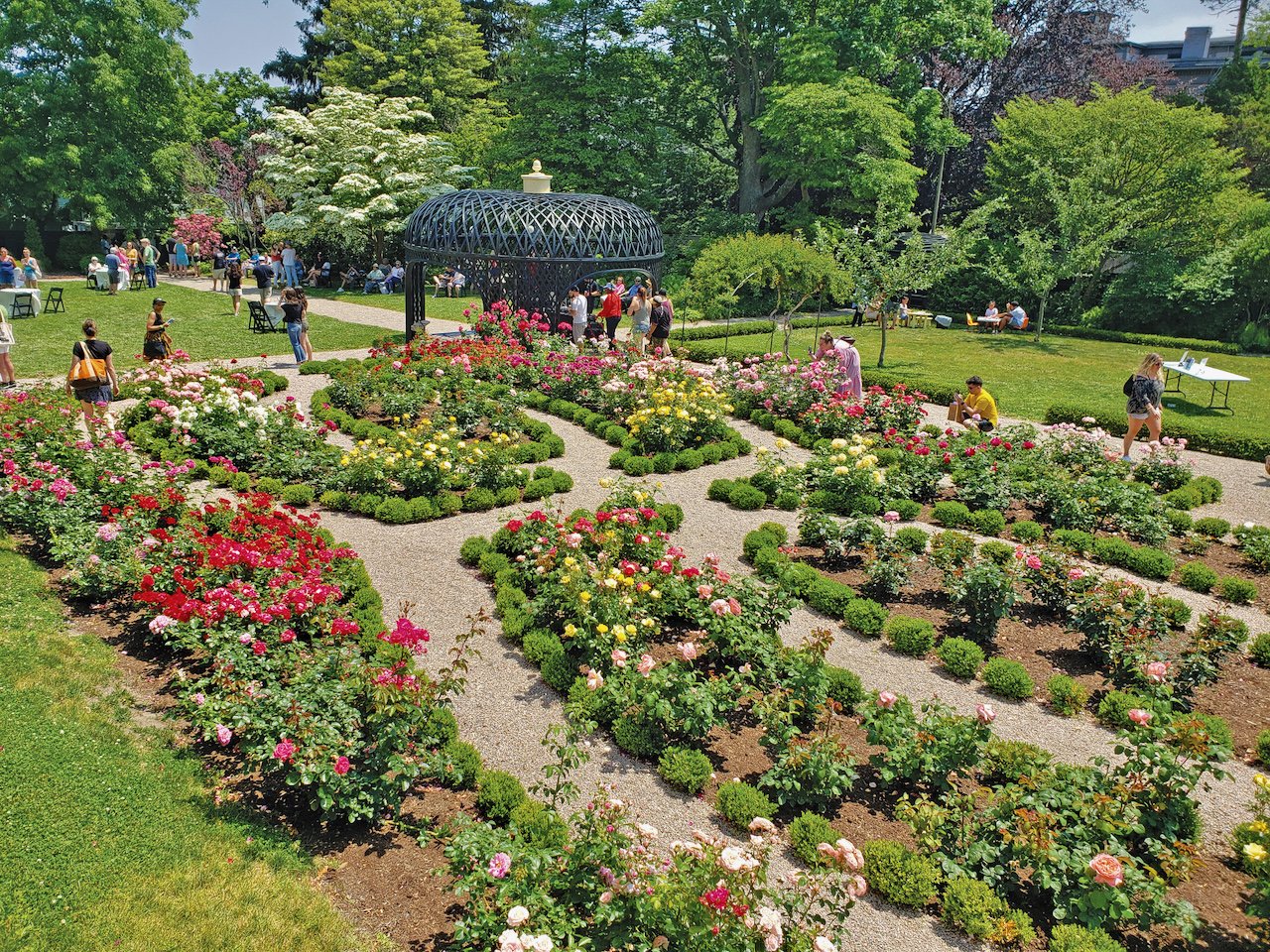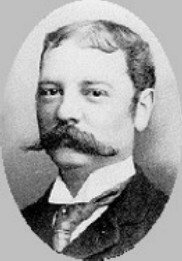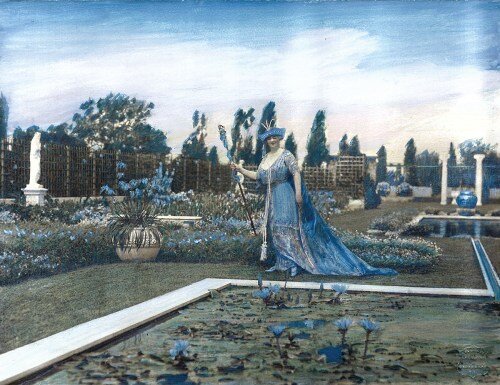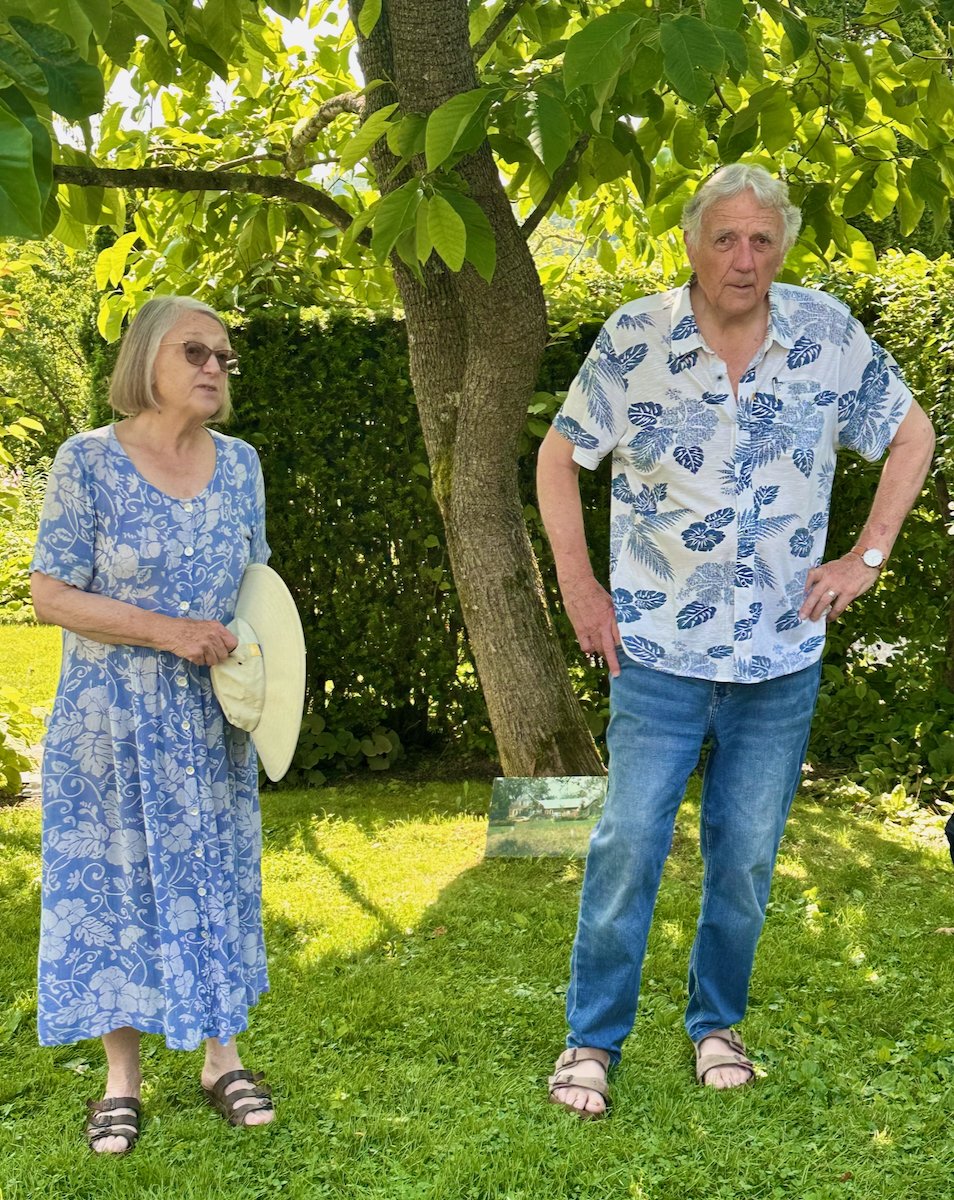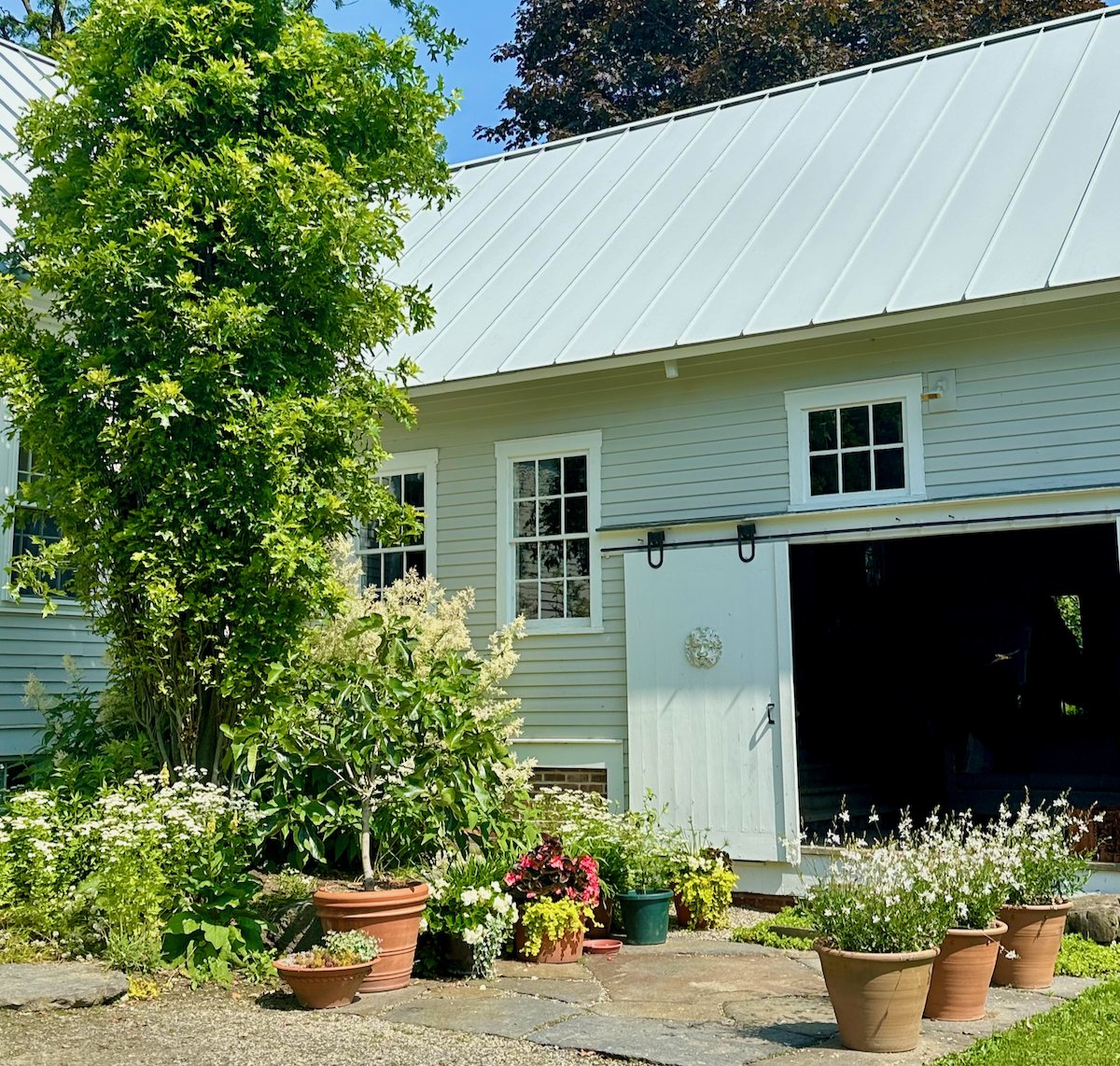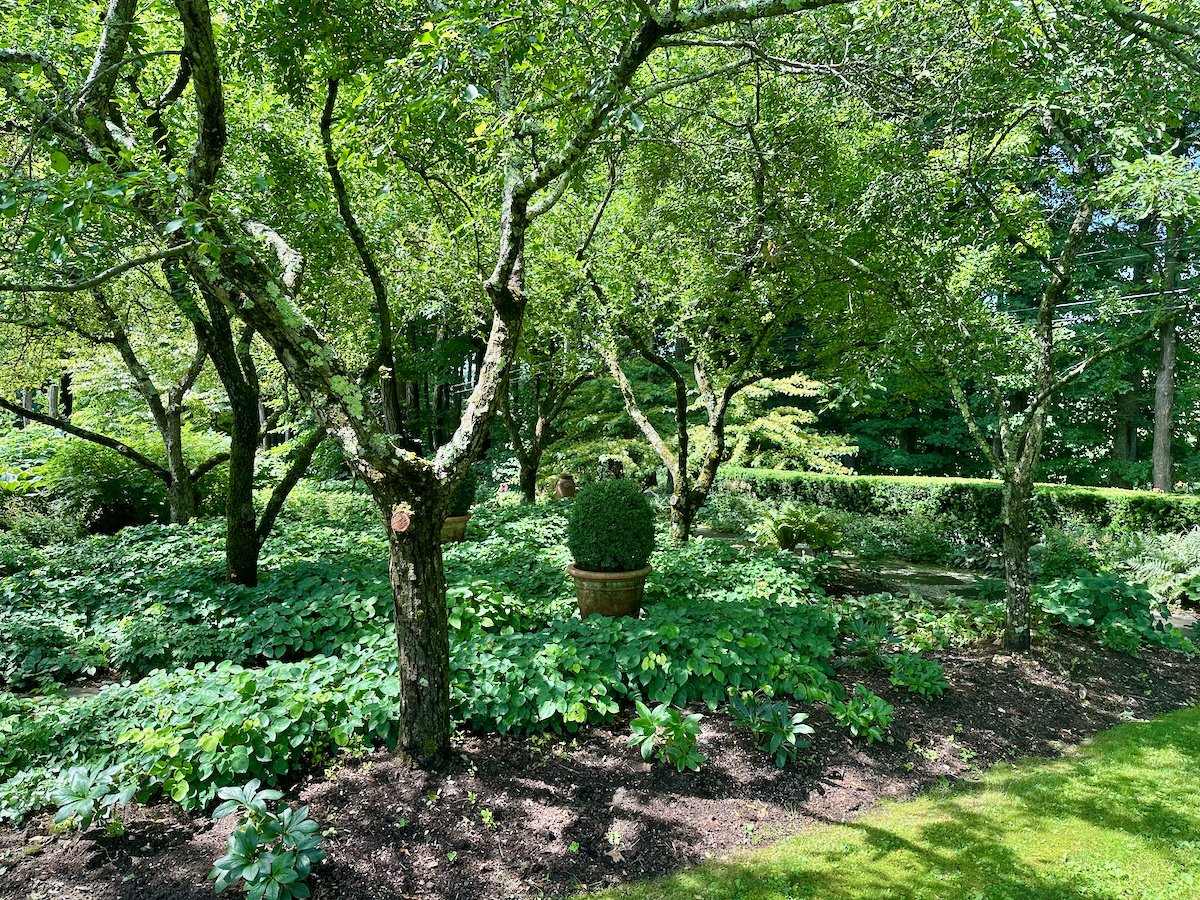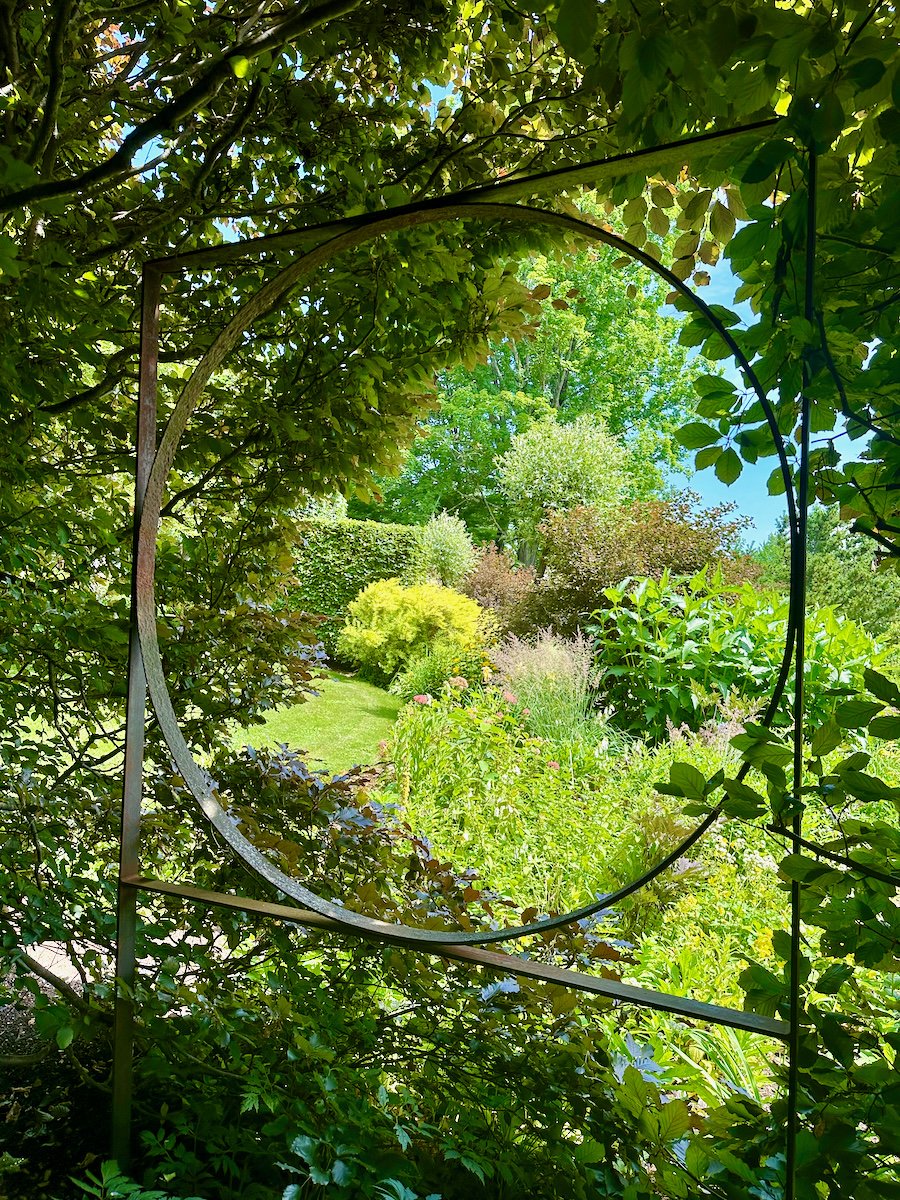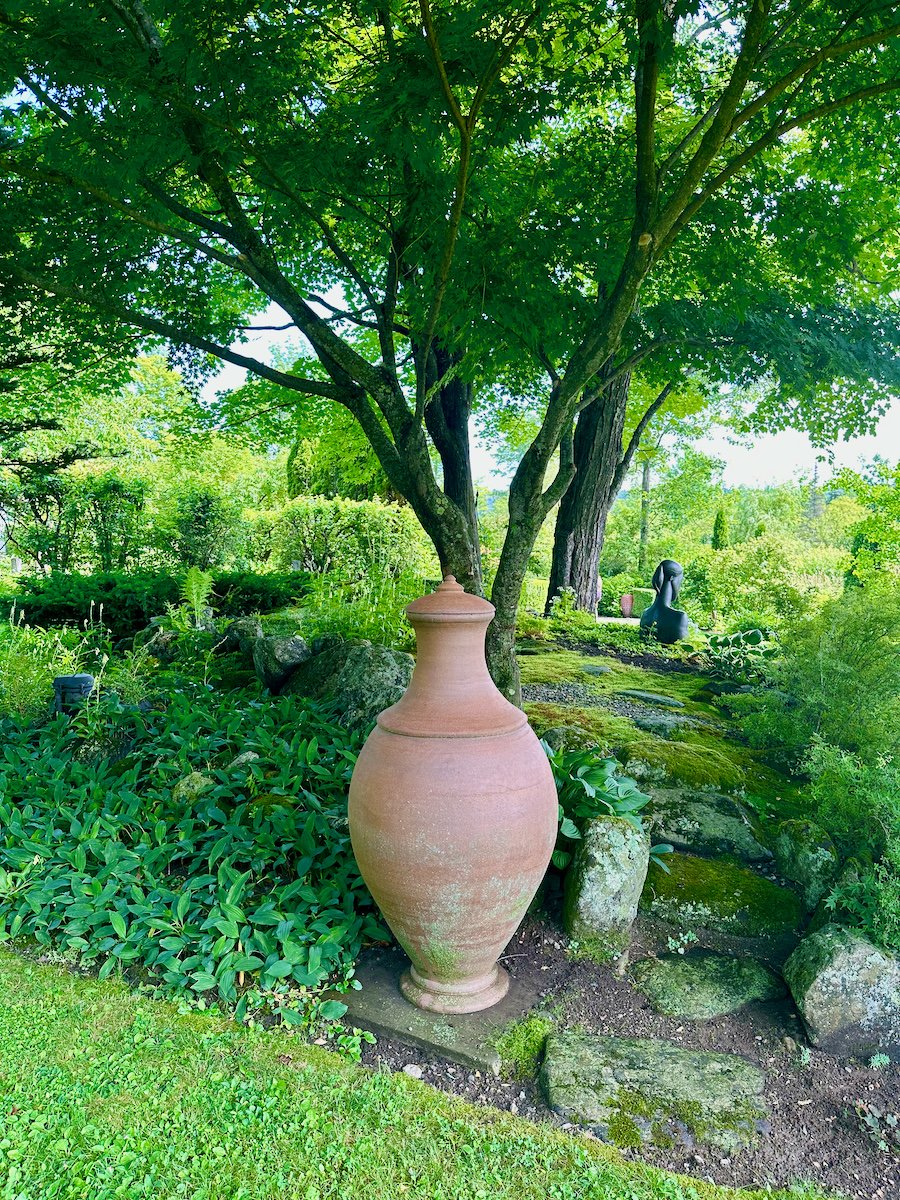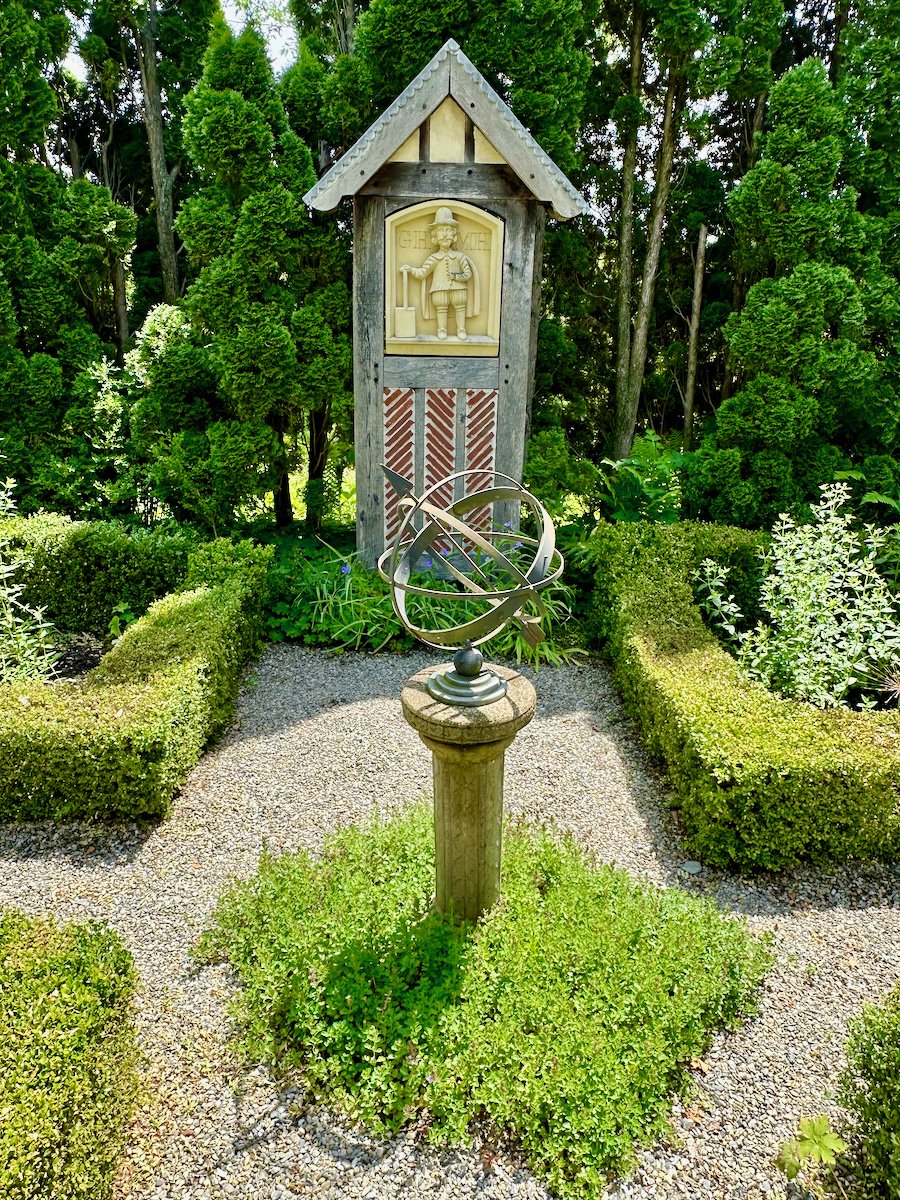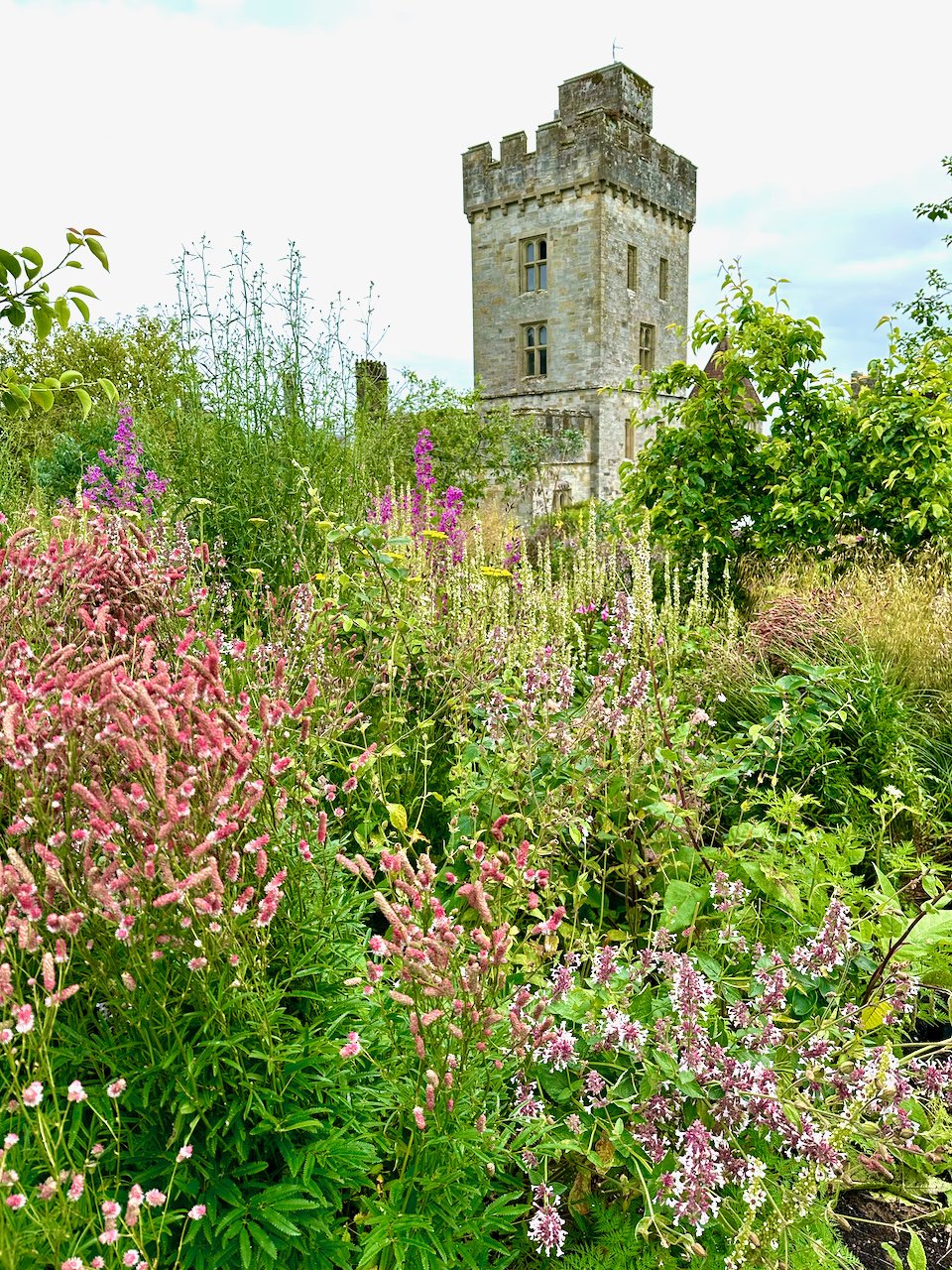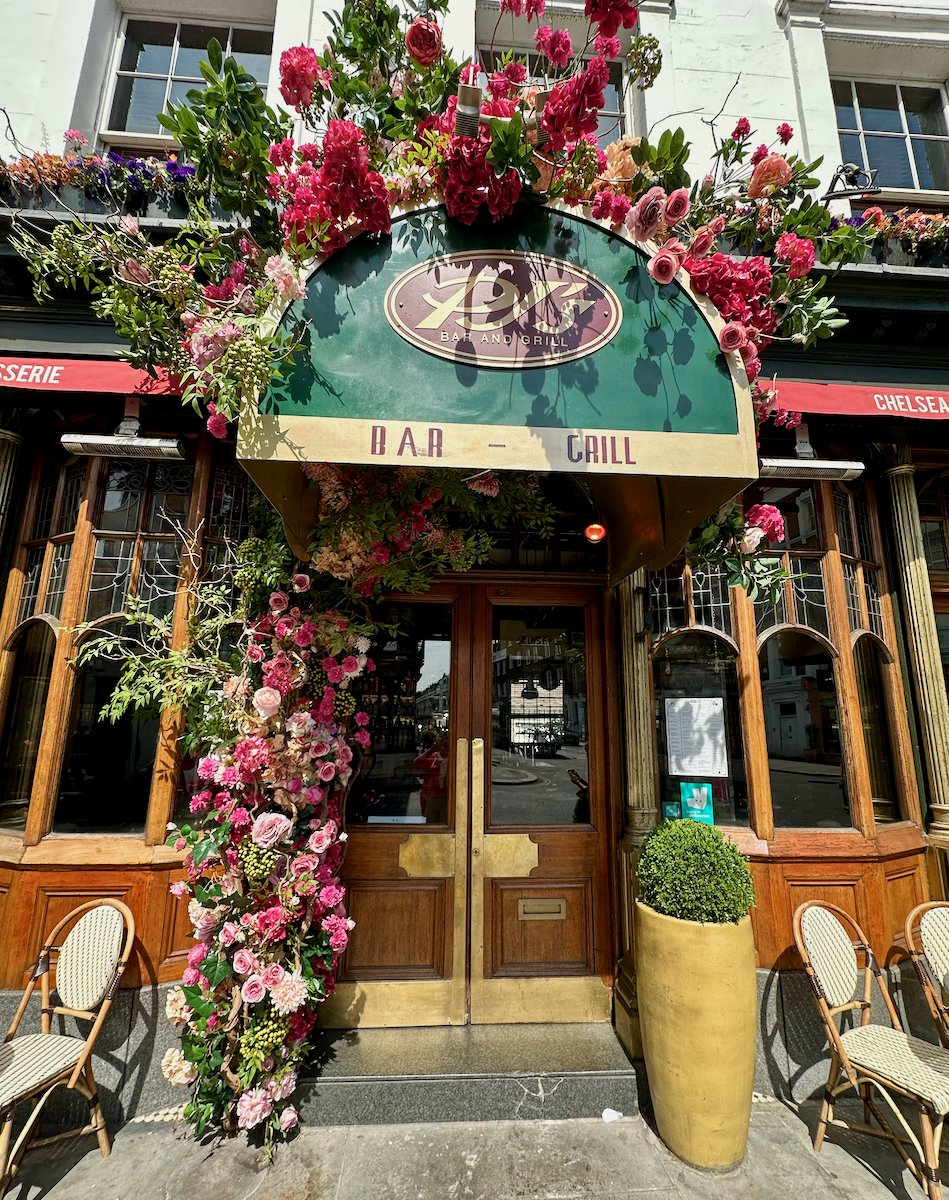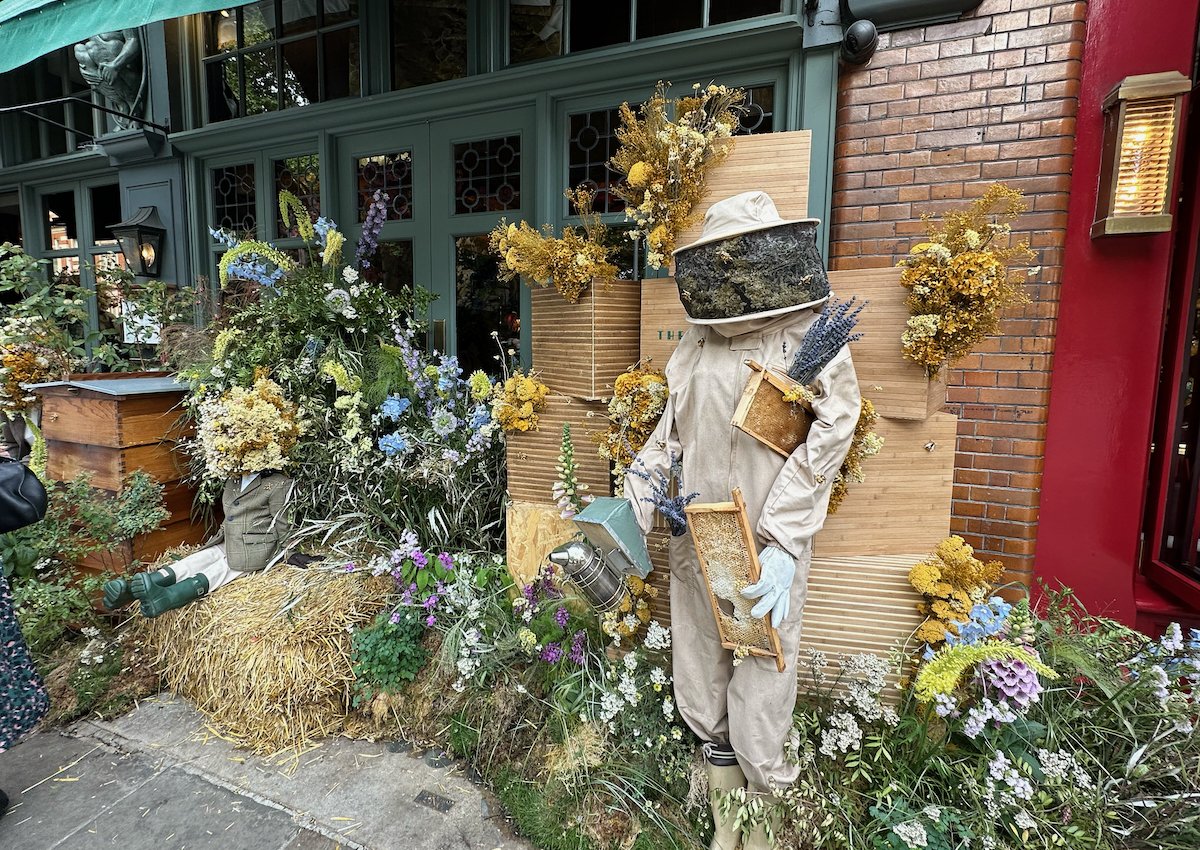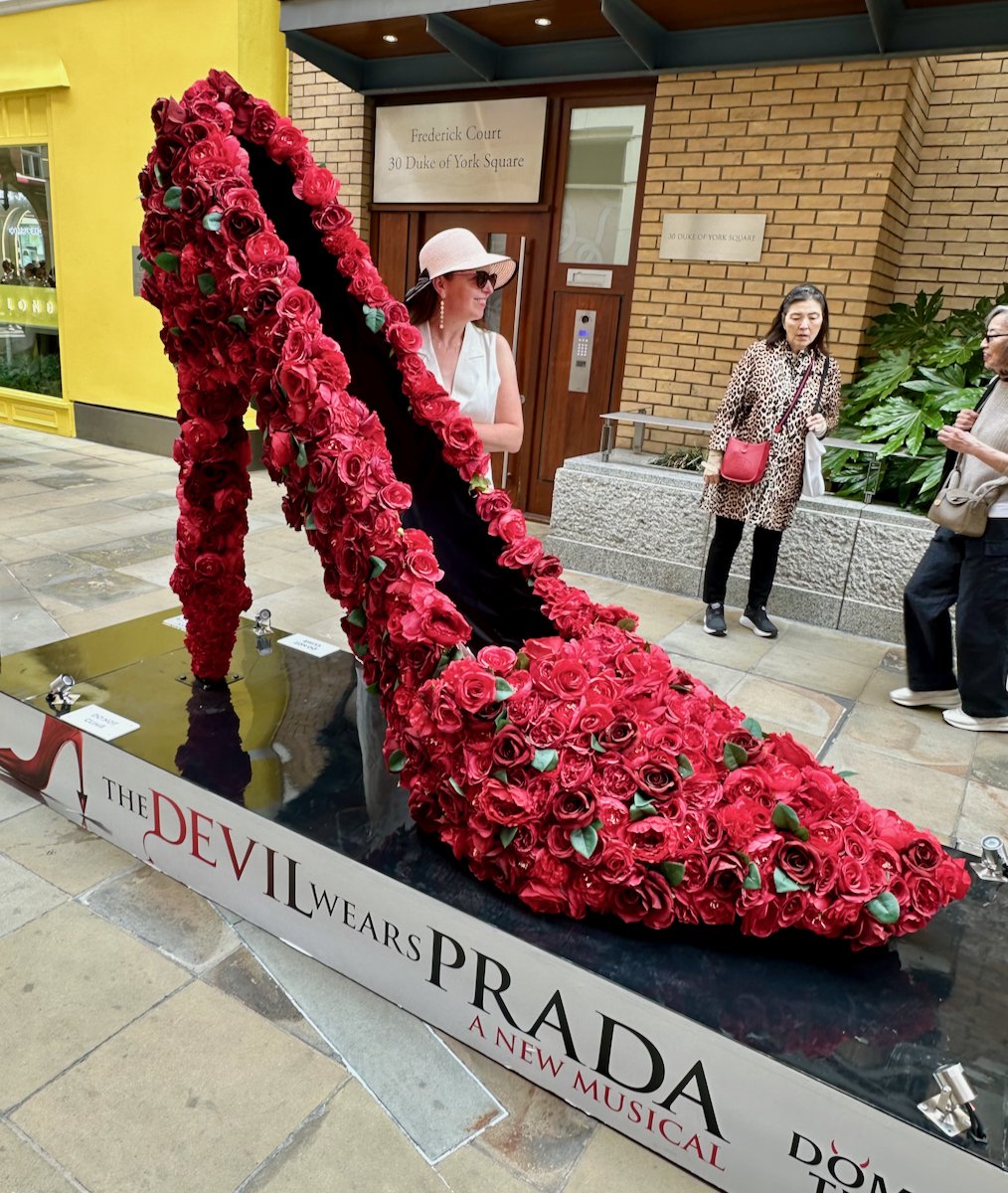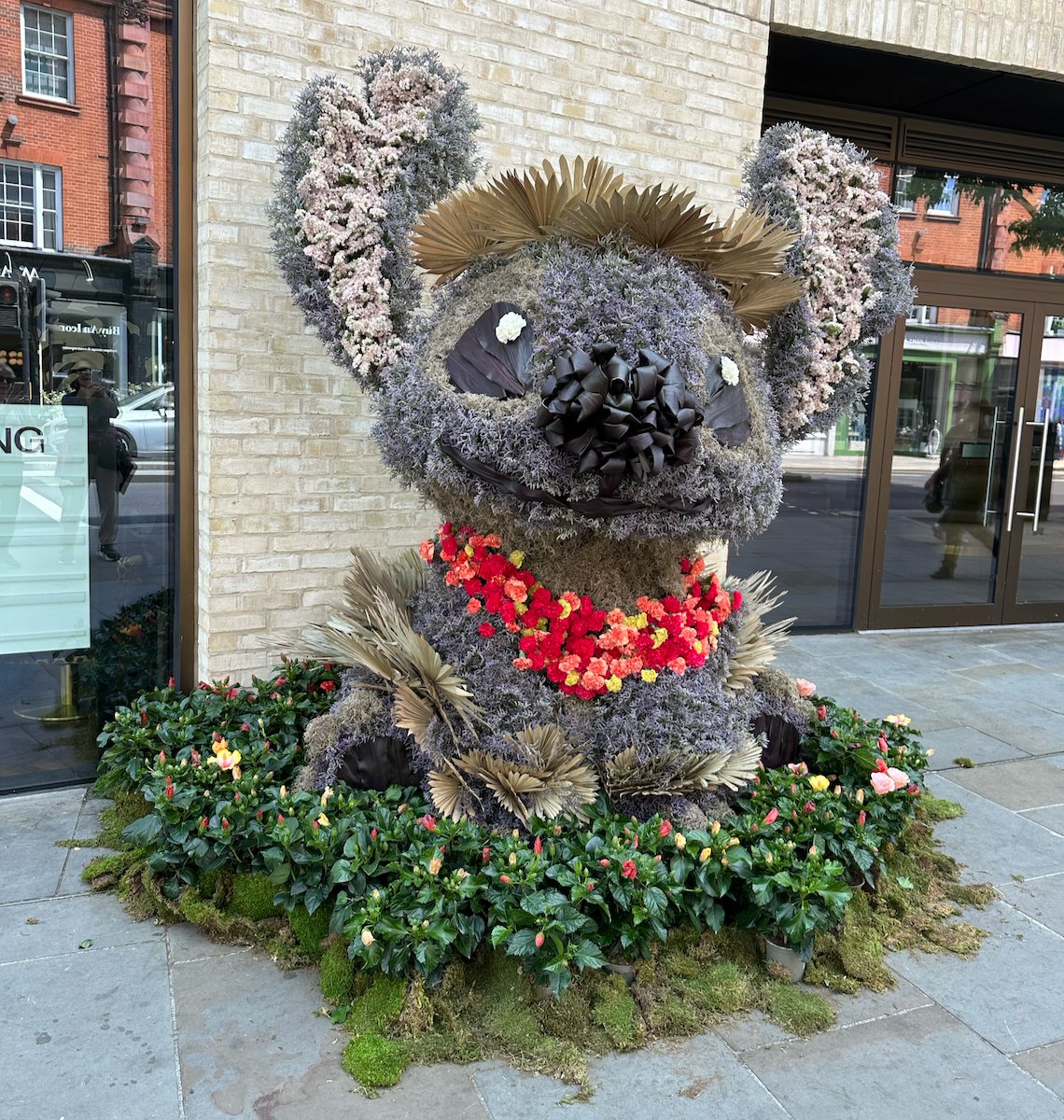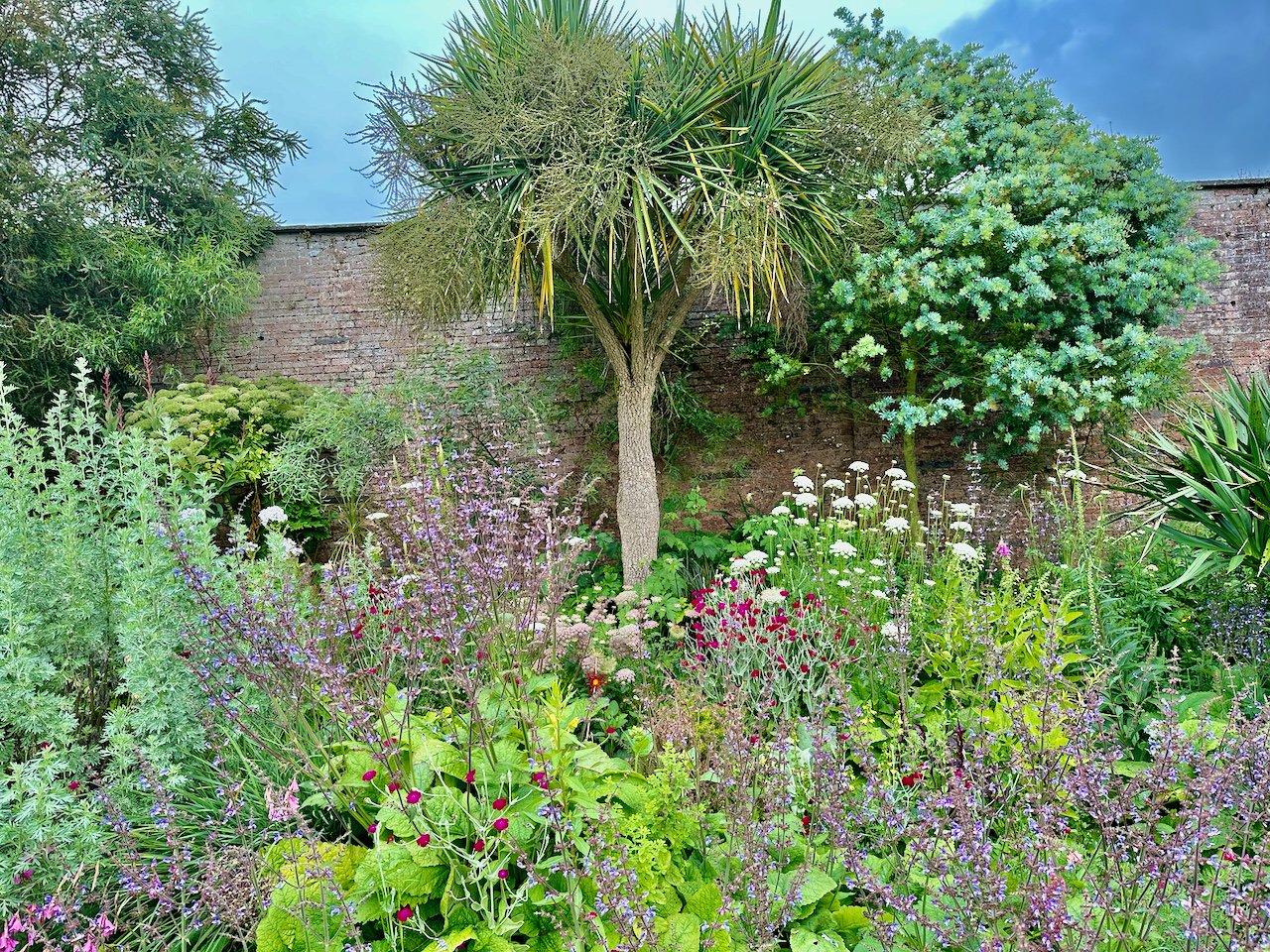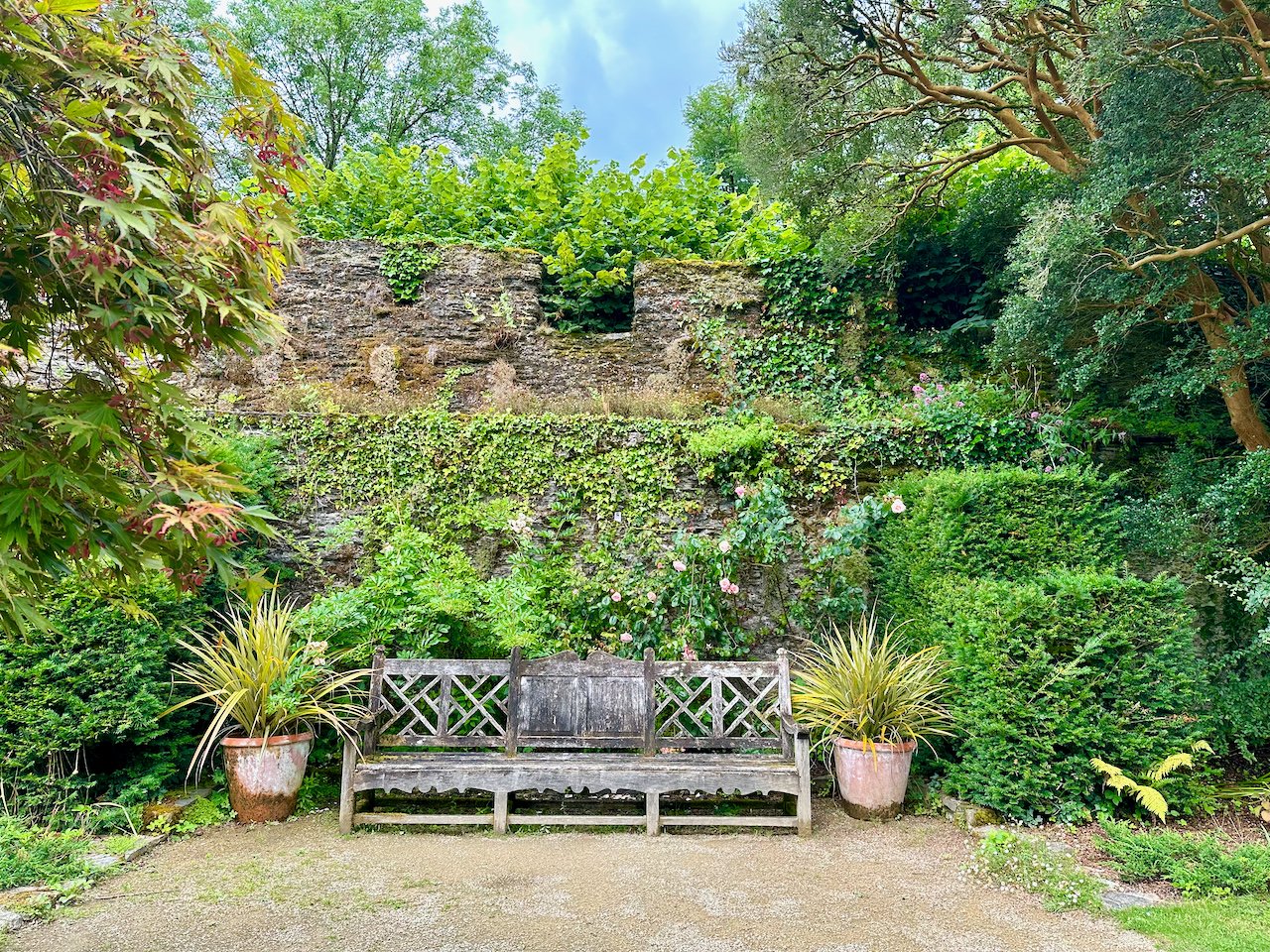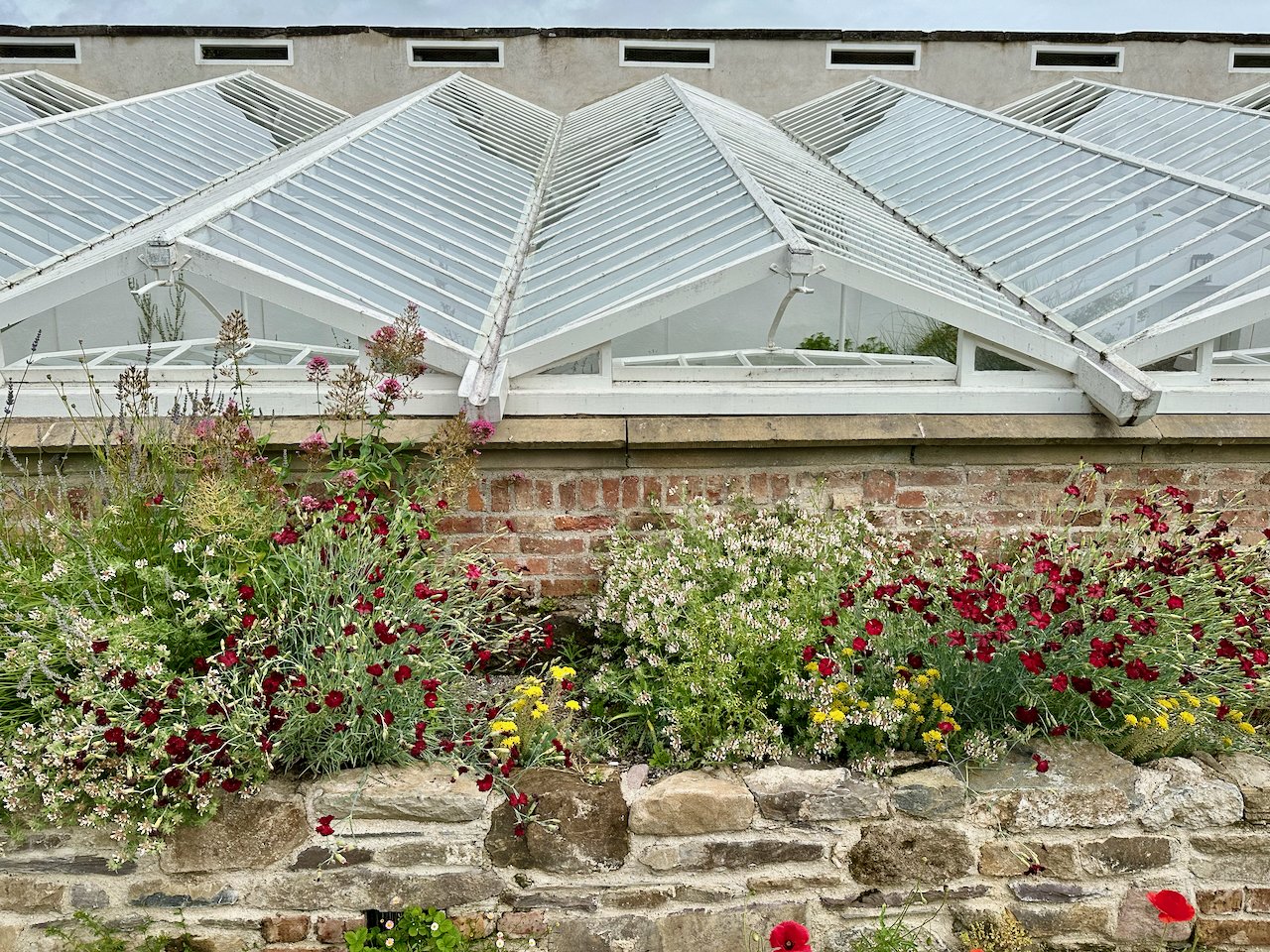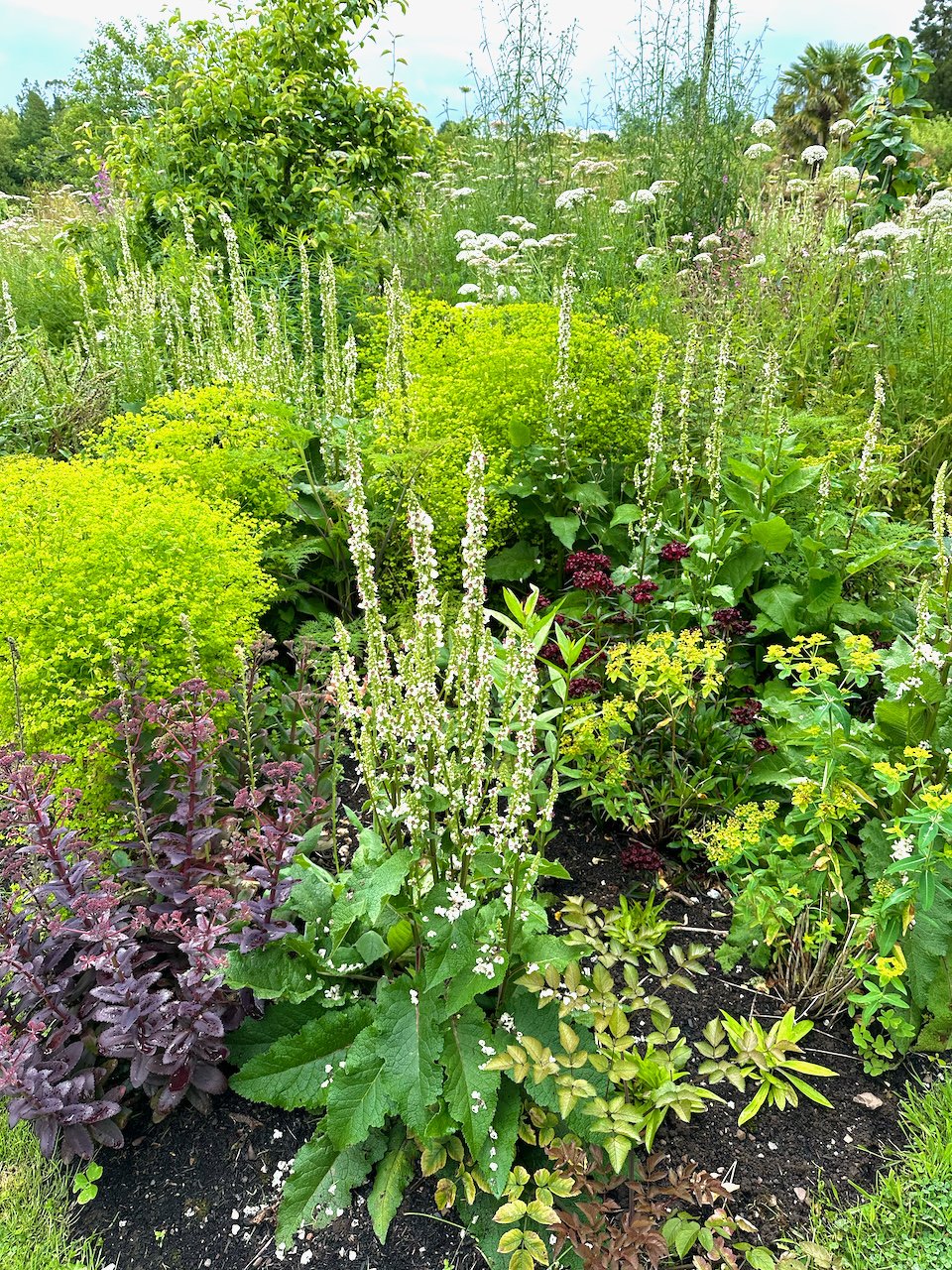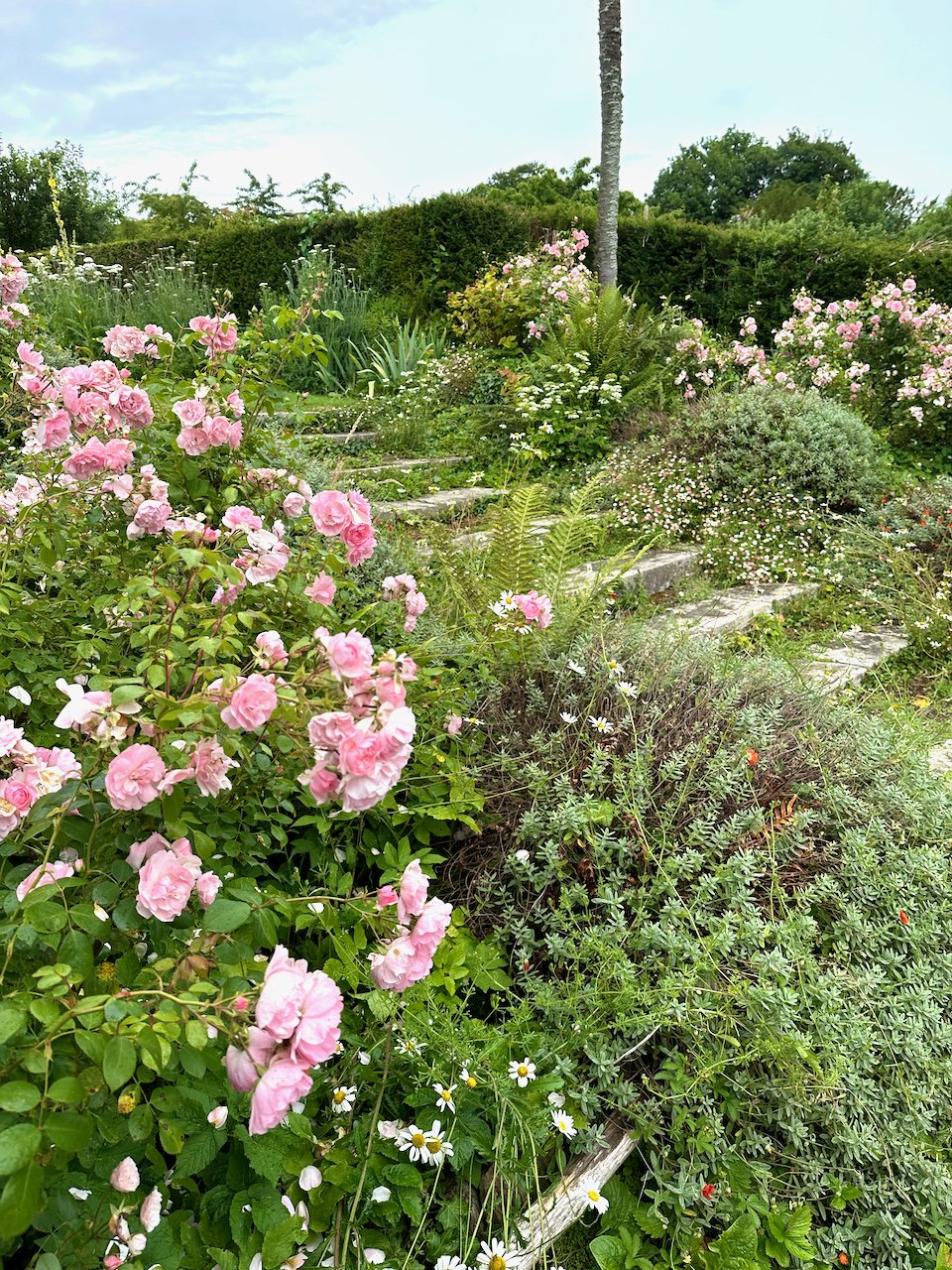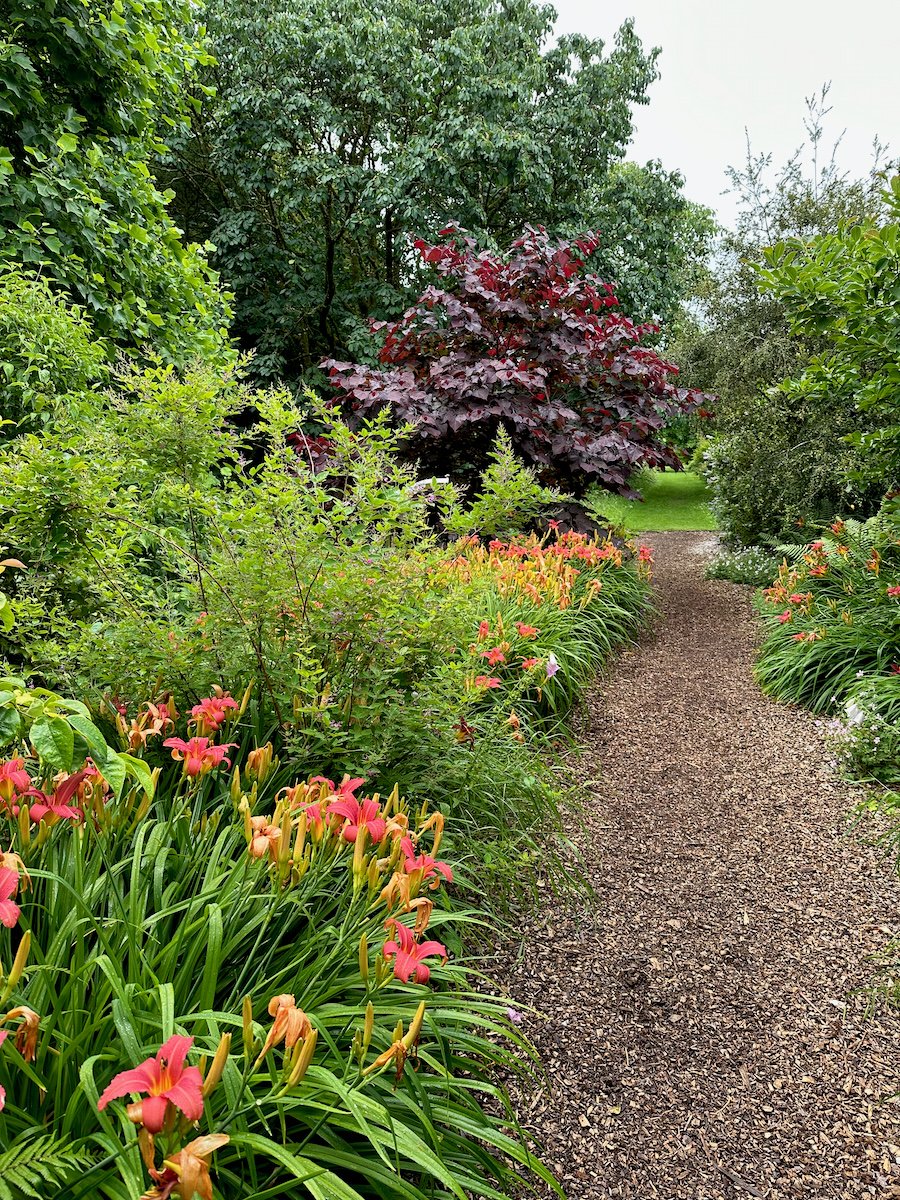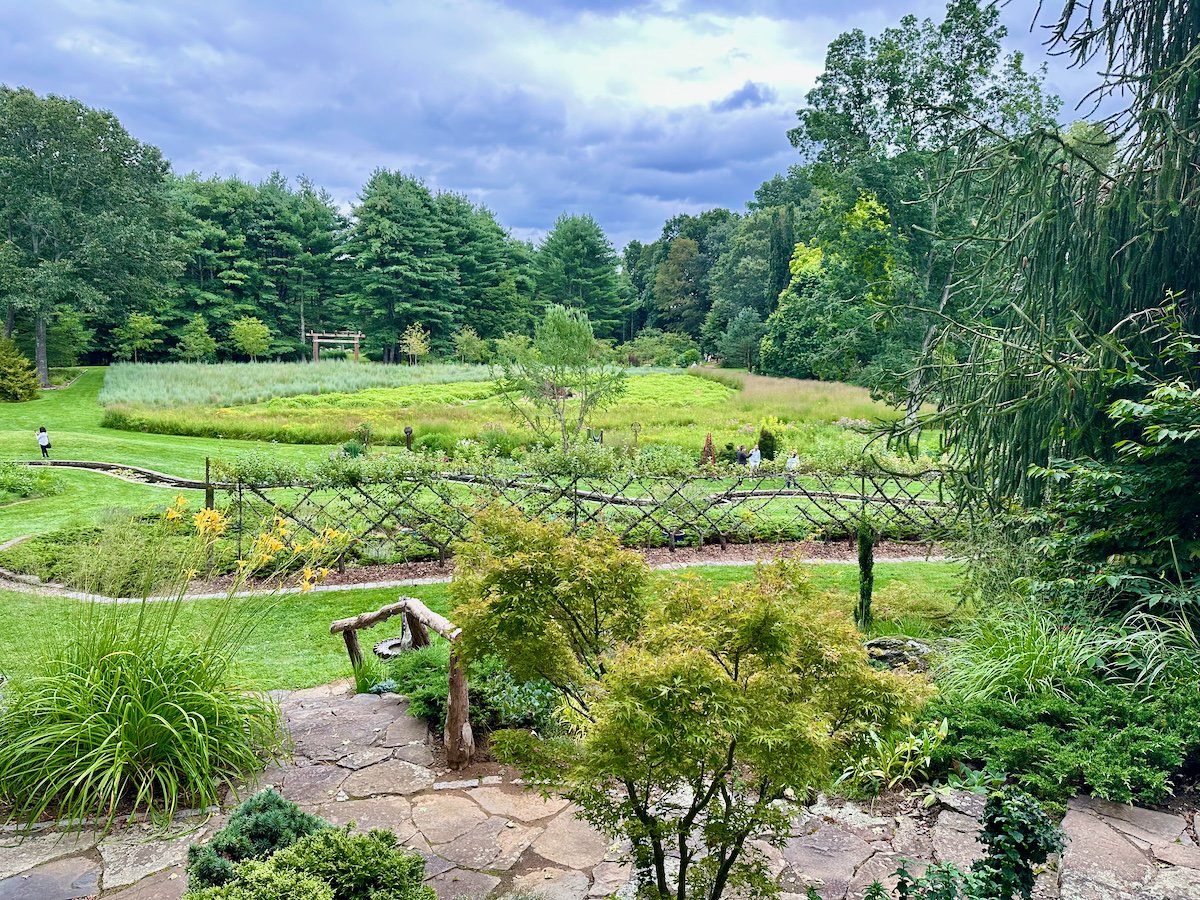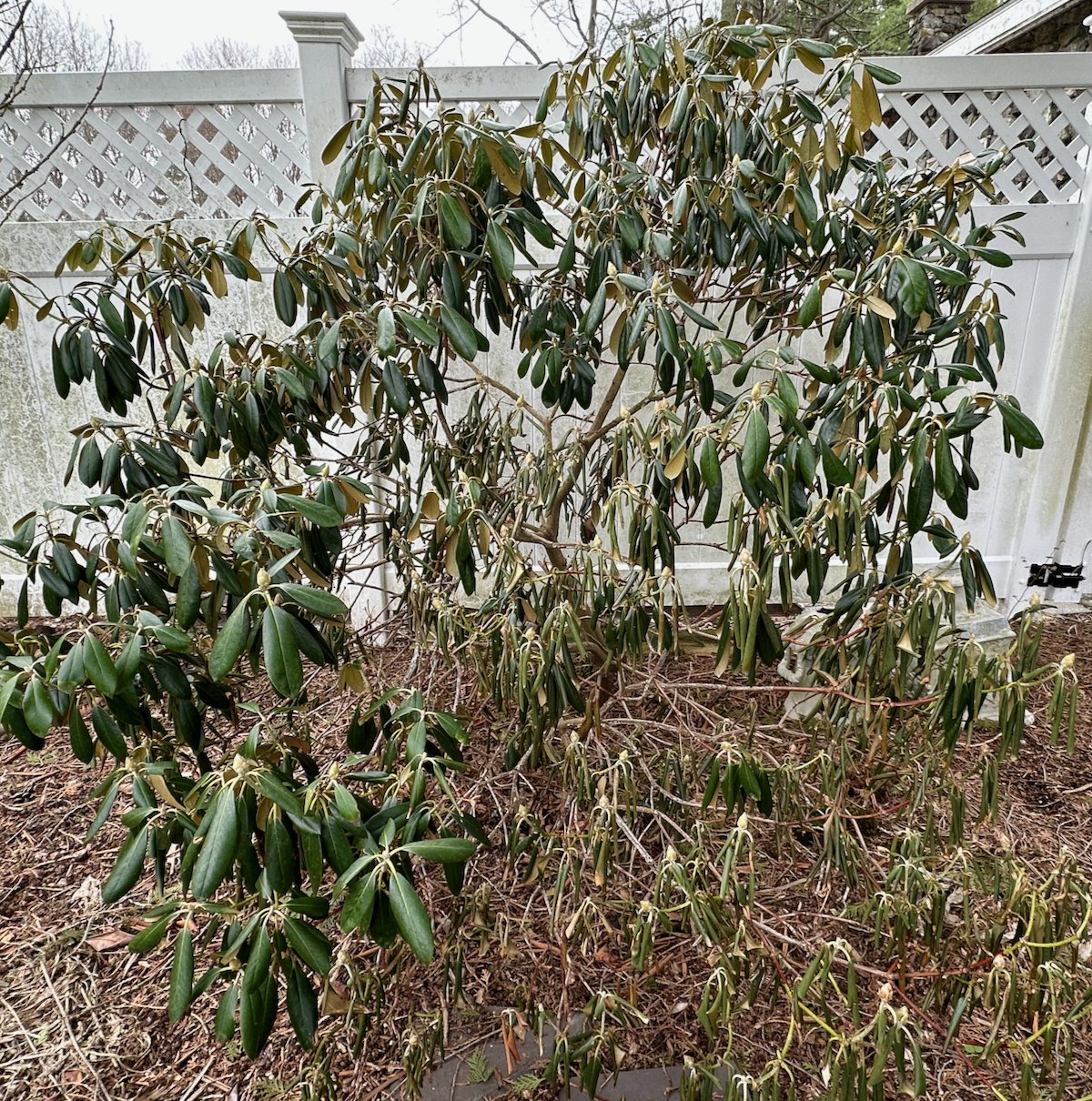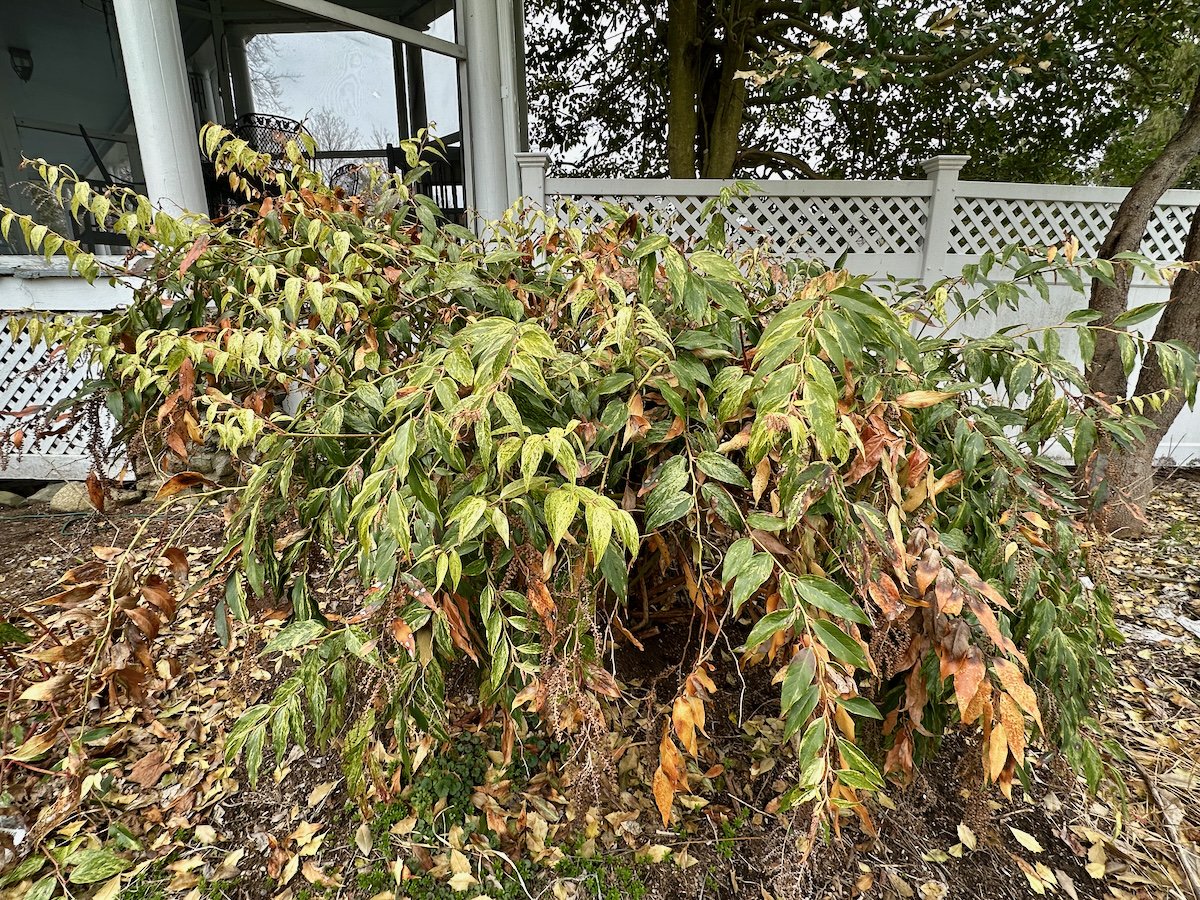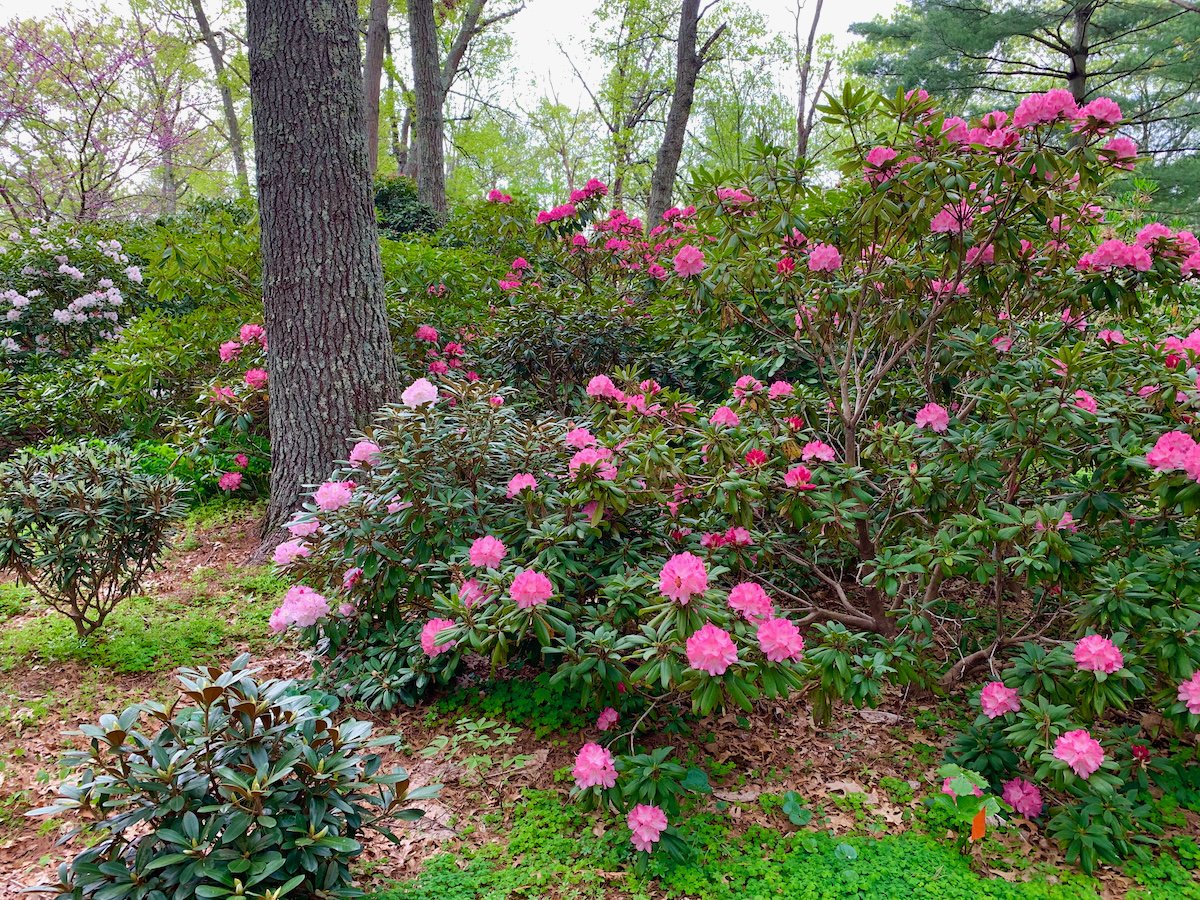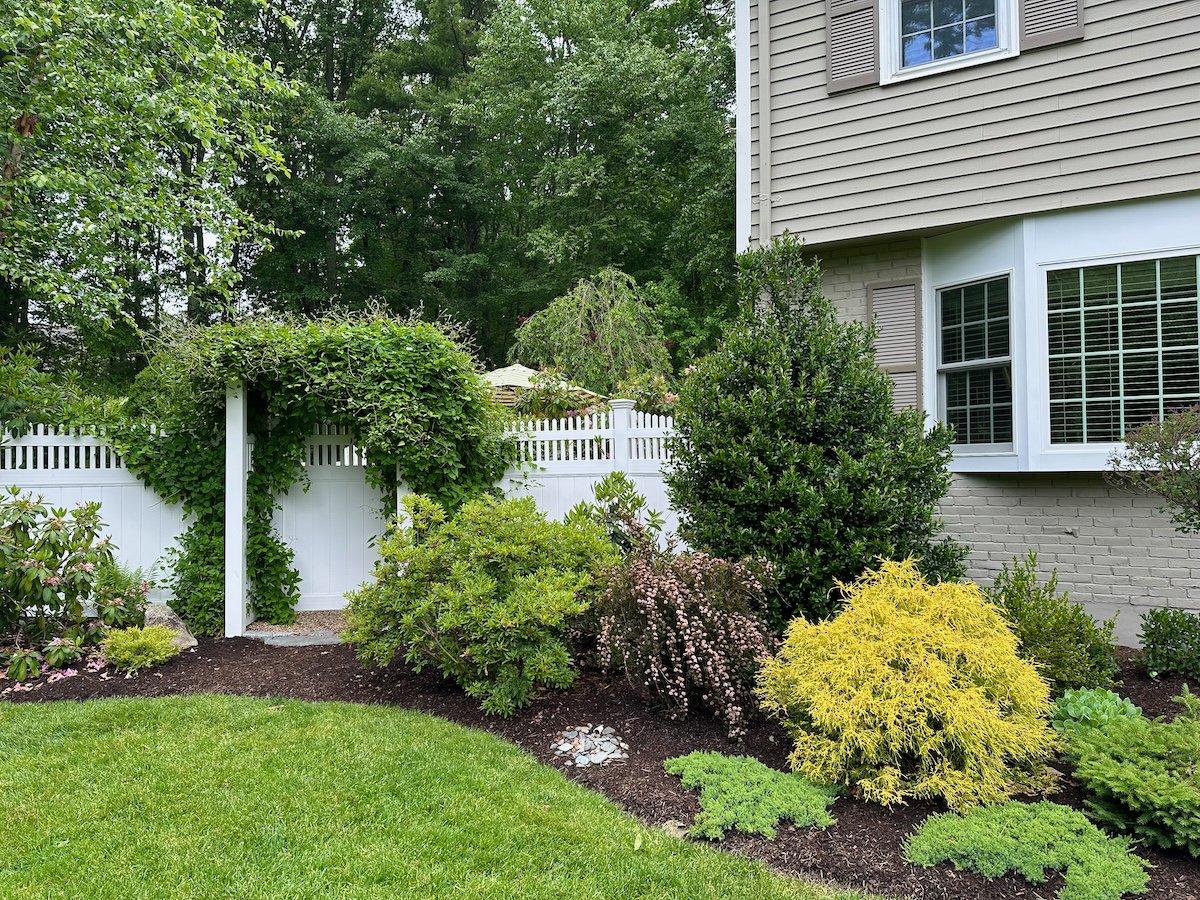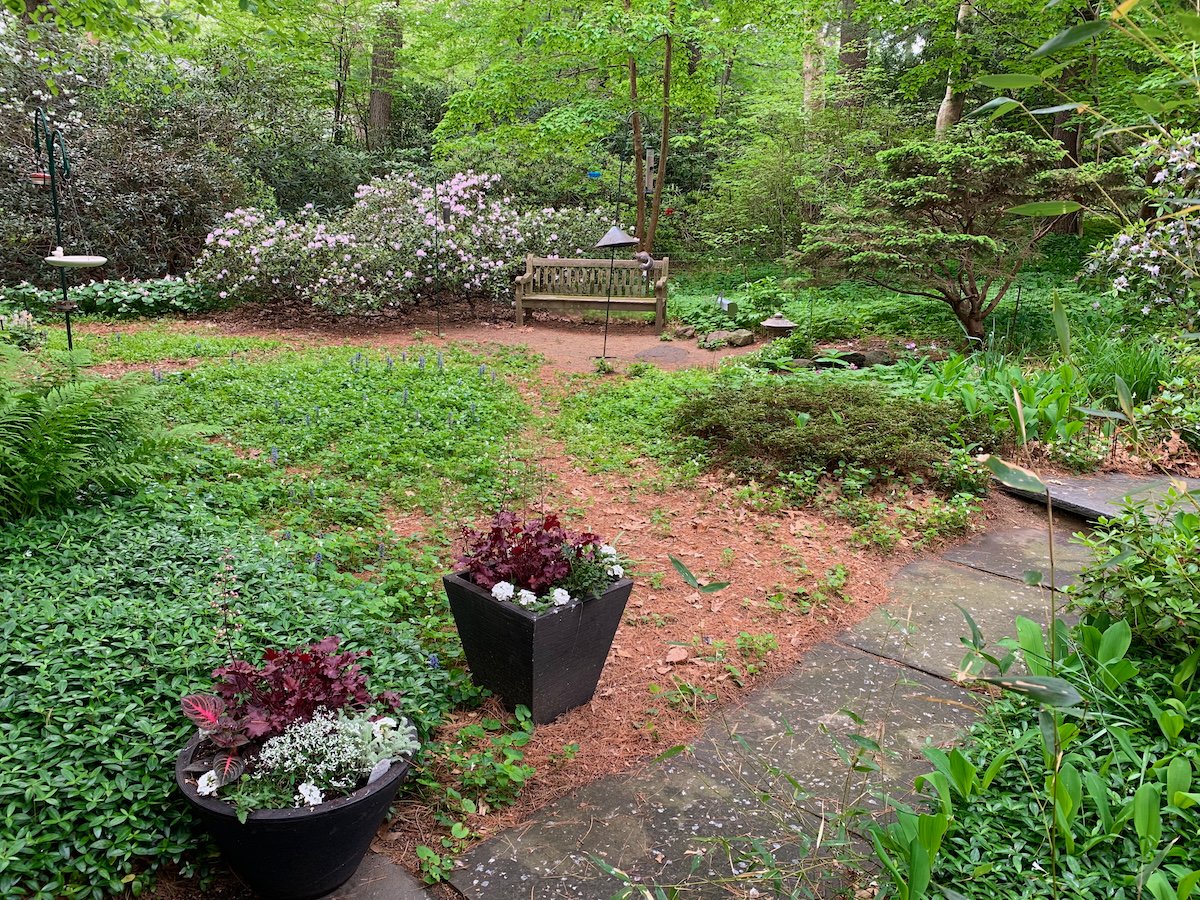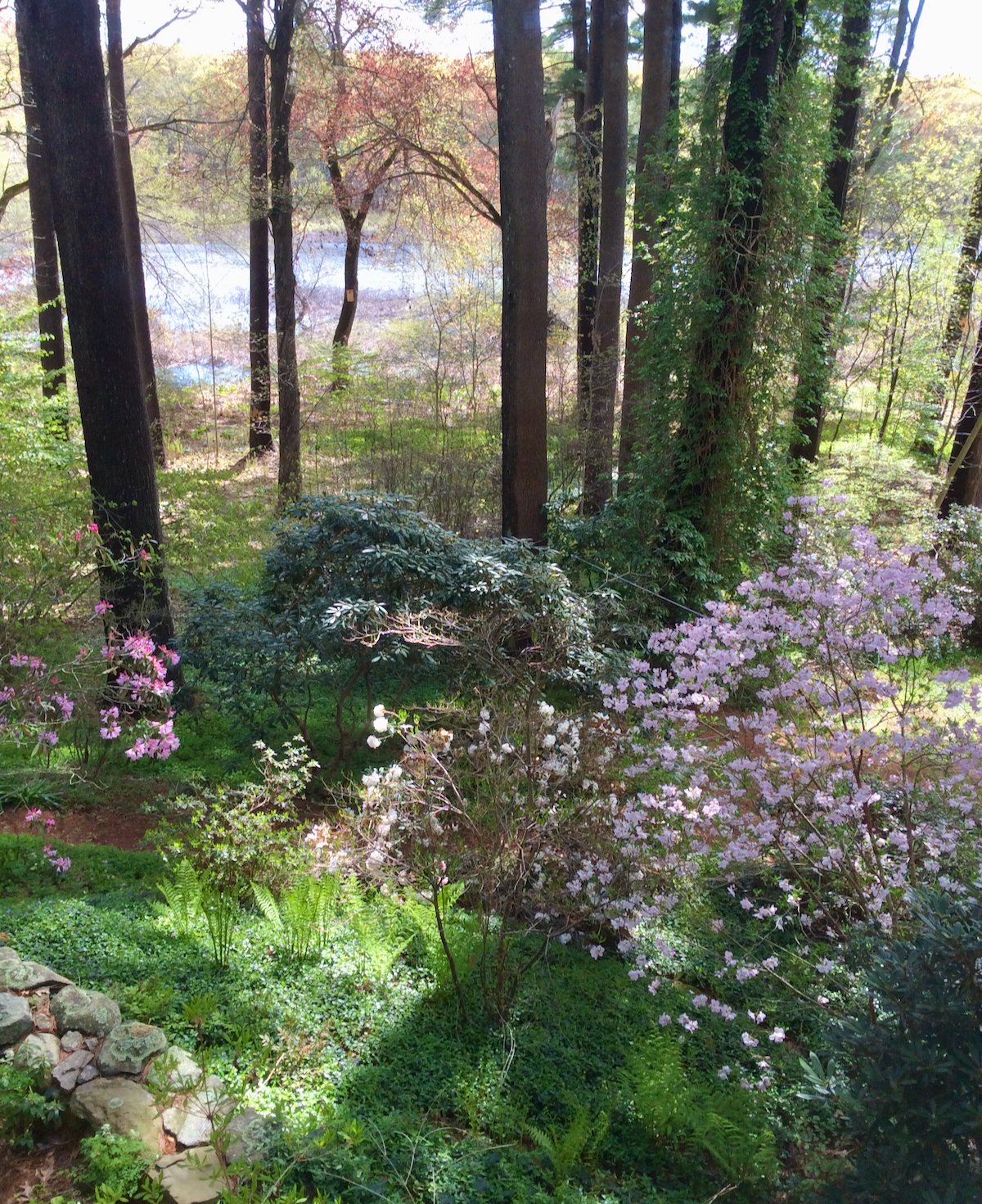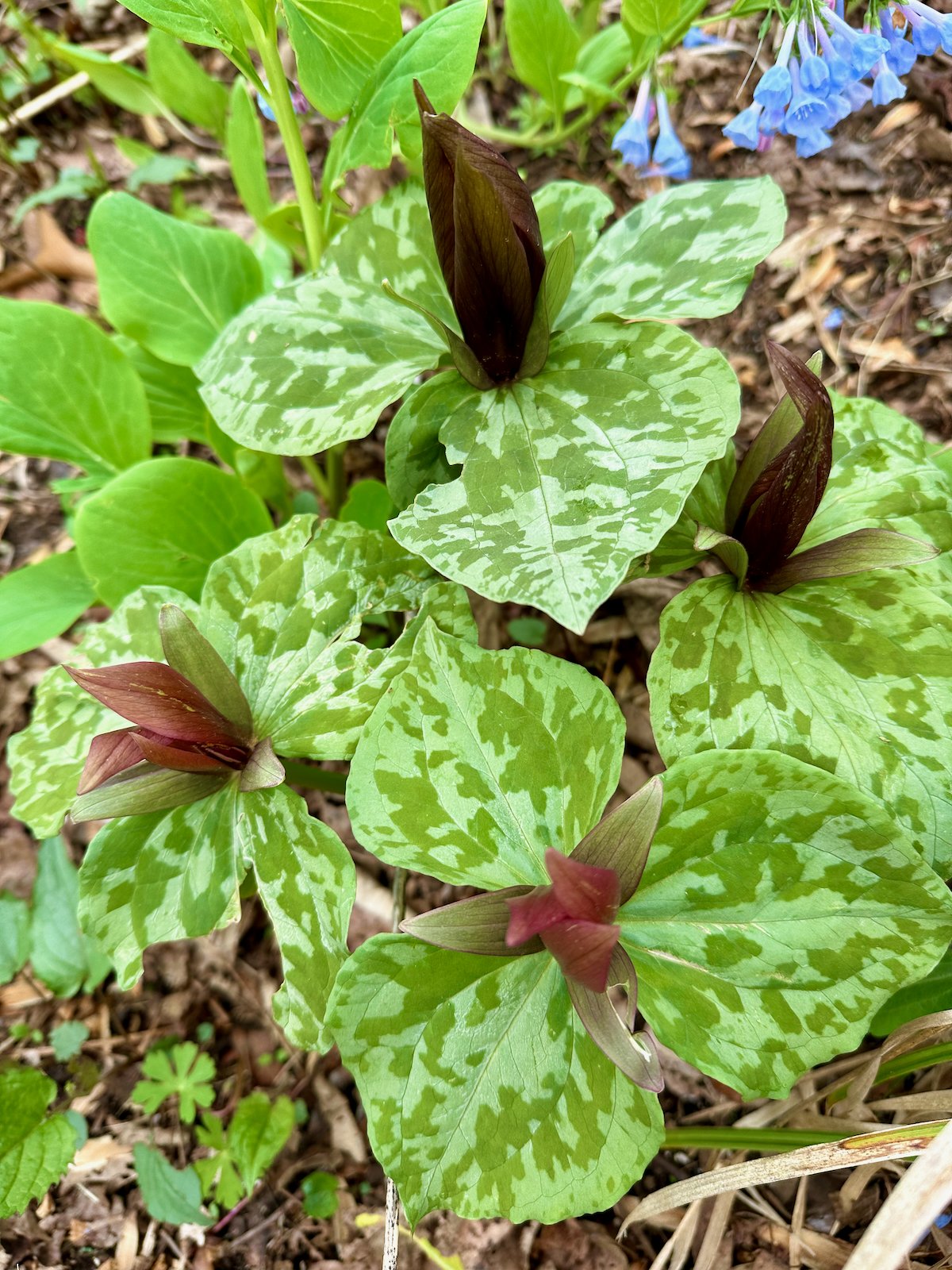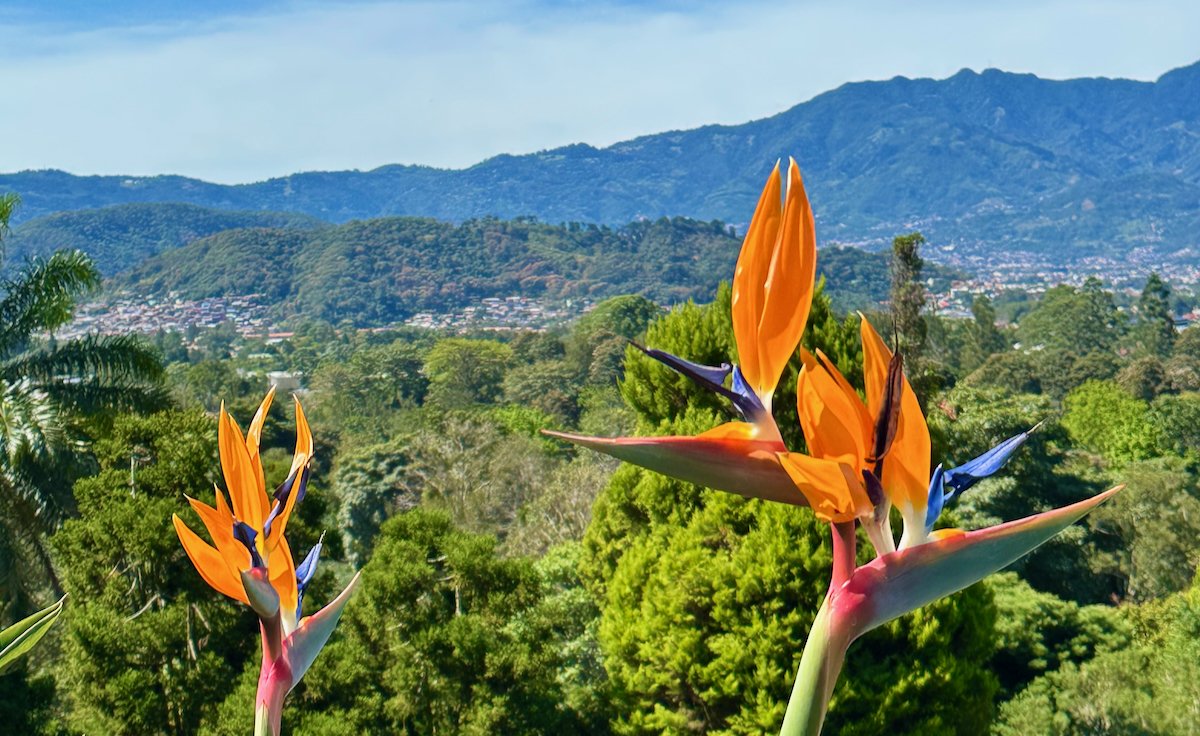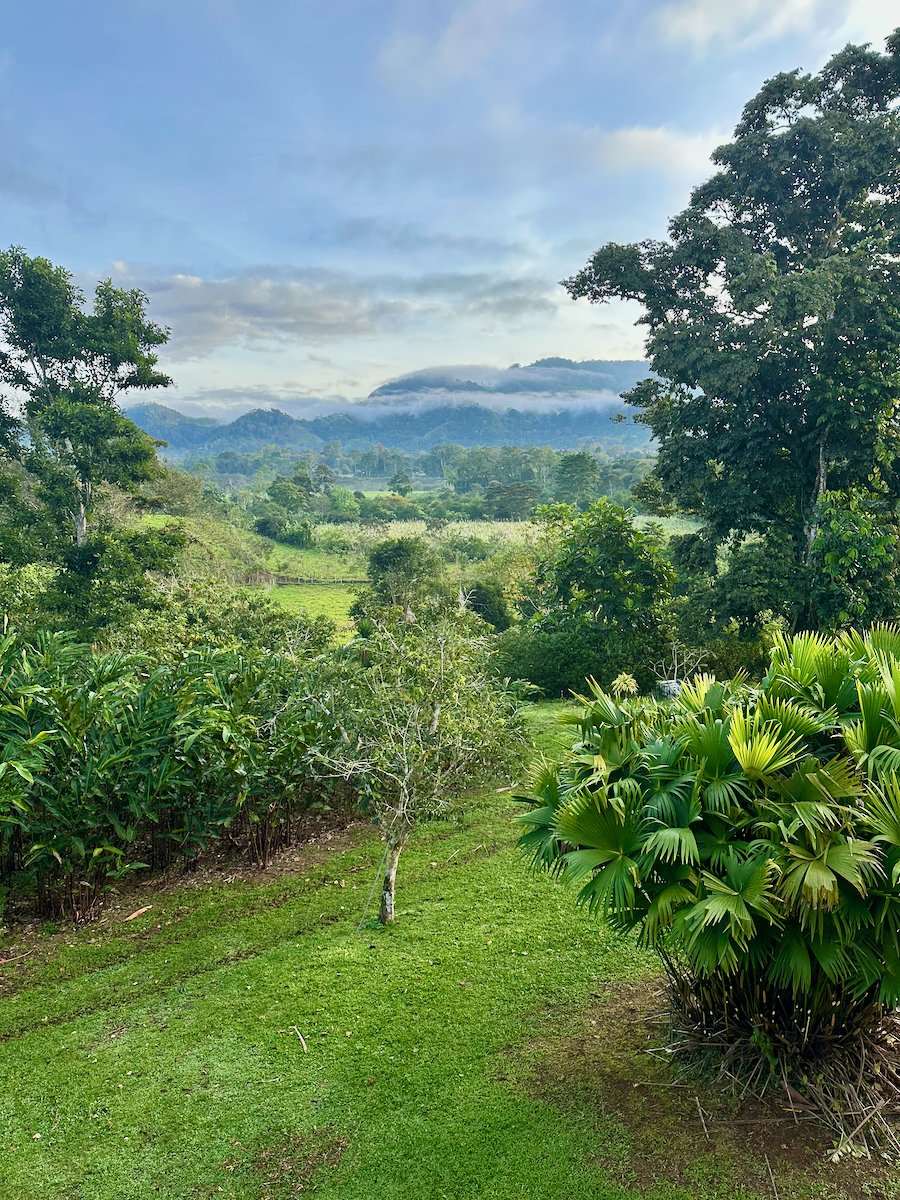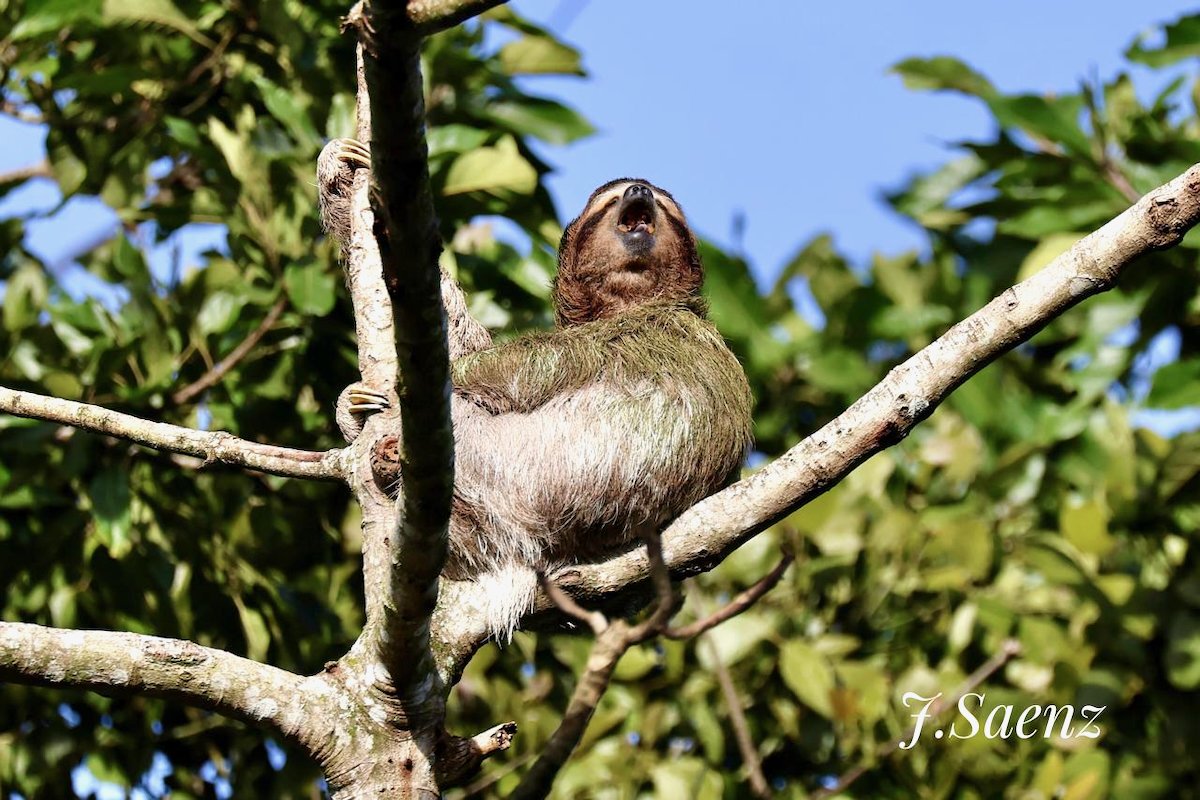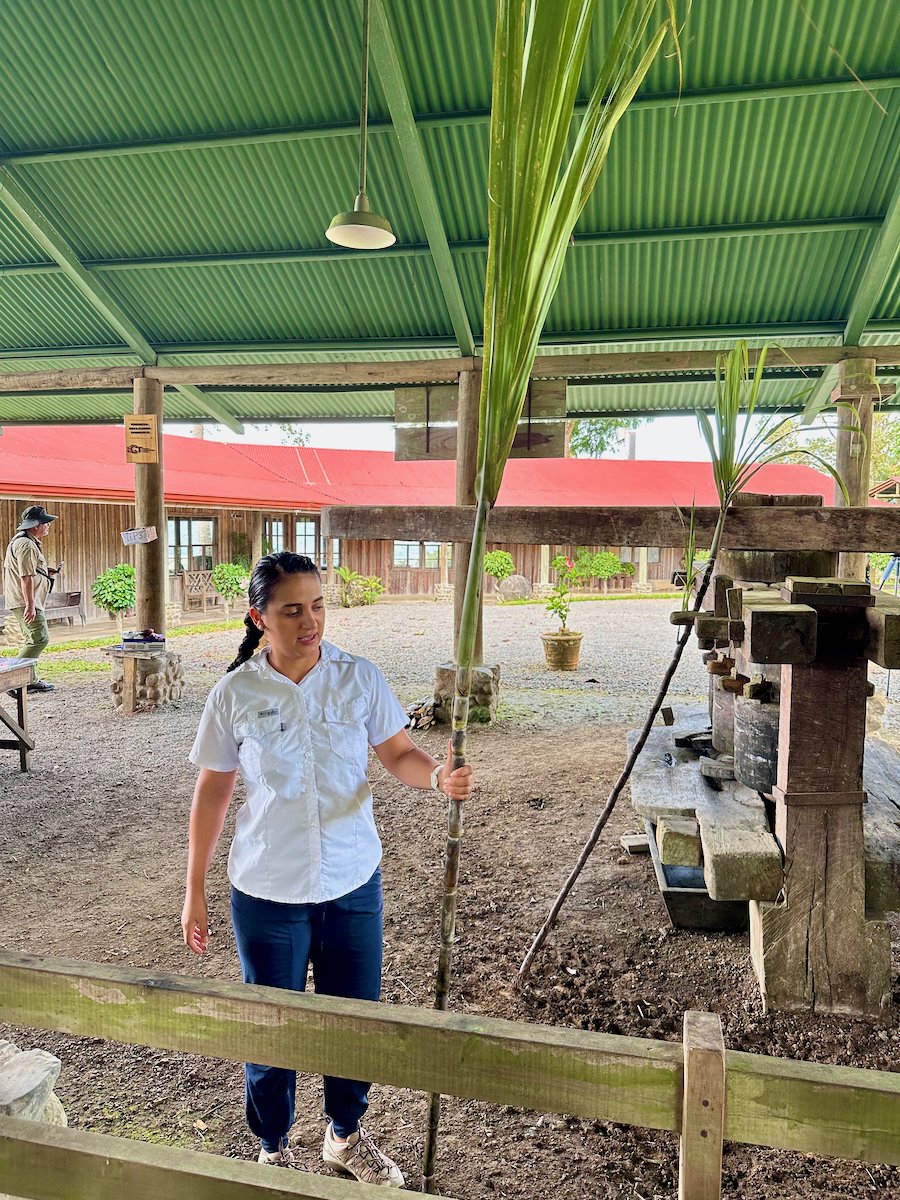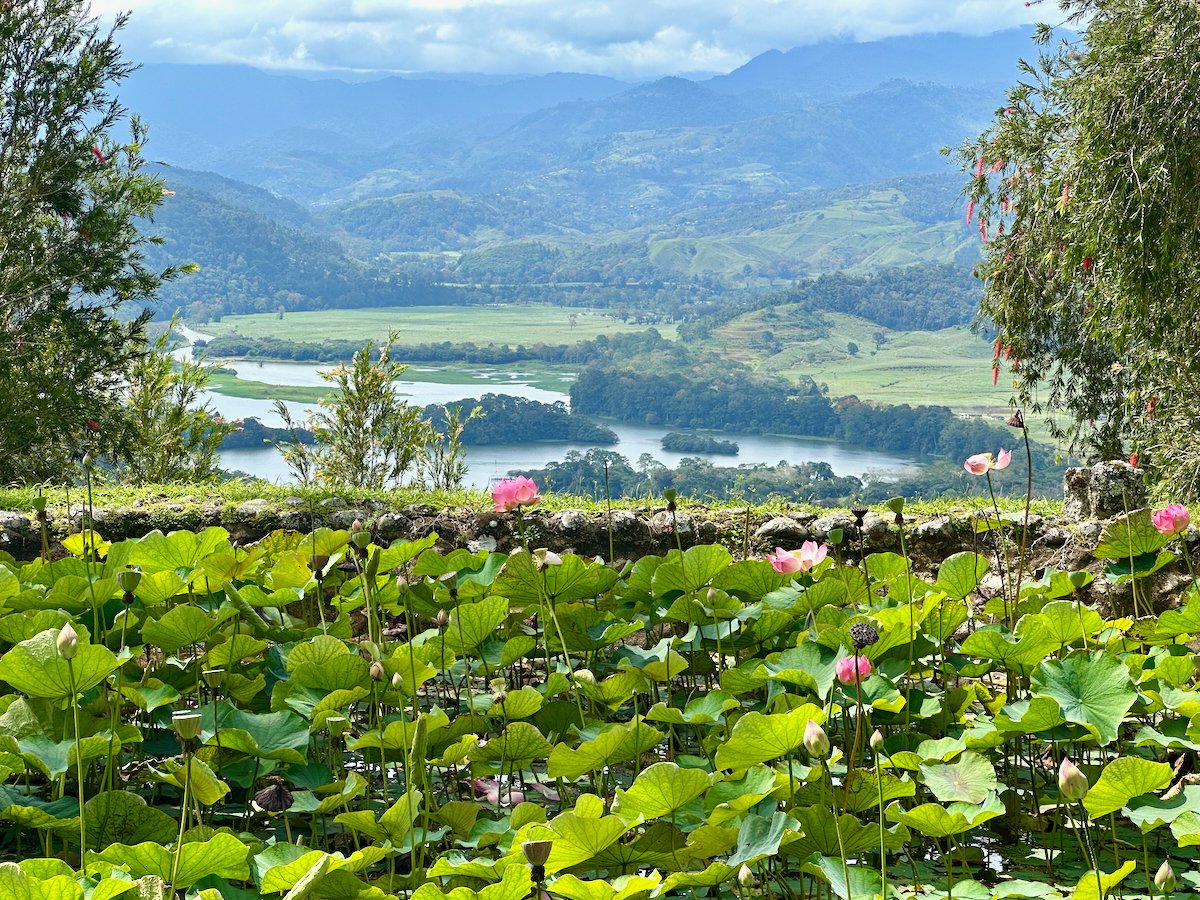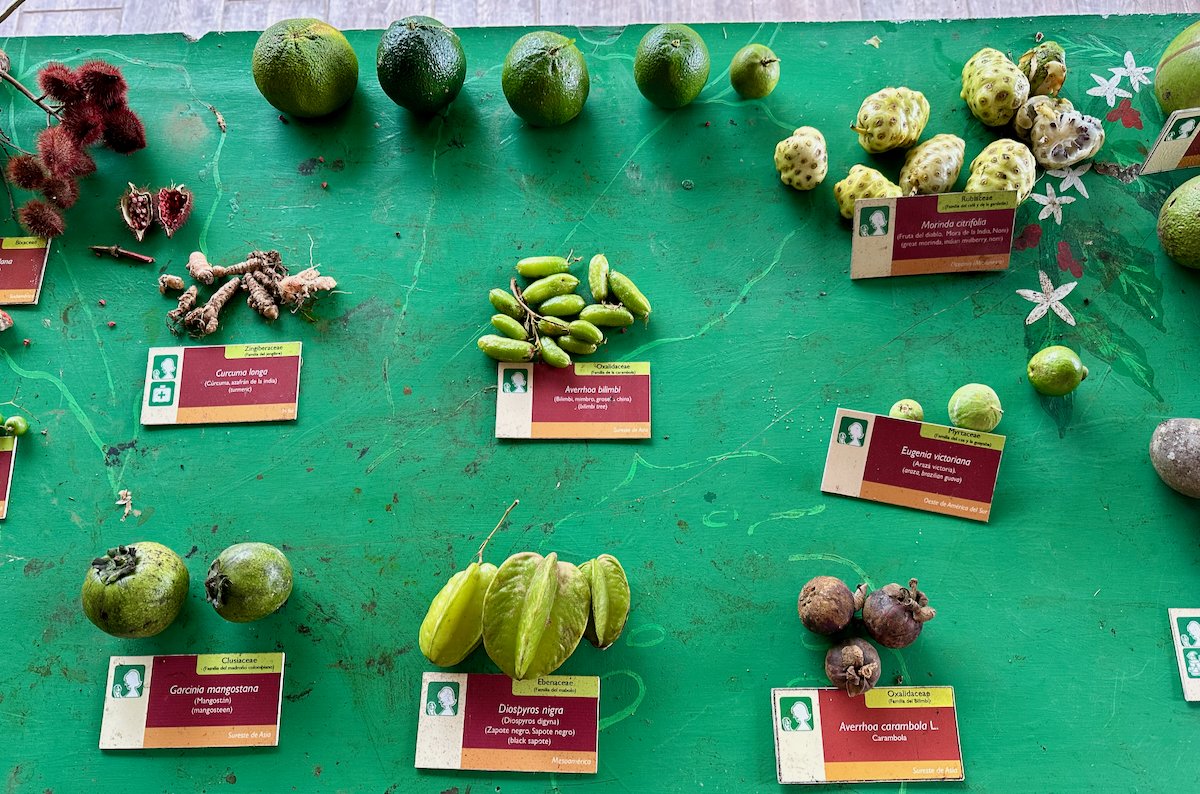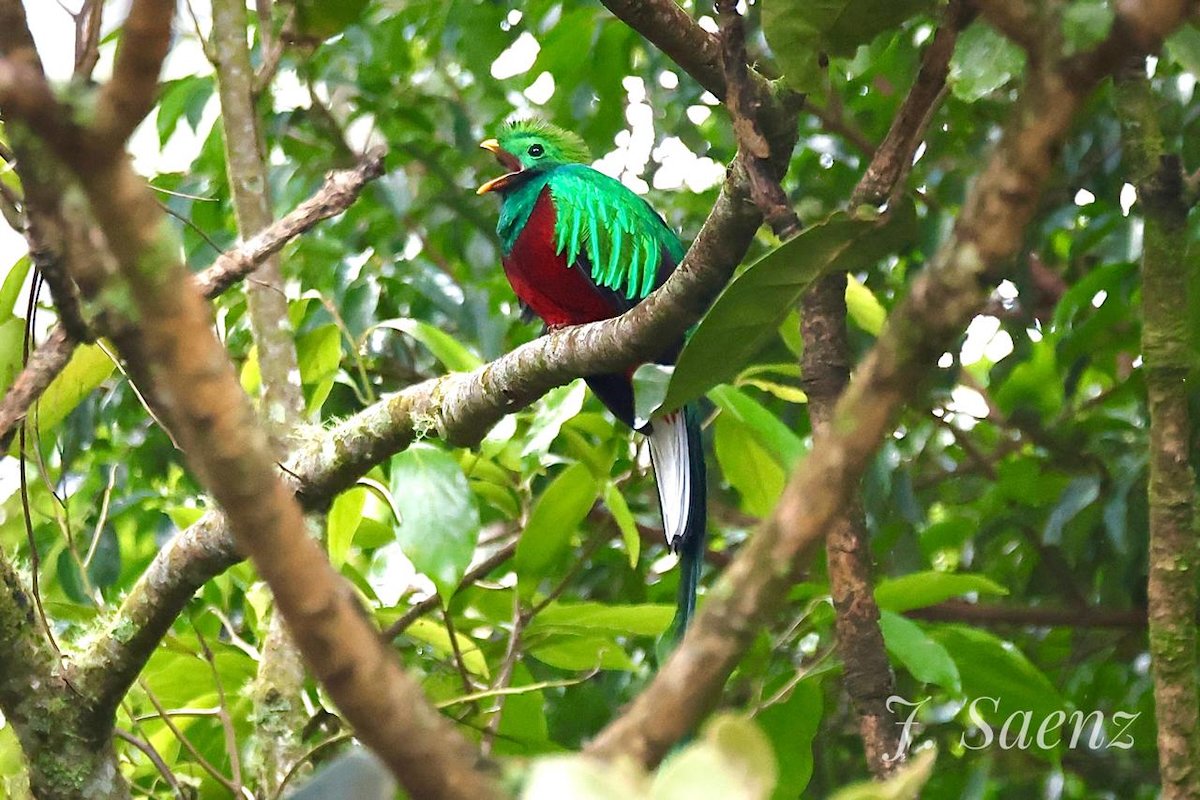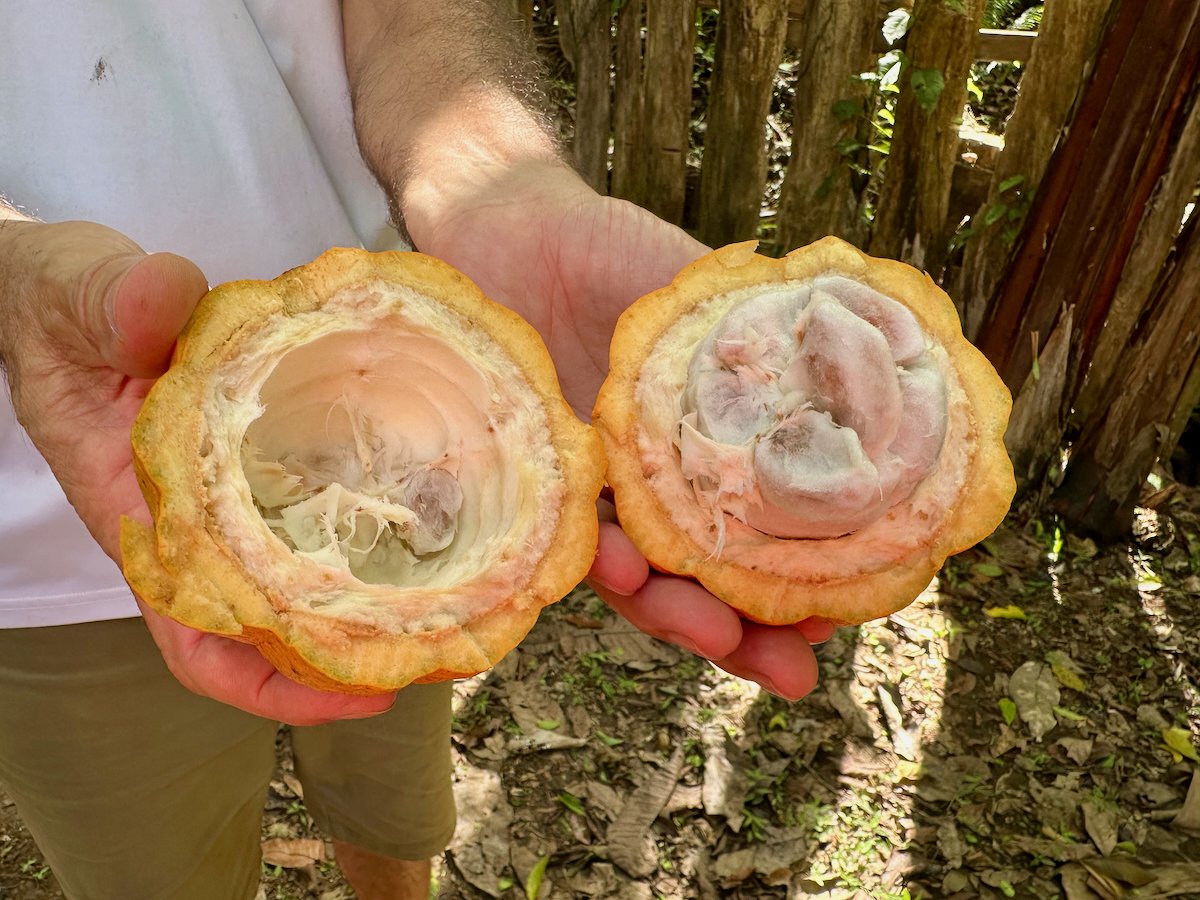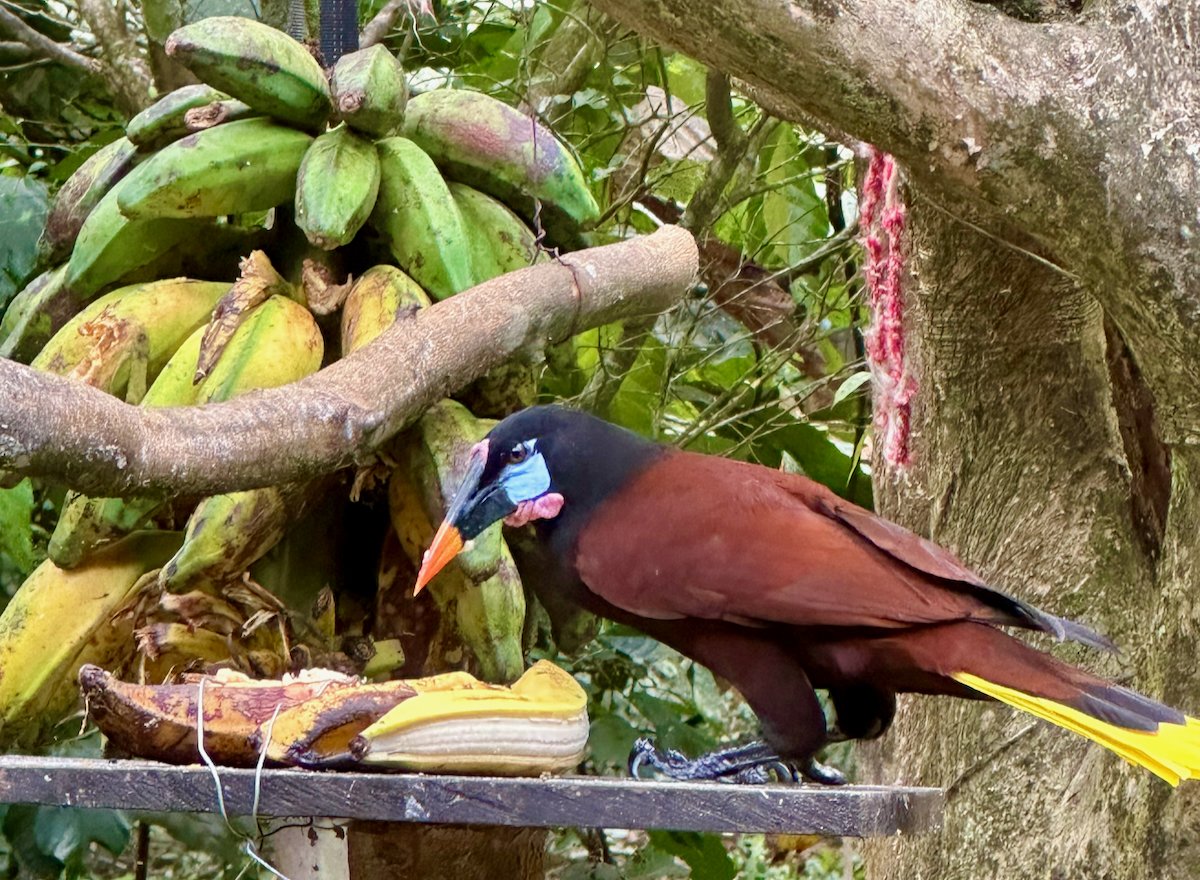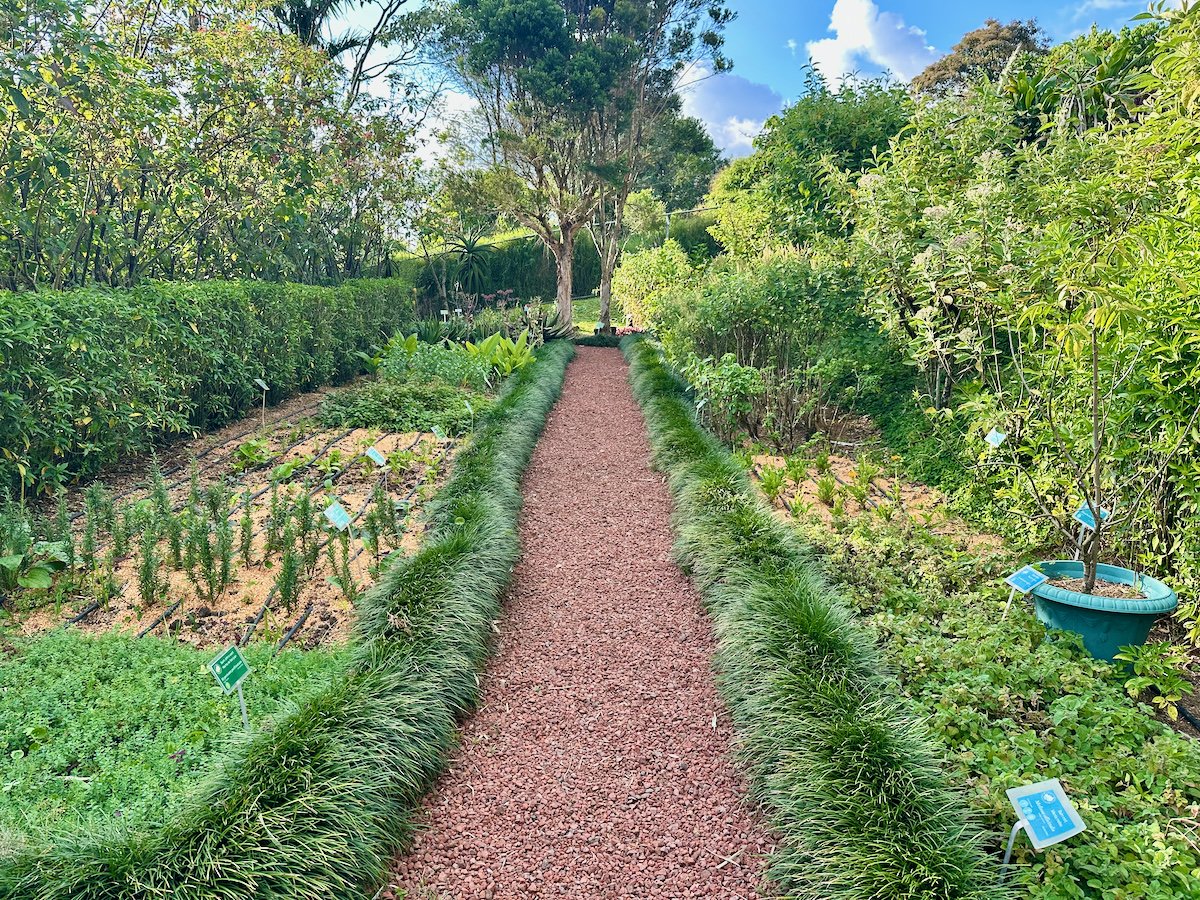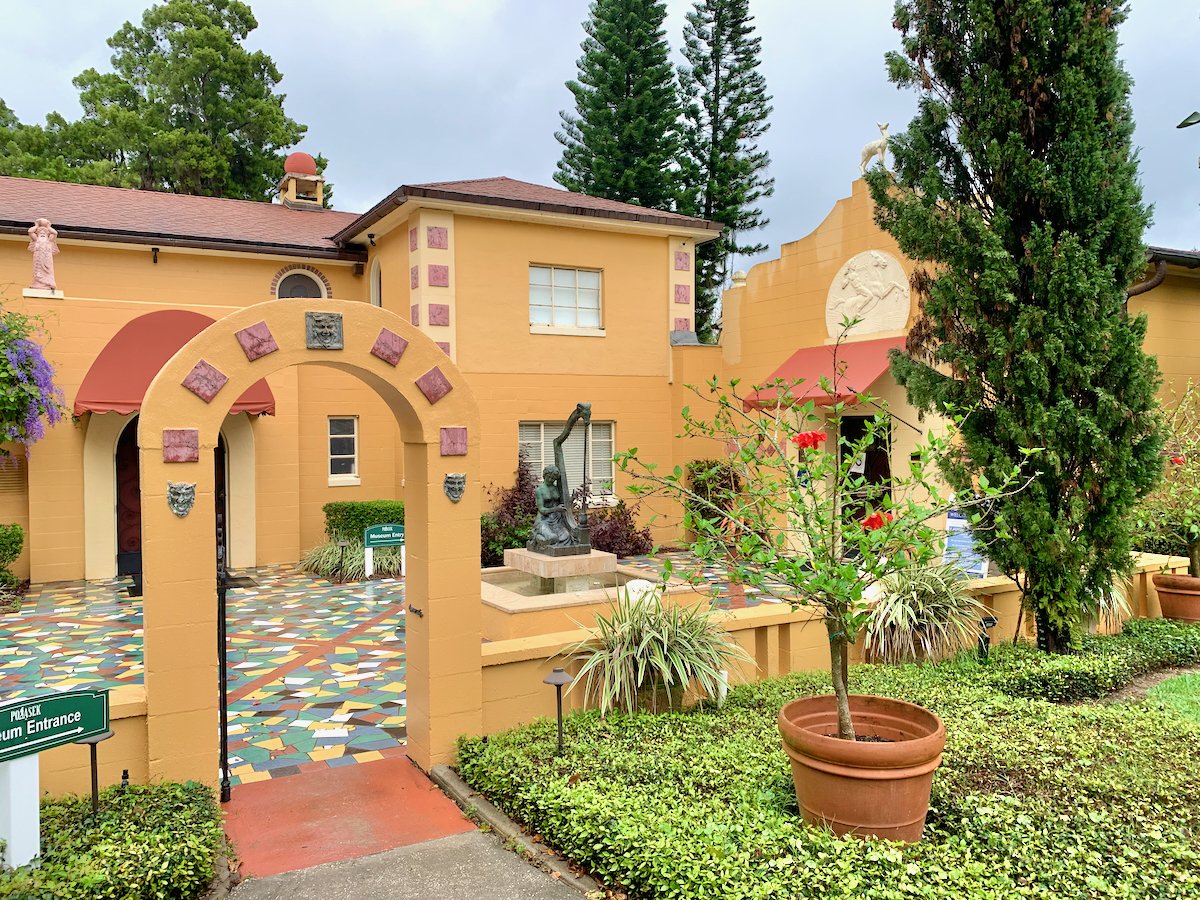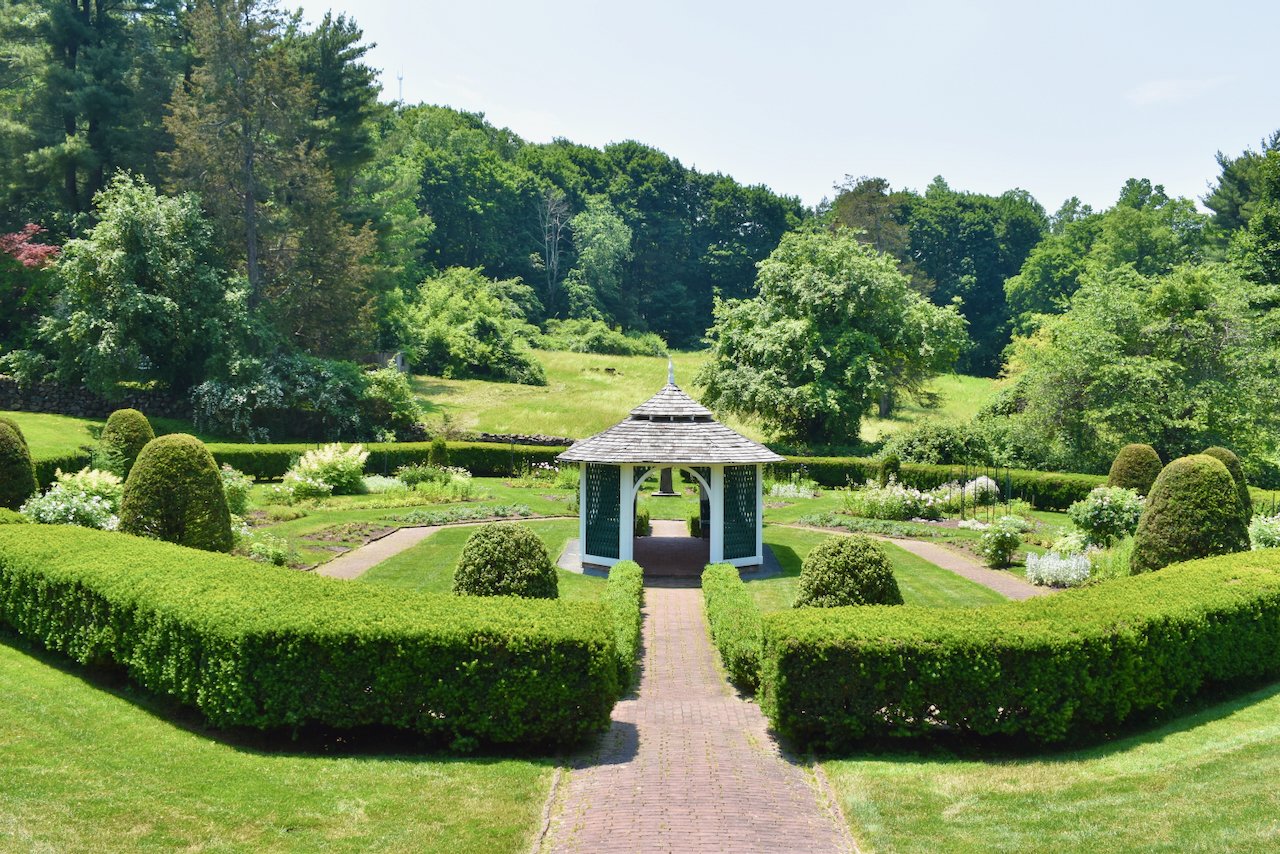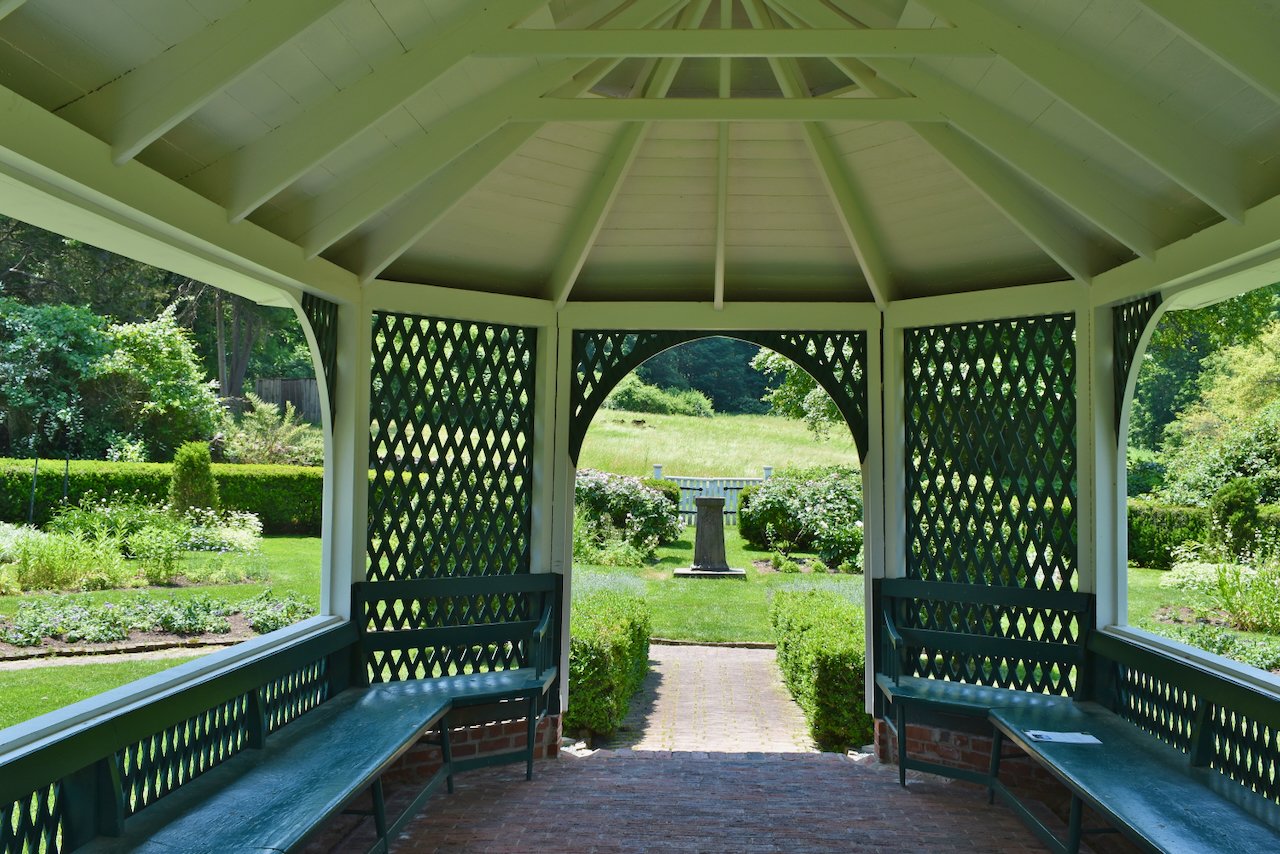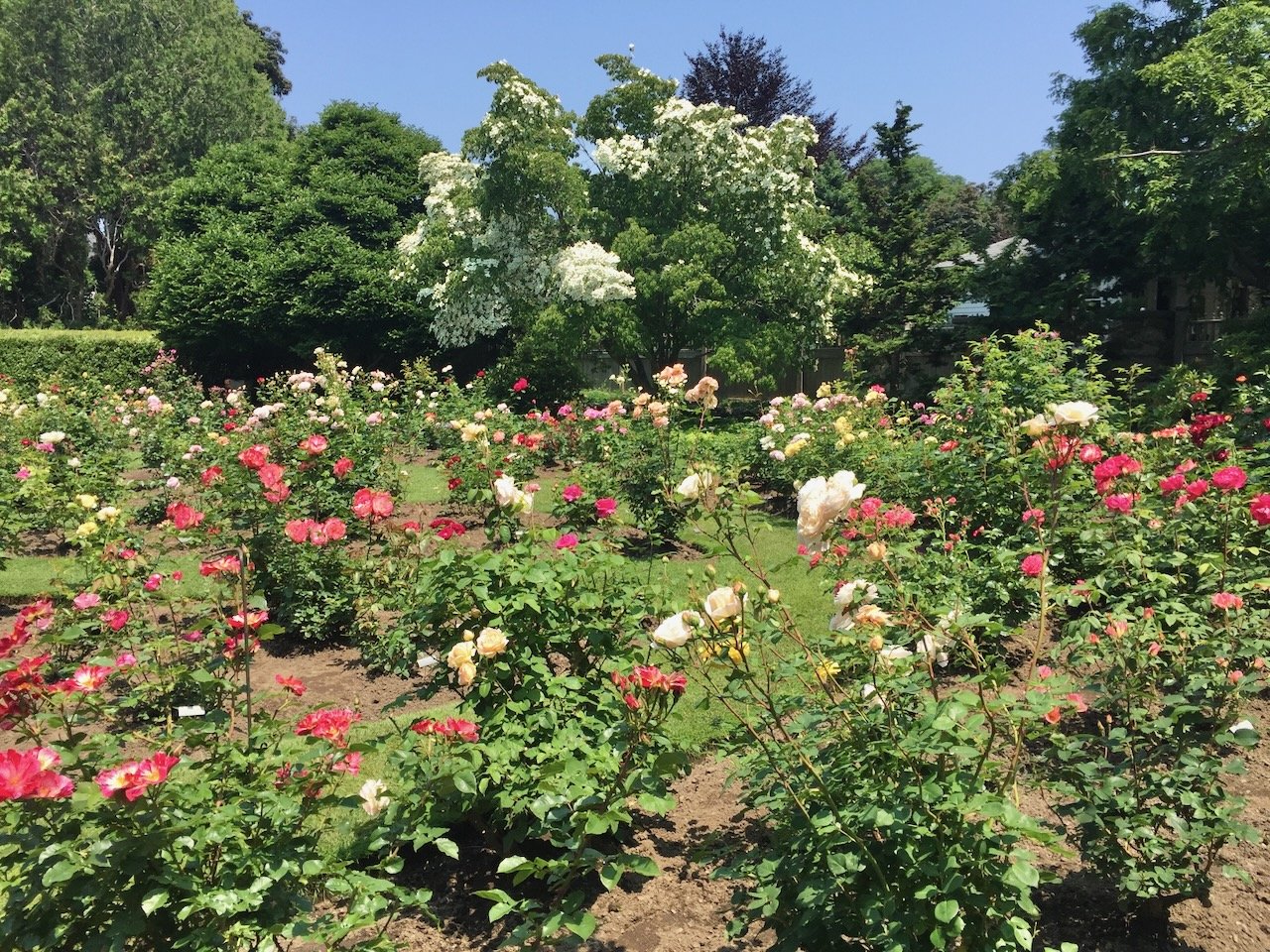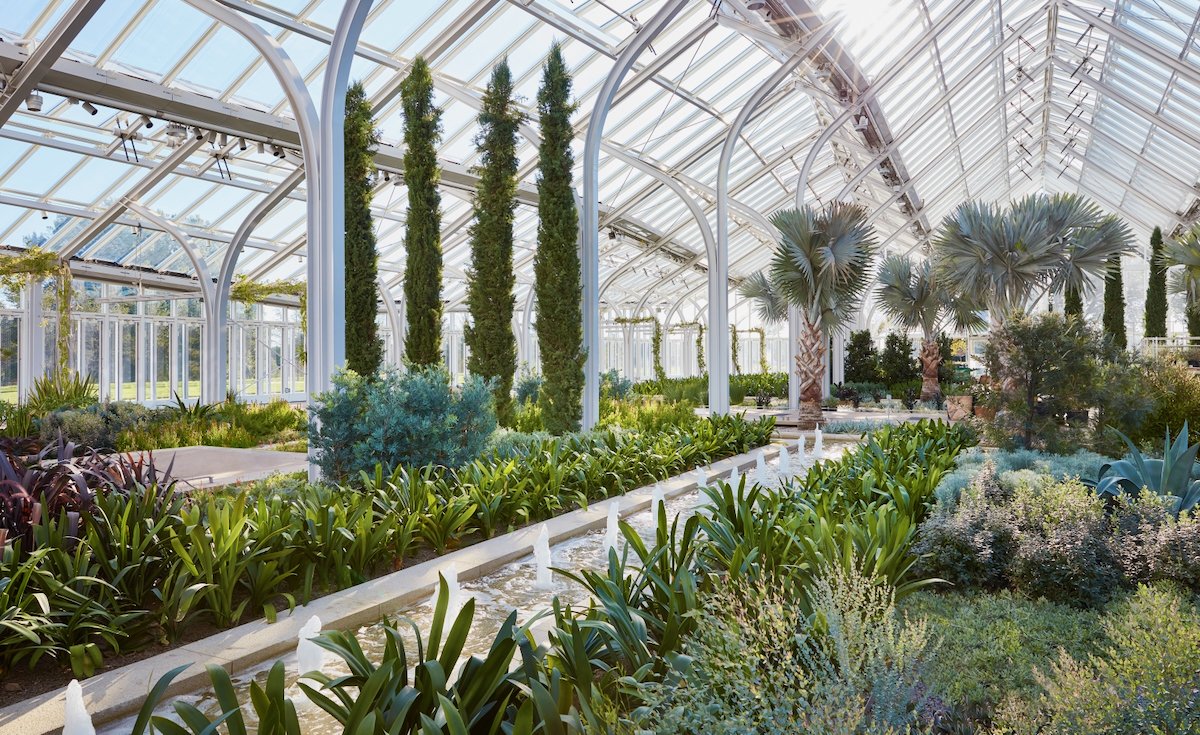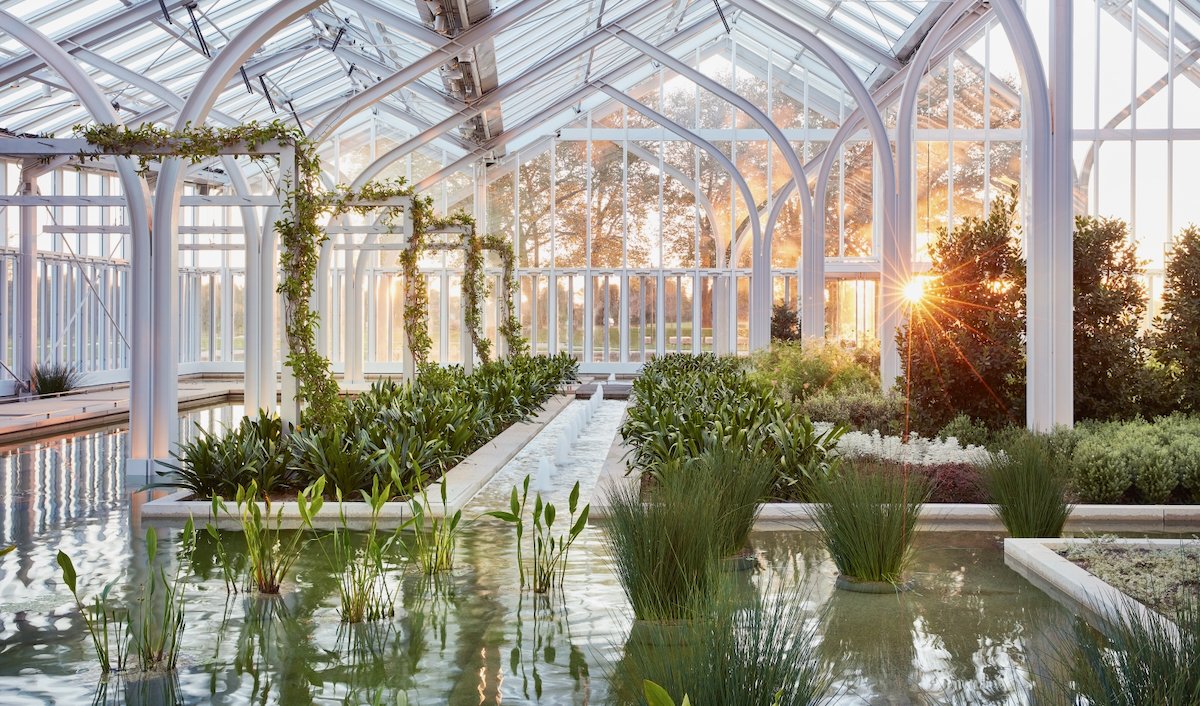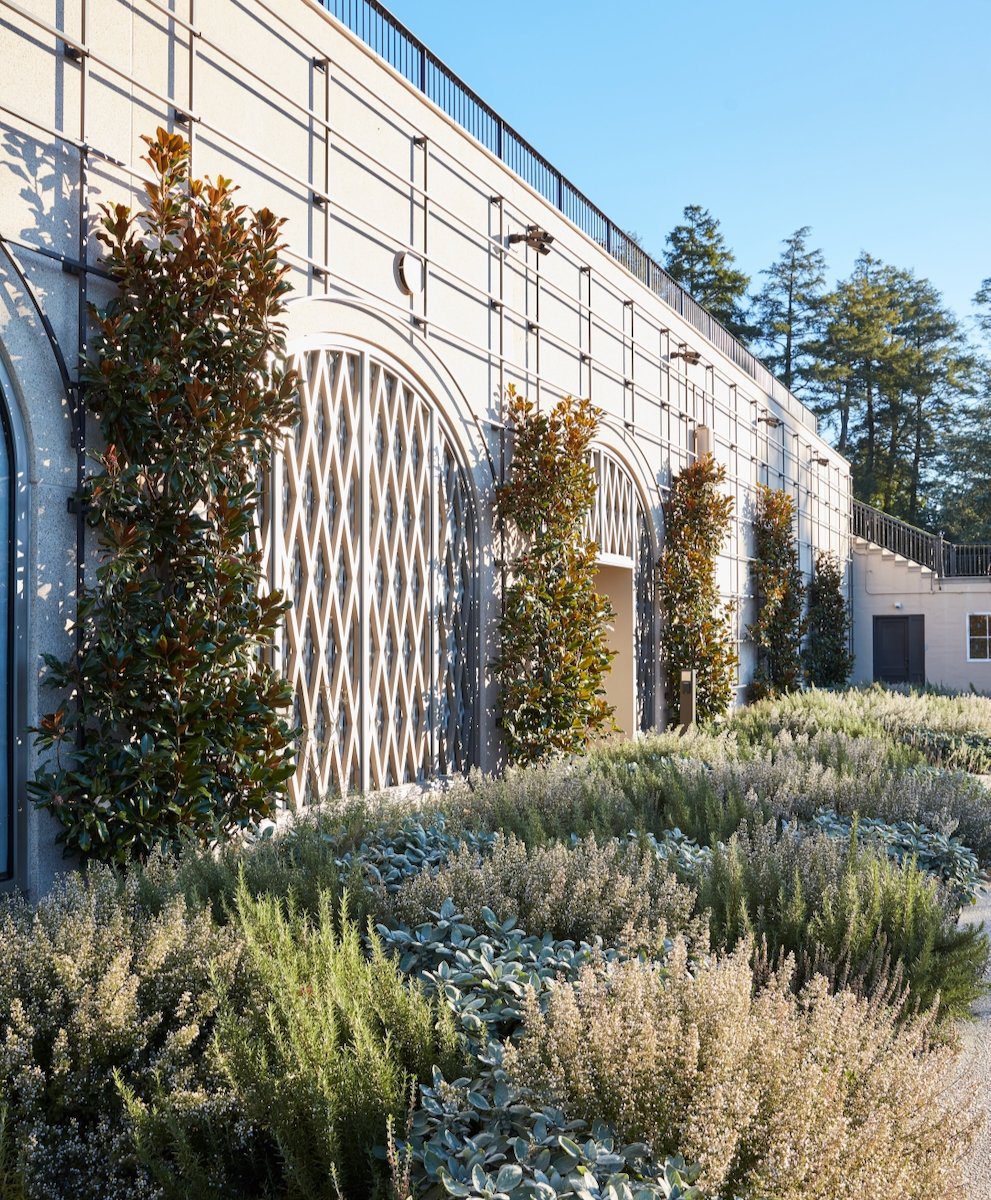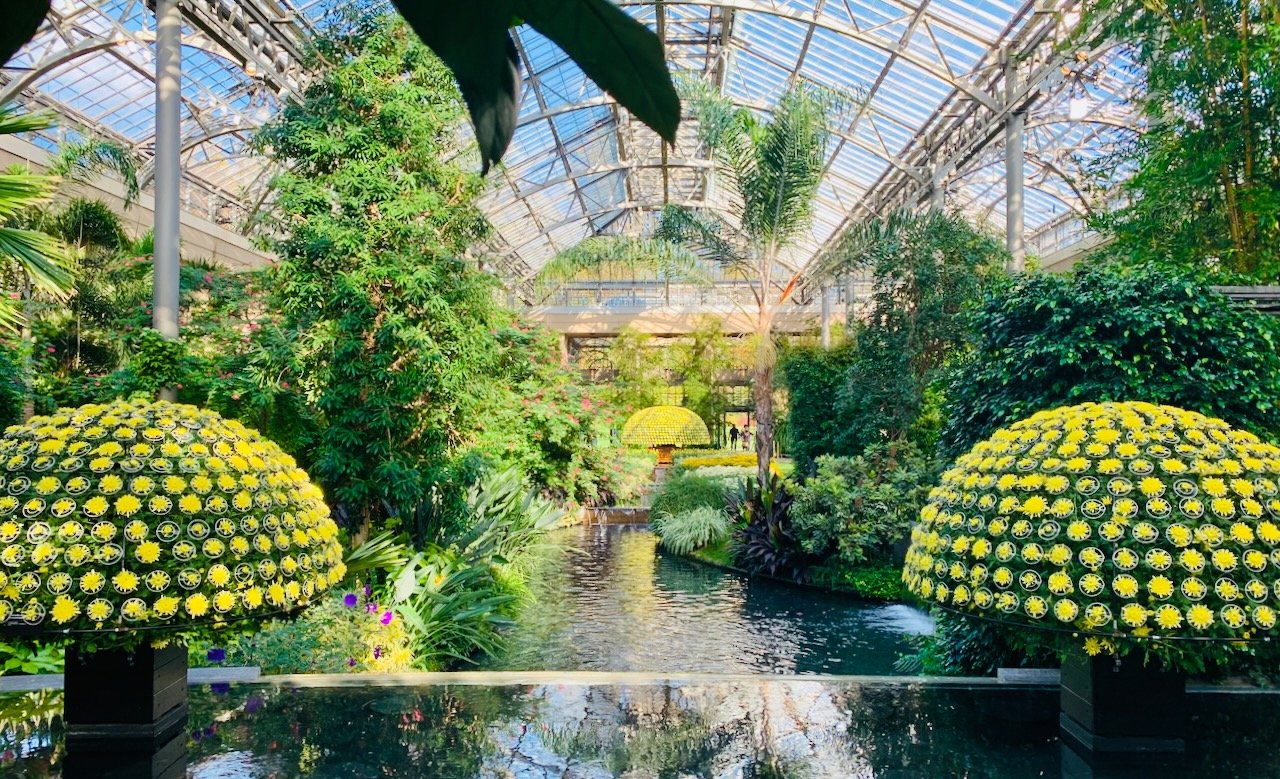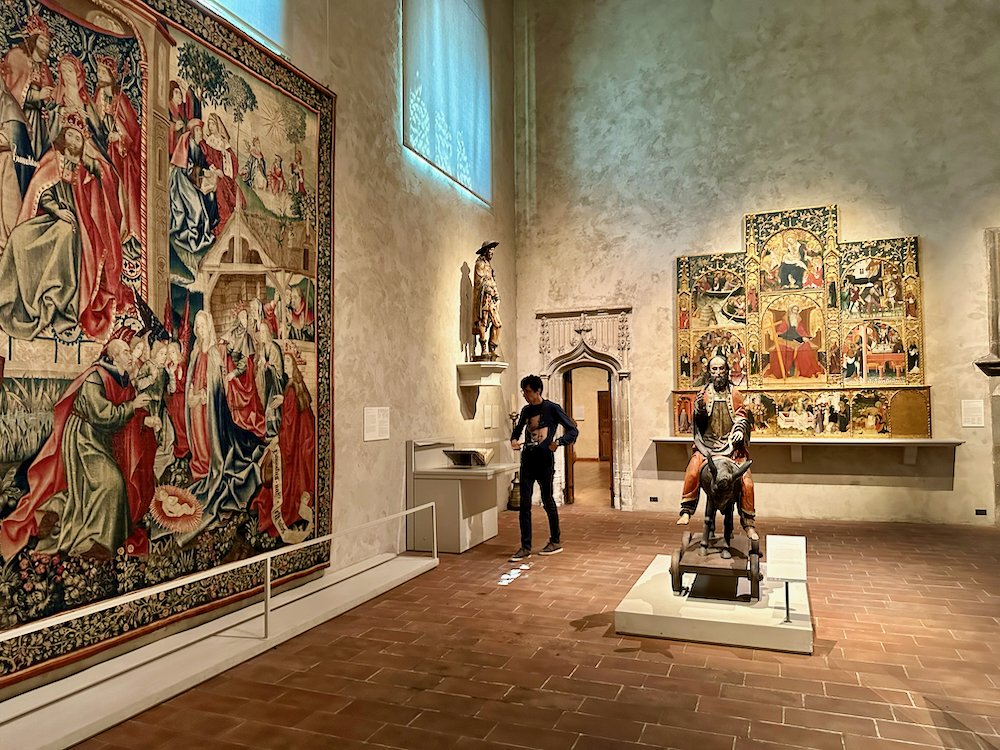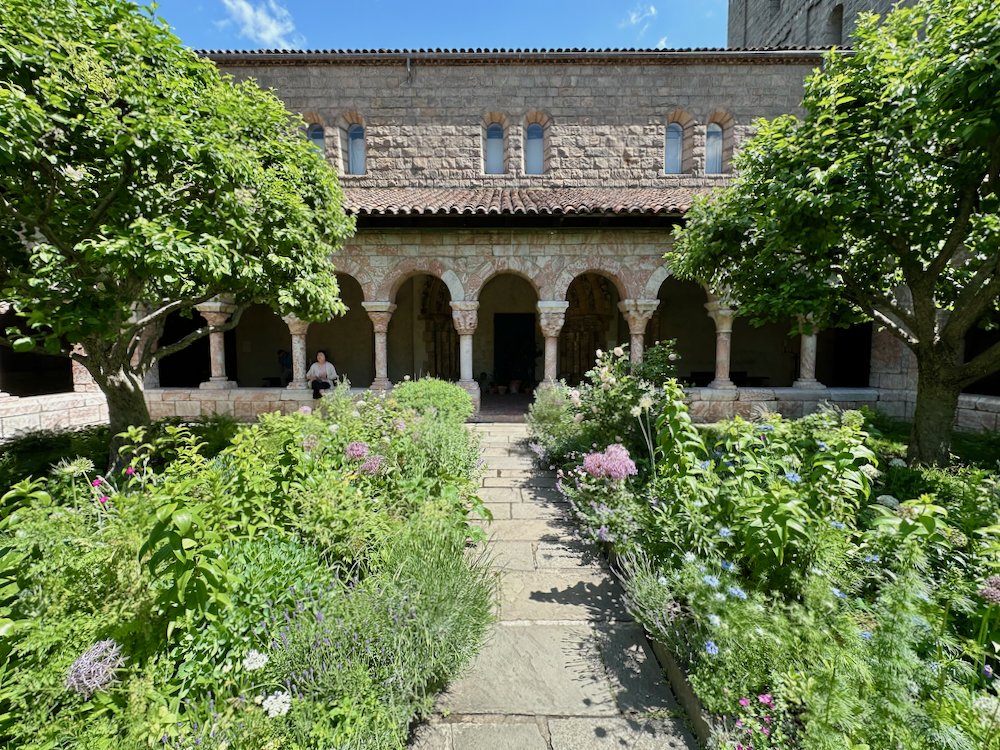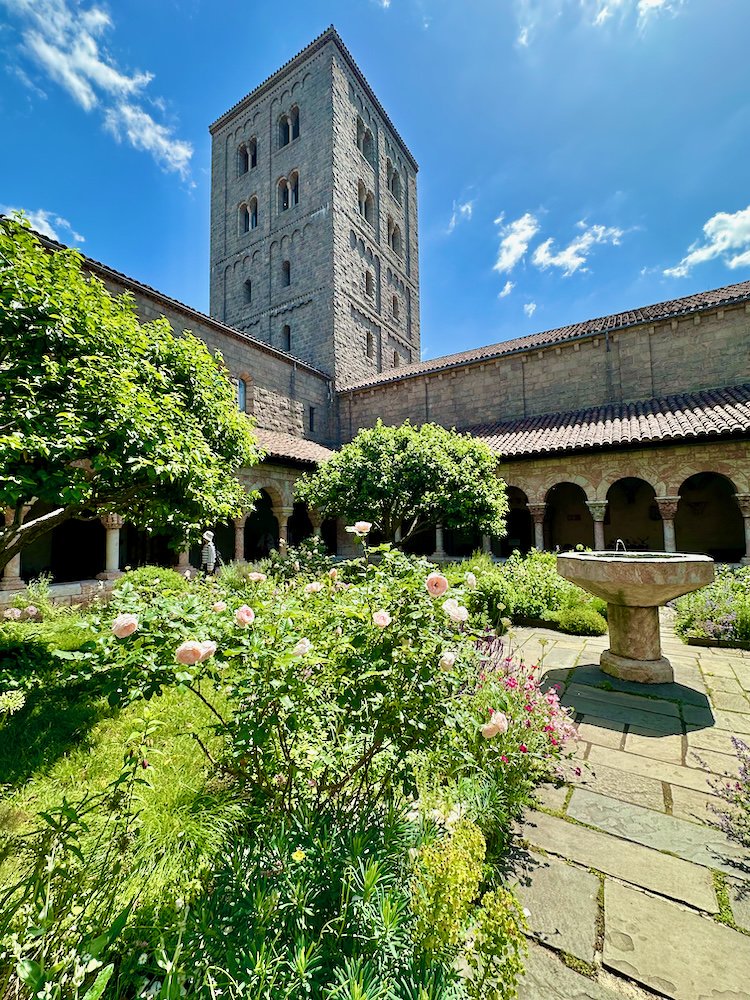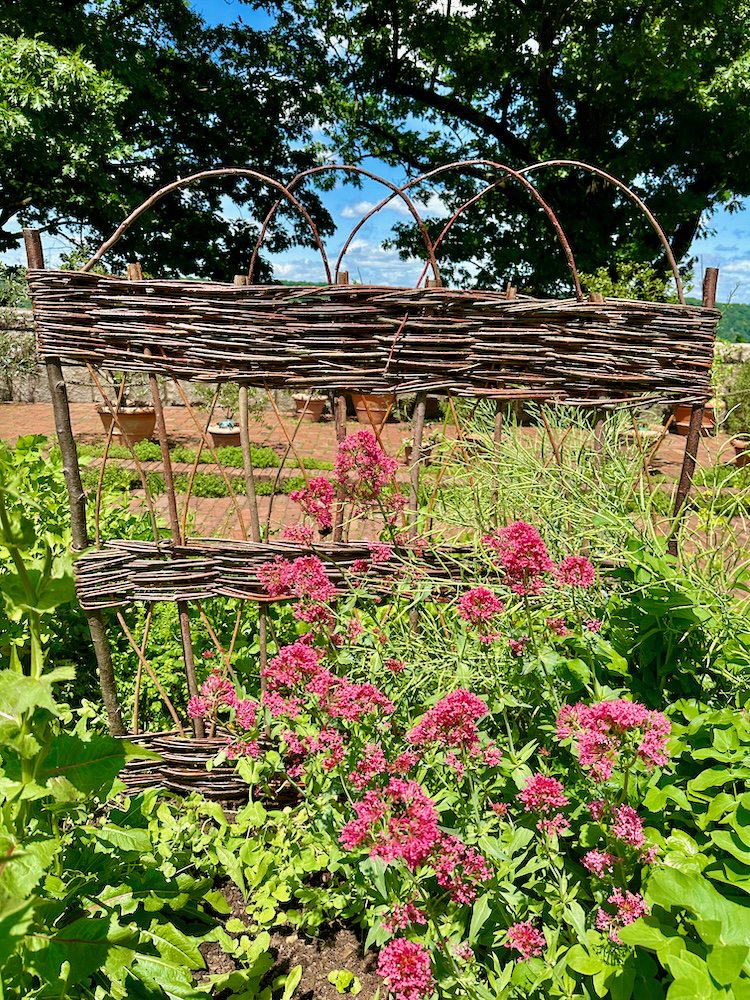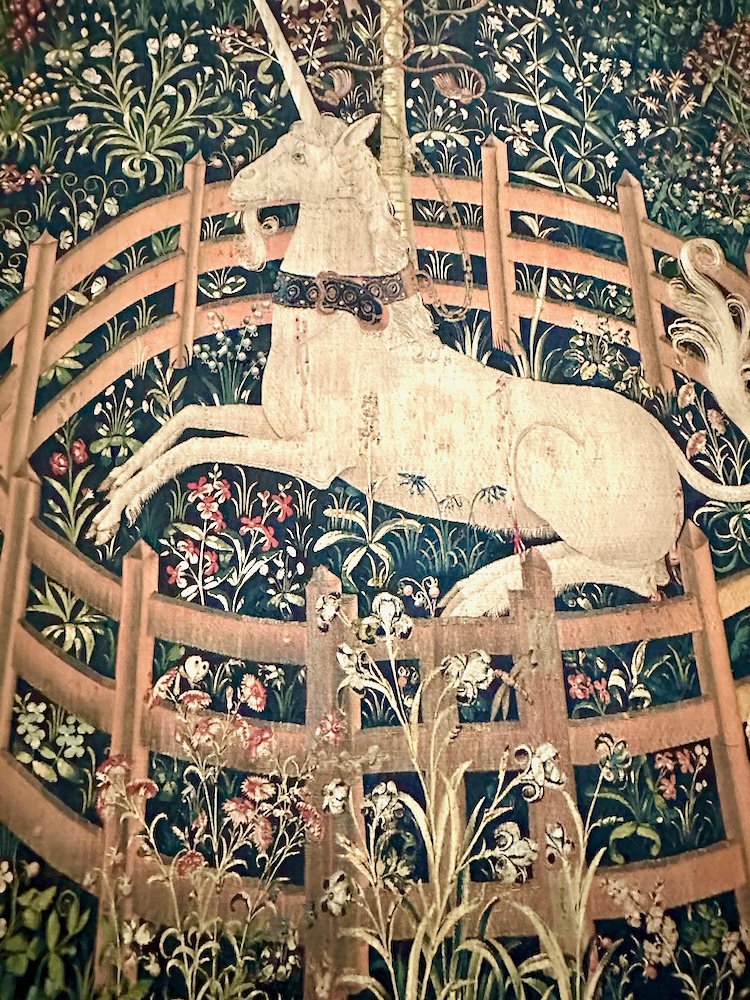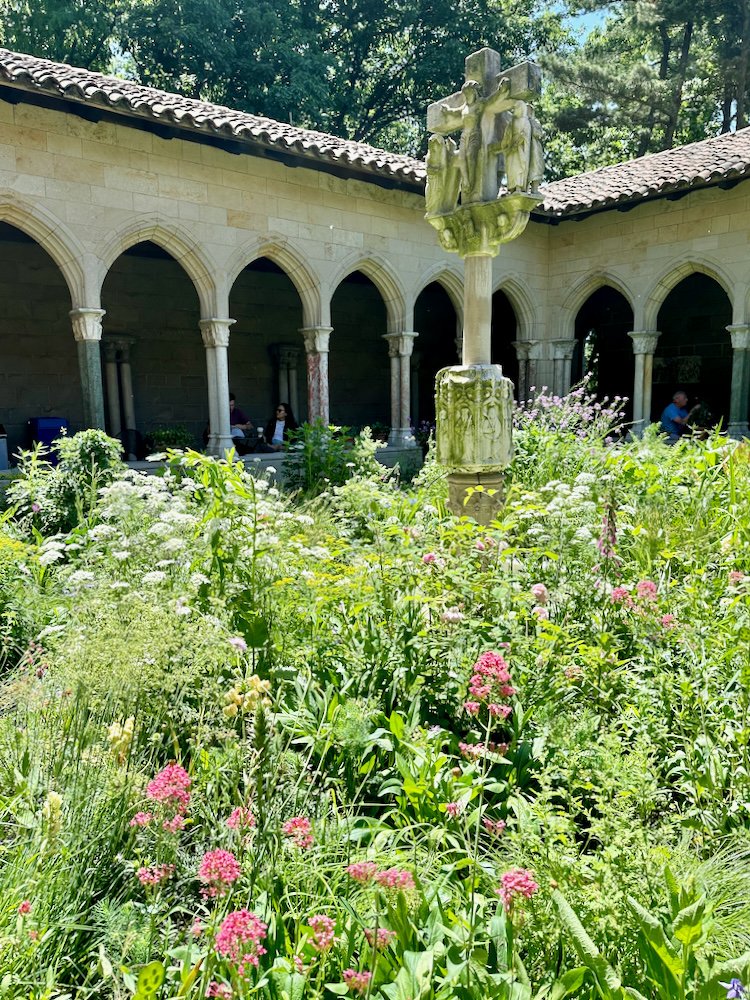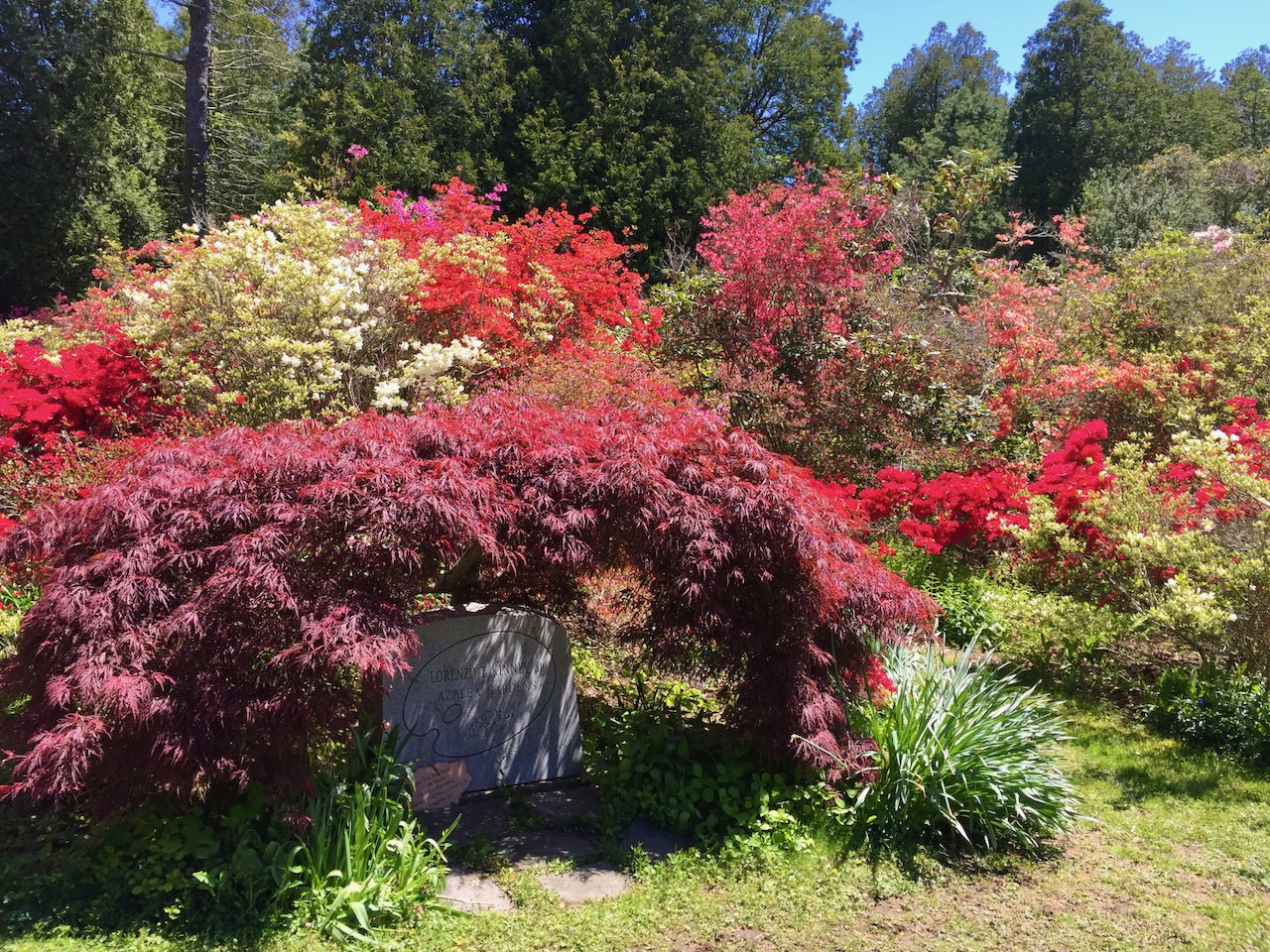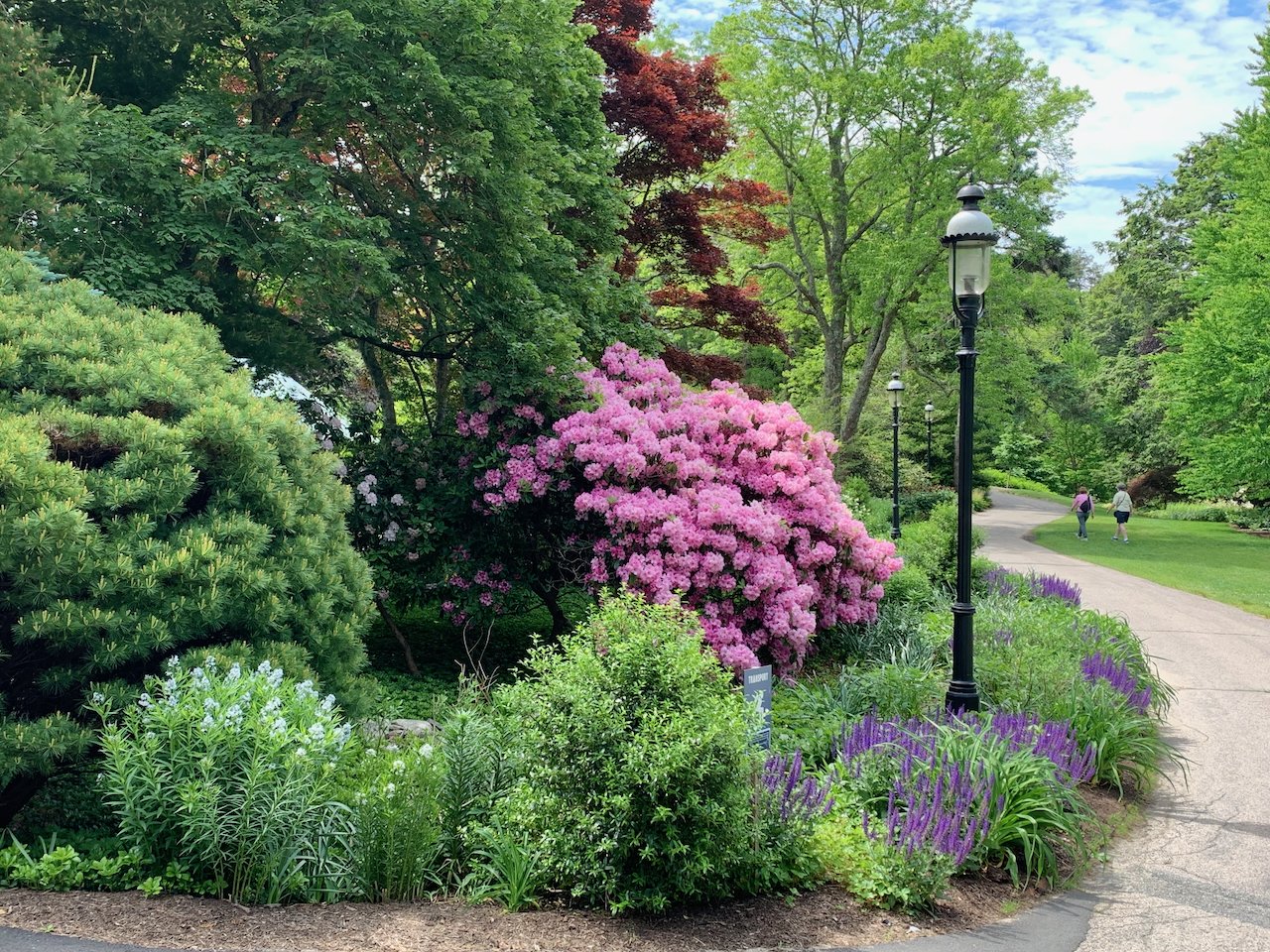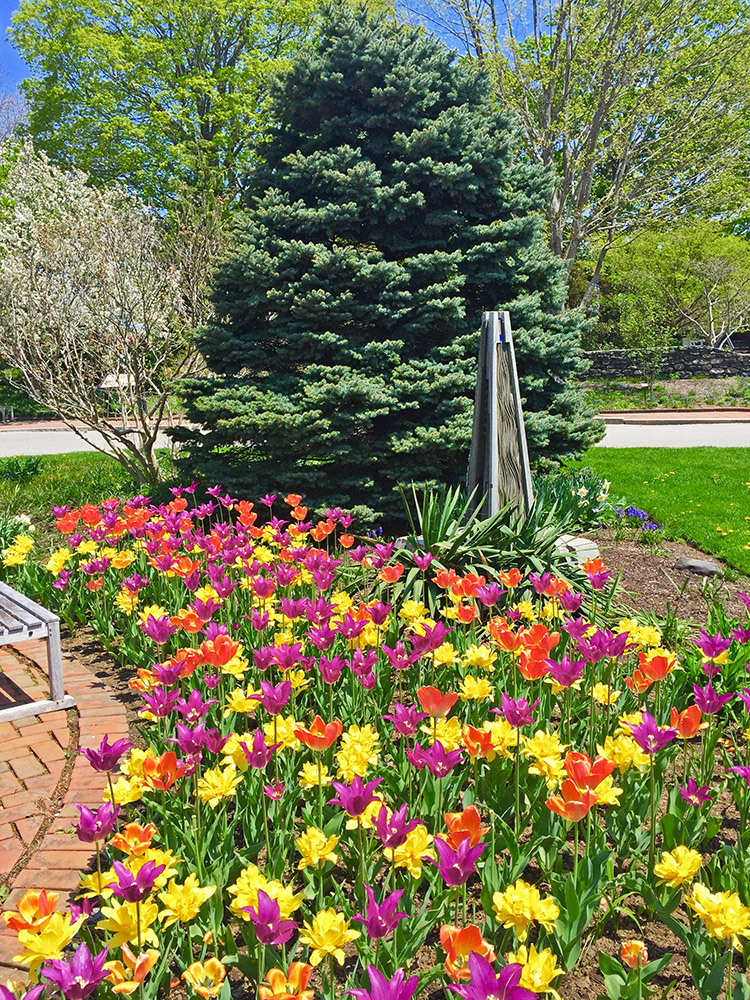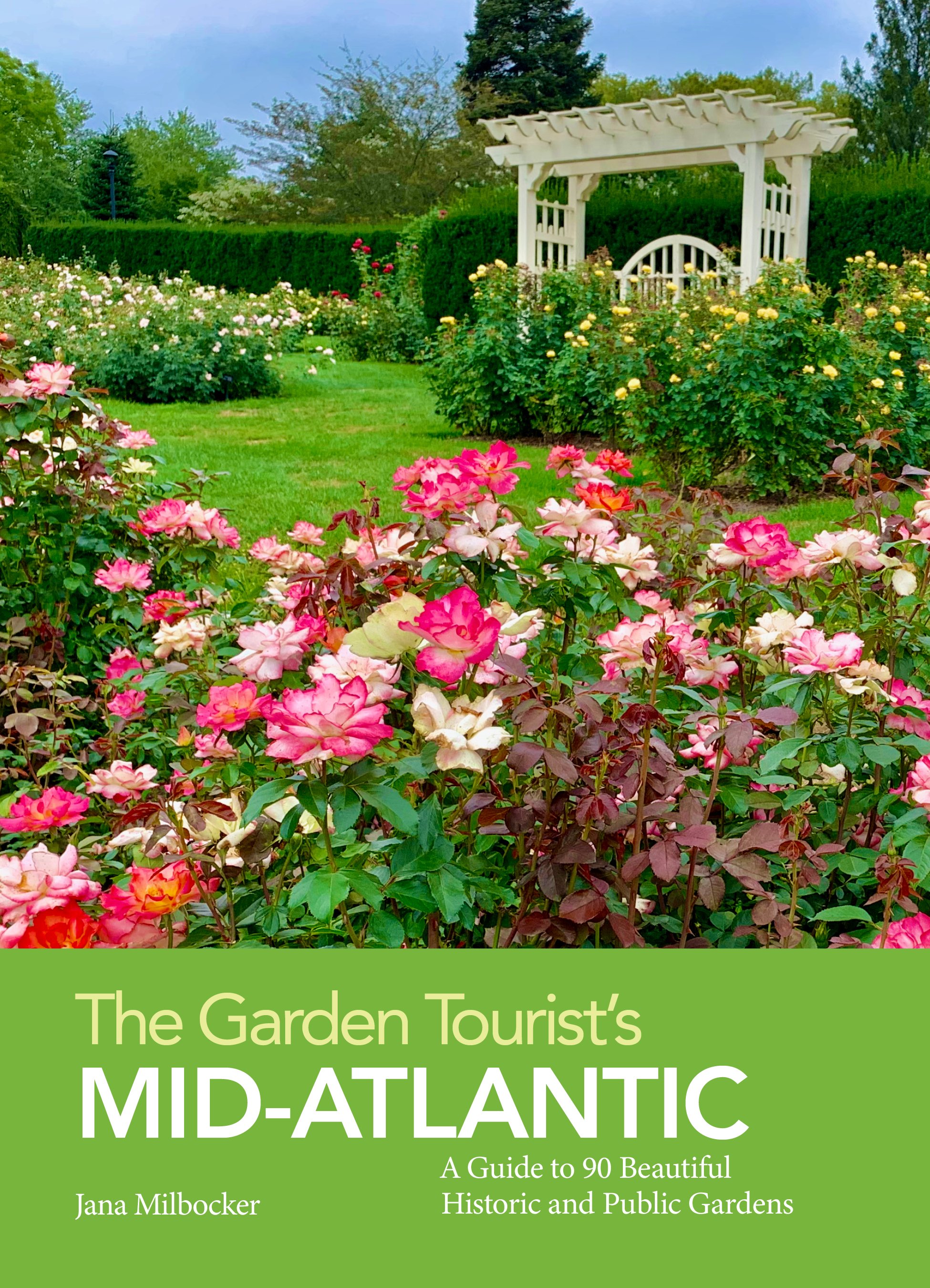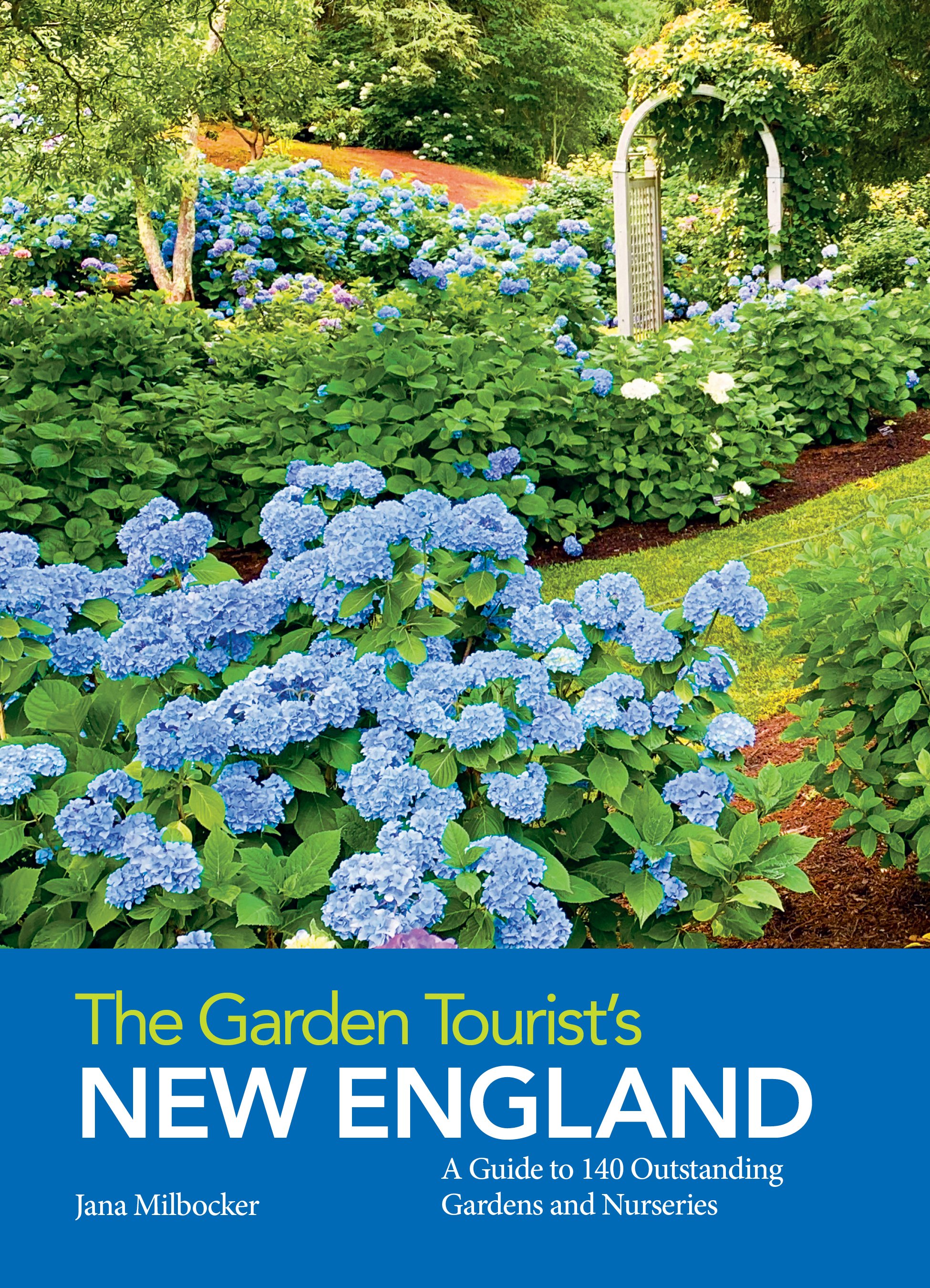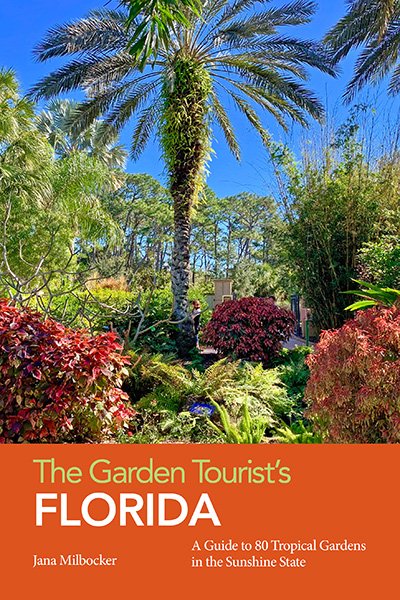Sharing a Passion for Plants: The Many Advantages of Joining a Plant Society
/In an age when digital distractions dominate our days, connecting with nature and with others who share a passion for plants offers a refreshing and rewarding experience. Membership in a plant society—whether focused on horticulture in general or on specific interests such as roses, native plants, or tropical species—opens the door to a vibrant community that nurtures both knowledge and friendship.
Learning from Experts and Peers
Plant societies are living classrooms. Members gain access to a wealth of horticultural expertise through lectures, demonstrations, workshops, and garden tours. Seasoned growers freely share advice on everything from propagation and pest control to design and conservation. Beginners benefit from this generous exchange of experience, while advanced gardeners find opportunities to delve into specialized topics that deepen their mastery.
Access to Rare and Unusual Plants
One of the great joys of belonging to a plant society is the opportunity to discover—and often acquire—plants that aren’t available in commercial nurseries. Many societies host plant swaps, member sales, or seed exchanges featuring rare cultivars, heirloom varieties, and hard-to-find species. These events not only expand your garden collection but also help preserve genetic diversity and horticultural heritage.
Inspiring Events and Garden Tours
Societies organize a rich calendar of activities that inspire creativity and broaden horticultural horizons. Members enjoy guided tours of private gardens, public parks, and botanical collections, often with exclusive access and commentary from the owners or curators. Flower shows, garden fairs, and photography exhibits showcase members’ talents and offer opportunities for recognition and friendly competition.
Conservation and Education
Many plant societies are active stewards of the environment. By supporting conservation projects, native plant restoration, and youth education programs, members contribute to the protection of botanical diversity and the cultivation of the next generation of gardeners. Participation in these initiatives brings a sense of purpose and connection to something larger than one’s own garden.
Networking and Friendship
Beyond plants, societies are about people. Membership fosters lasting friendships among individuals who share a genuine enthusiasm for gardening. The camaraderie that grows from shared experiences—whether digging in the soil at a volunteer project or chatting over coffee after a lecture—enriches members’ lives in profound and unexpected ways.
Courtesy american hosta society
Exclusive Resources and Publications
Most societies publish newsletters, journals, or online bulletins filled with practical tips, plant profiles, and event announcements. These resources keep members informed and inspired throughout the year. Many also offer discounts on books, garden supplies, or admission to botanical gardens.
Giving Back to the Gardening Community
Finally, being part of a plant society allows members to give back—by mentoring novices, presenting lectures, or helping organize exhibitions that spread the joy of horticulture. Many societies also created display gardens that help to educate gardeners and provide a beautiful place to visit. The collective energy of a society has the power to transform local communities and promote a greener, more beautiful world.
In short, membership in a plant society offers far more than plants—it cultivates knowledge, friendship, and purpose. Whether your garden is a sprawling landscape or a windowsill collection of pots, there is a society waiting to welcome you.
Plant Society Links
Below is a listing of societies with links to the organization’s website. Most of these have state or regional chapters. In addition, you can find Native Plant Societies in most US states.
African Violet Society
American Bamboo Society
American Begonia Society
American Bonsai Society
American Boxwood Society
American Camellia Society
American Conifer Society
American Daffodil Society
American Dahlia Society
American Fern Society
American Fuchsia Society
American Gourd Society
American Hemerocallis Society
American Hibiscus Society
American Hosta Society
American Hydrangea Society
American Iris Society
American Ivy Society
American Orchid Society
American Penstemon Society
American Peony Society
American Primrose Society
American Rhododendron Society
American Rose Society
Azalea Society of America, Inc.
Bromeliad Society International
Cactus & Succulent Society of America
The Cycad Society
Cymbidium Society of America
Epiphyllum Society of America
Geraniaceae Group
The Gesneriad Society
Hardy Fern Foundation
The Herb Society of America
Historic Iris Preservation
Holly Society of America, Inc.
International Aroid Society
International Geranium Society
International Palm Society
International Waterlily & Water Gardening Society
Magnolia Society International
Mycological Society of America
National Chrysanthemum Society, Inc.
North American Gladiolus Council
North American Lily Society
North American Rock Garden Society
Peperomia Growers of the US
The Plumeria Society of America
The Sedum Society

